**
Q. Training camp is over, and I know you evaluate whether camp was successful by how the team ends up doing this season. But what have you learned about this group during your time at camp?**
A. They're a legitimately close group, and I've enjoyed watching them spend informal time together. It's funny, every group is different, and the youthfulness of this group is entertaining to me. Just listening to their discussions. The closer they get in age to my sons, I realize how old I am. They do things that my sons do, as you move around the dorm and watch them interact, video games and so forth, they're a fun-loving group and they enjoy spending time together. There's no doubt, that although you can't measure it, the cohesion, the togetherness, the legitimate like for one another can help us in addressing the challenges this year is going to present.
Q. Did you learn anything football-related, or is it still too early for that?
A. I consciously resist making those judgments, because if we're doing things right we're still very much in development. I believe that, not only in terms of skill relative to our positions but also in terms of understanding our roles and defining our roles. Often, legitimate regular season battle really outlines some of that structure. You really don't know until you're walking the journey. I know we're still very much in development, and I'm open to that, and I want the guys to be open to that.
Q. When it comes to injured players, guys who have what you refer to as "normal bumps and bruises associated with football," what is the process of determining who can practice and who can't?
A. Those who can, do. As funny as it sounds, ultimately it often depends on where the injury is located on the body. Upper body, as opposed to lower body, has a much better chance of participating on some level. There have been several guys with shoulder injuries who have been partial participants – they can go through individual drills and develop skill relative to their positions. The lower body injuries, the soft-tissue injuries, the hamstrings and quads and so forth, really limit participation. One of the big determining factors is where the injury is located on the body, and from there it's just overall potential effectiveness and their ability to function and/or protect themselves.
Q. Who is involved in making that decision? The trainer? Does the player himself make the final call?
A. In this (camp) setting, we all spend so much time together that it's not a discussion or a decision like that. It's ongoing evaluations and discussions, and we're in such close quarters that those discussions don't really need to be had. I'm really up-to-date with where these guys are on a minute-to-minute basis, even when we're on the practice field. As I move around and watch the groups work, I also move around watching the injured guys work. There's not as much discussion required as one might think, because of the environment in this training camp.
Q. Now, it's back to Pittsburgh, but there are still weeks left in the preseason. How is that time different than the time you spent at camp?
A. It's real life stuff. The guys are going to their respective homes after work and dealing with things associated with life, and they have to display the ability to wire-in when they're at work and maybe leave life in the parking lot when they report to work in the morning, like everyone. That's one of the values of training camp – it really allows you to singularly focus on the task at hand, which is development. Now as we move back to Pittsburgh, we have to balance life with football. It's not an extraordinary task, but it's an adjustment, particularly for the new Pittsburgh Steelers in having to get familiar with the city and settle some personal things, such as where to live and things of that nature.
**
Take a look at the best photos from the 2017 Steelers training camp.
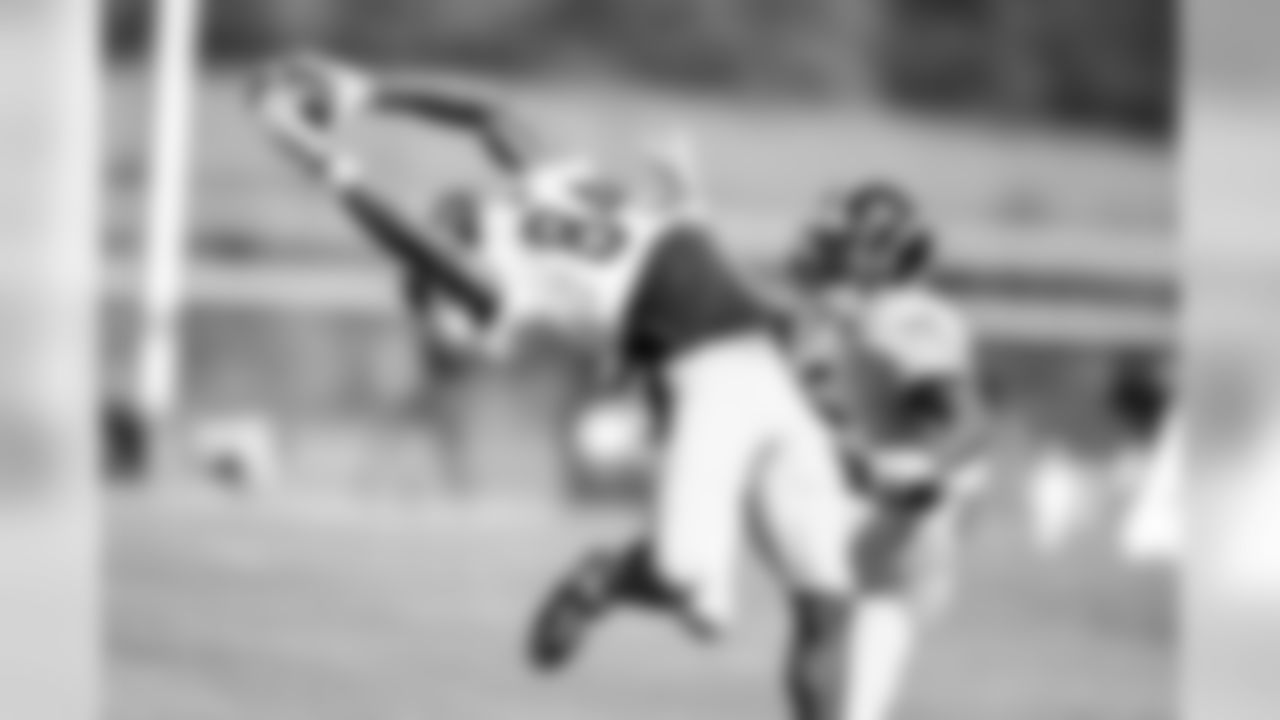





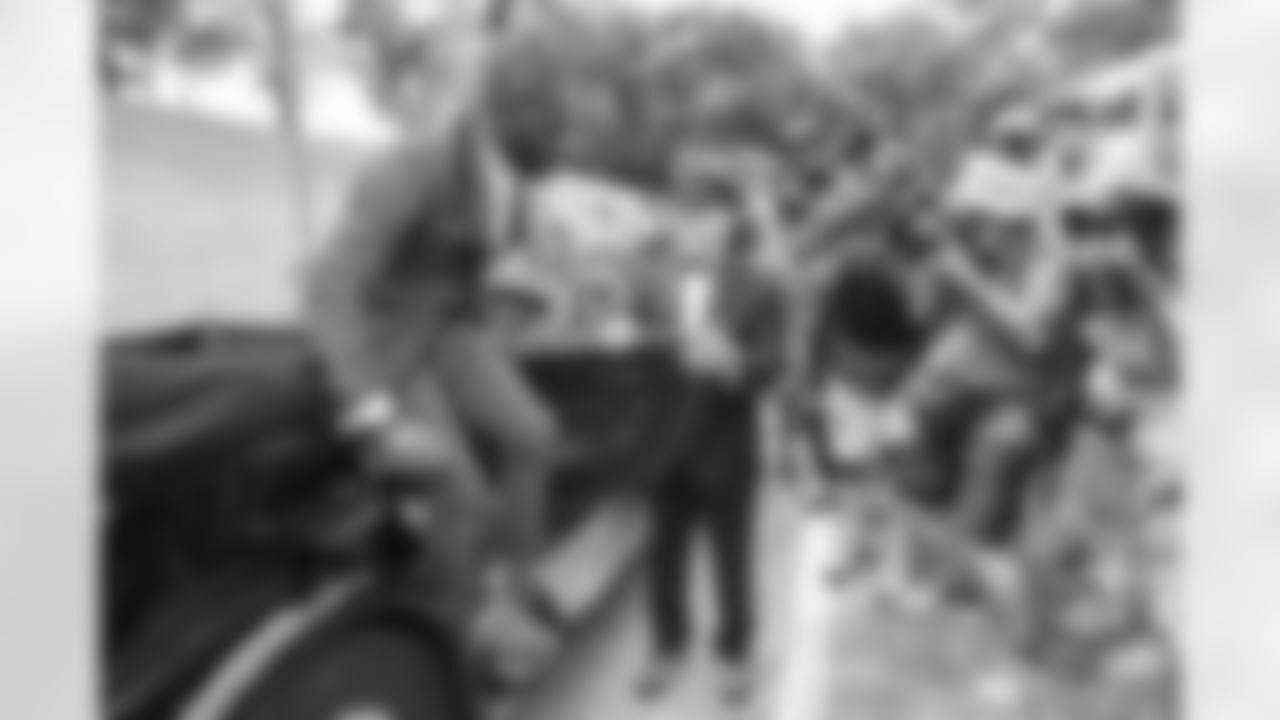



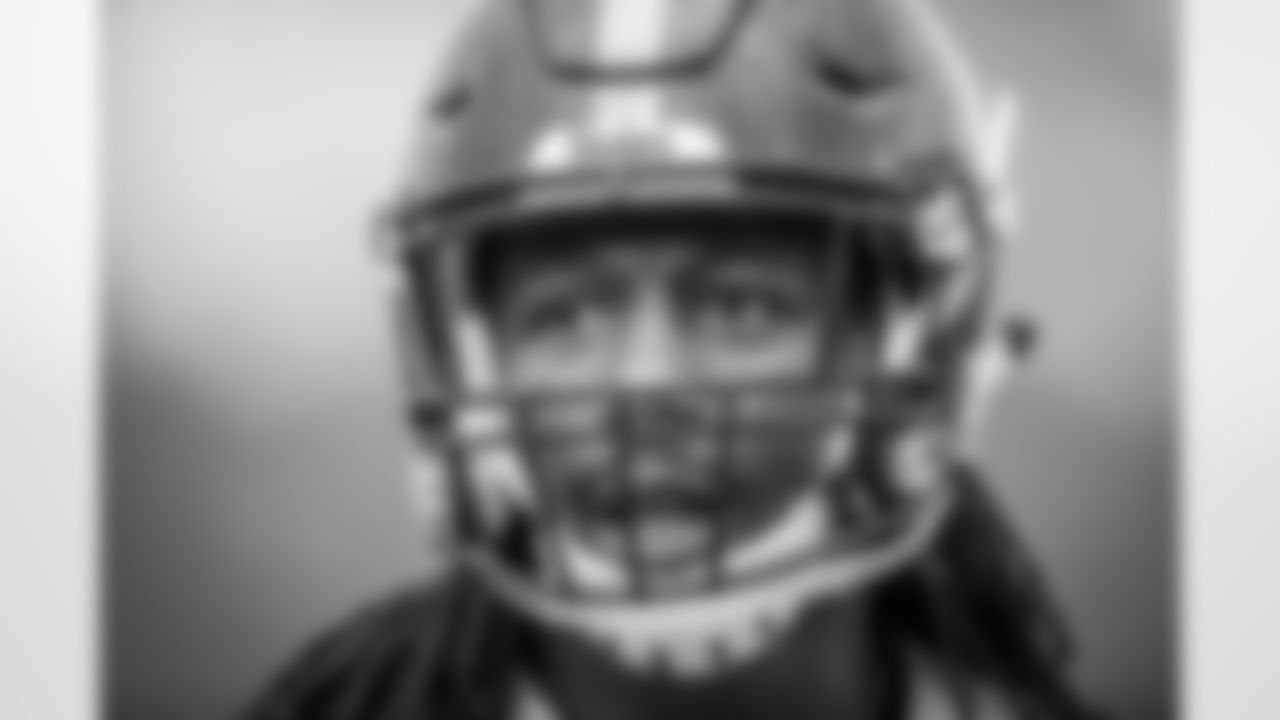
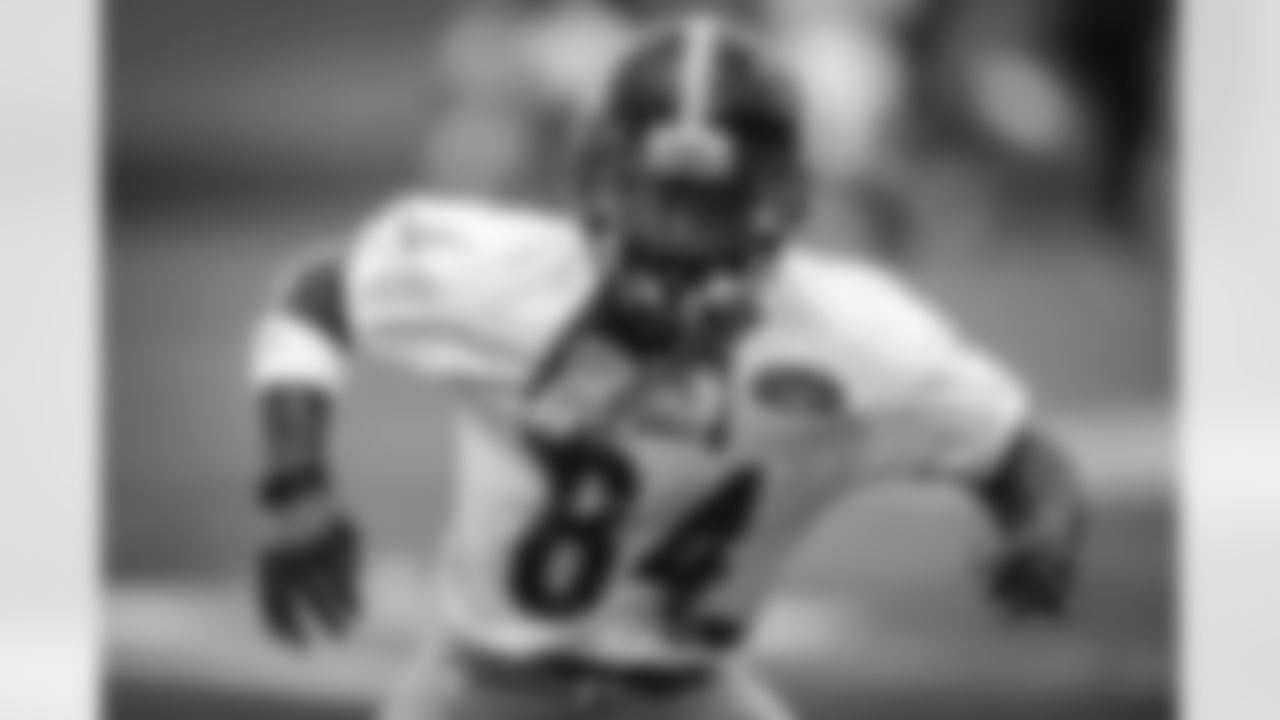

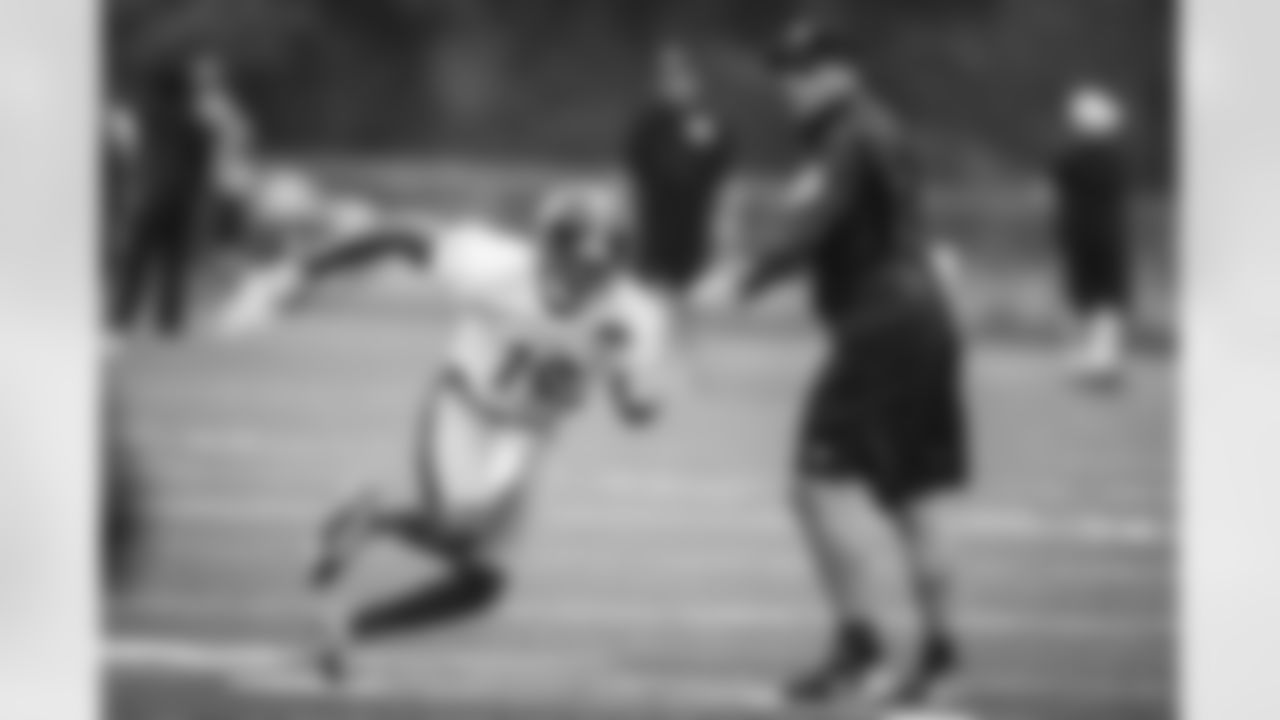
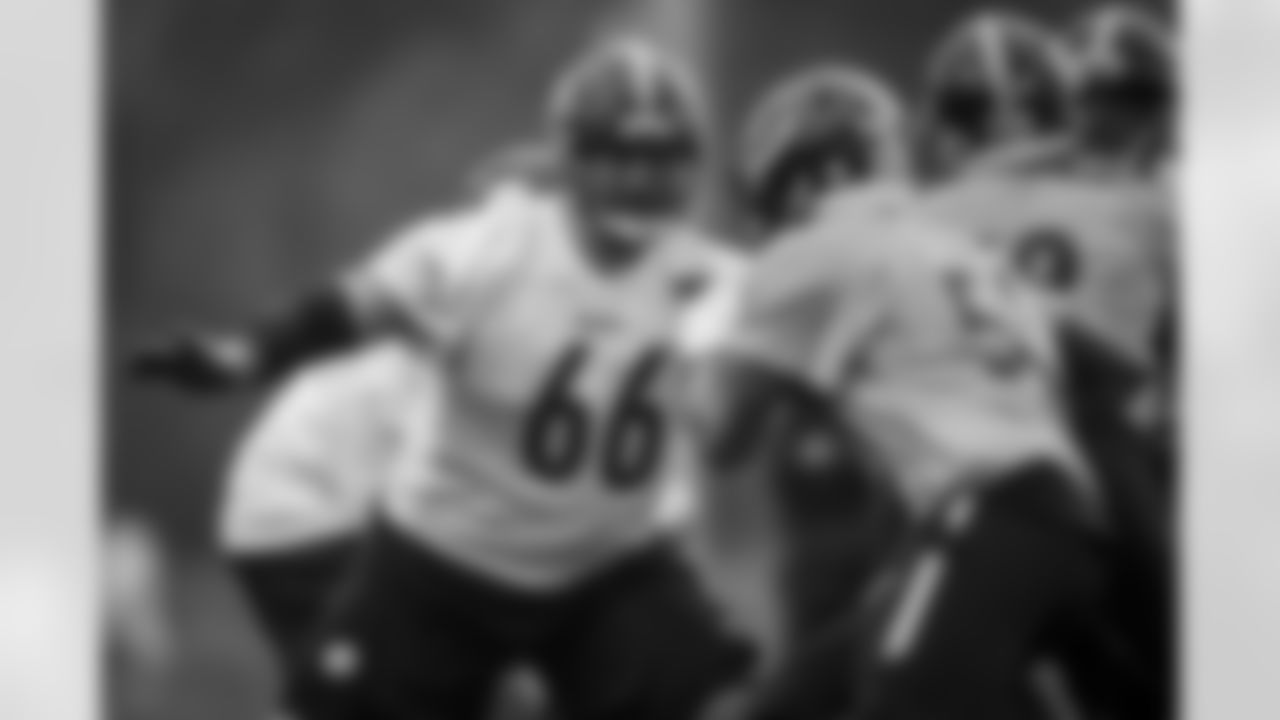









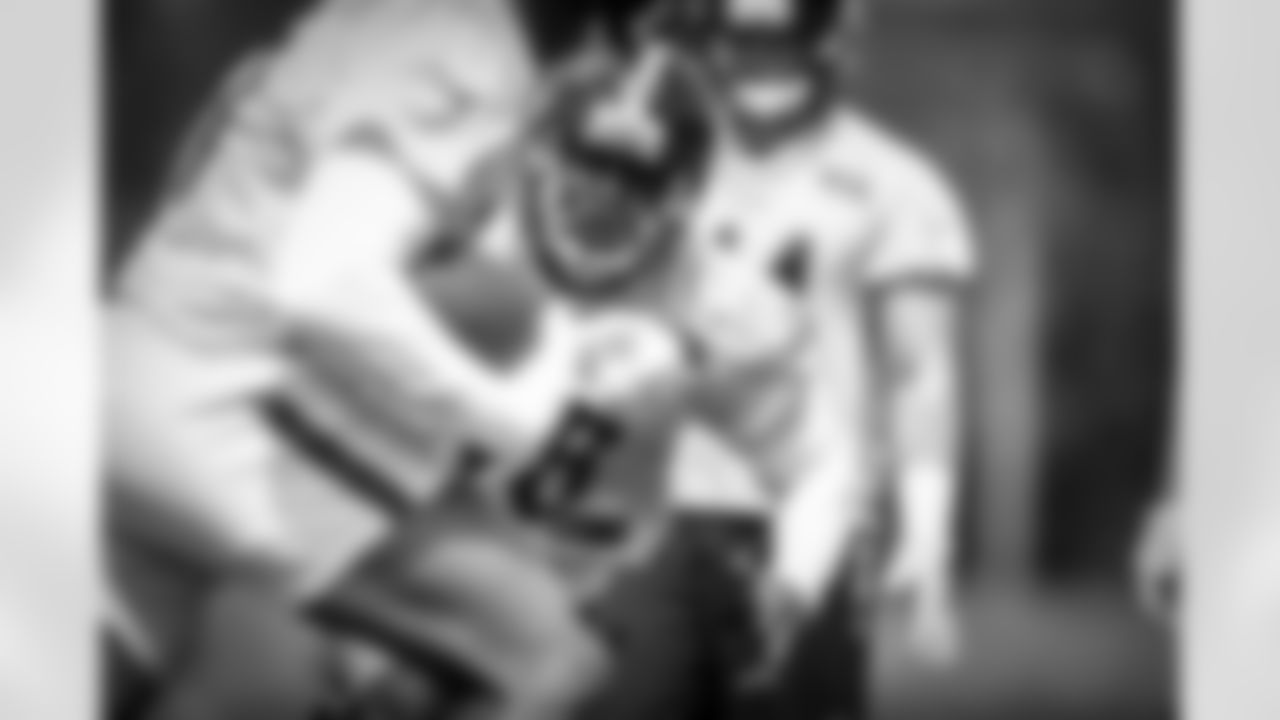
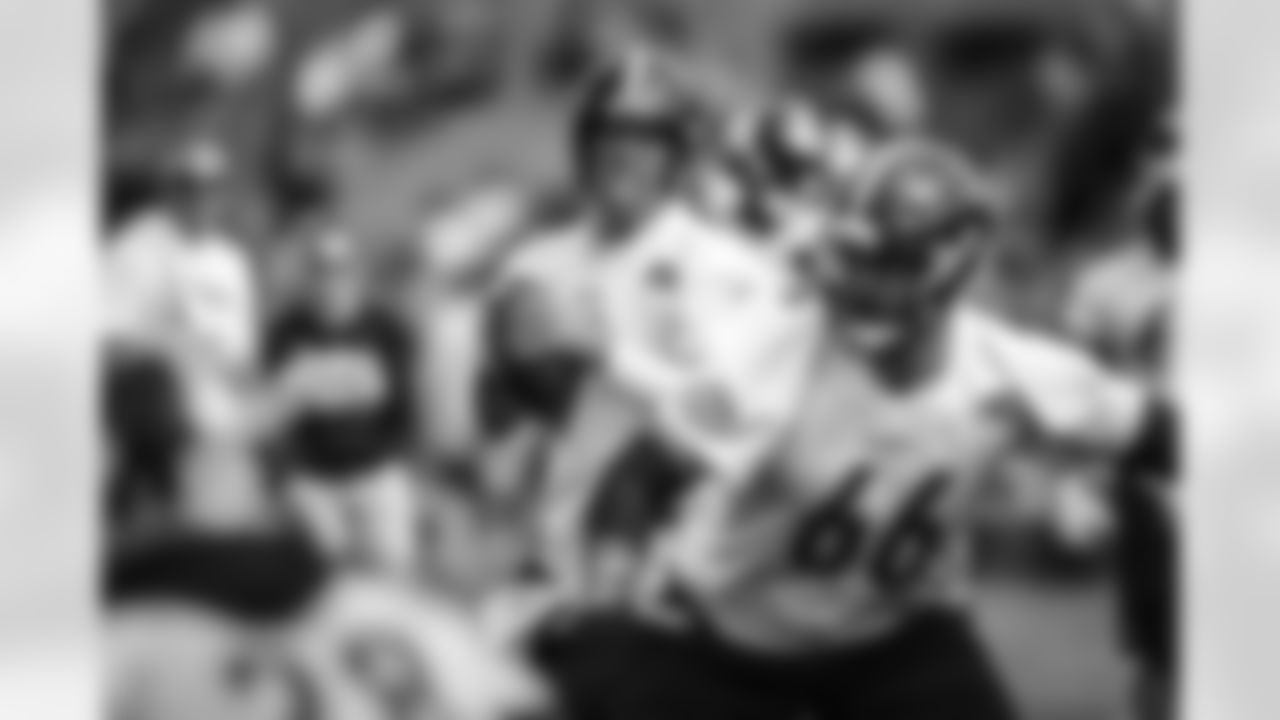

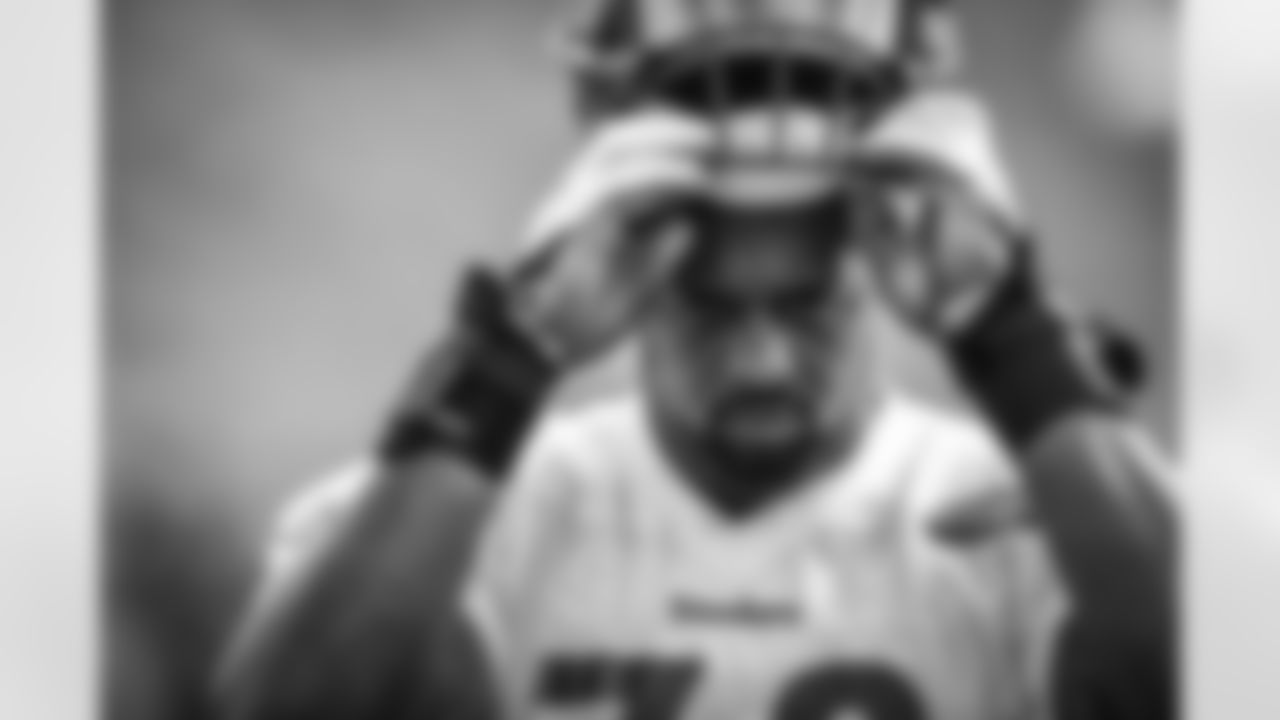







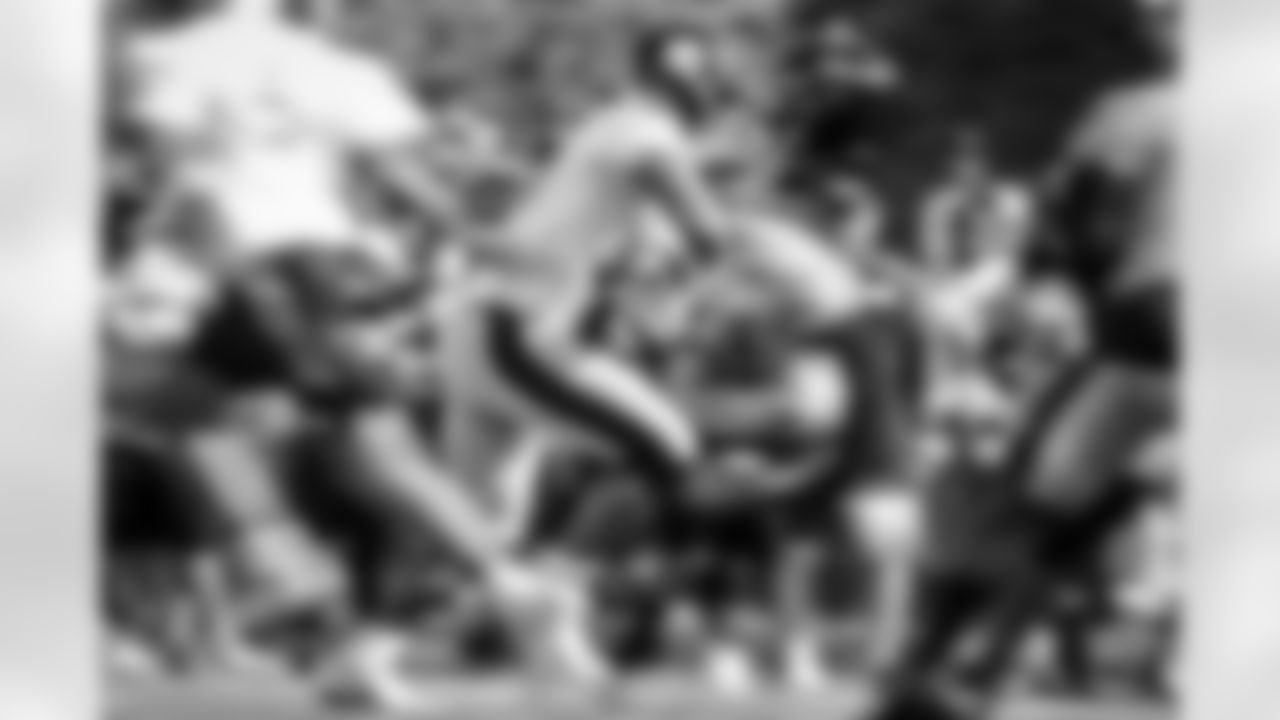
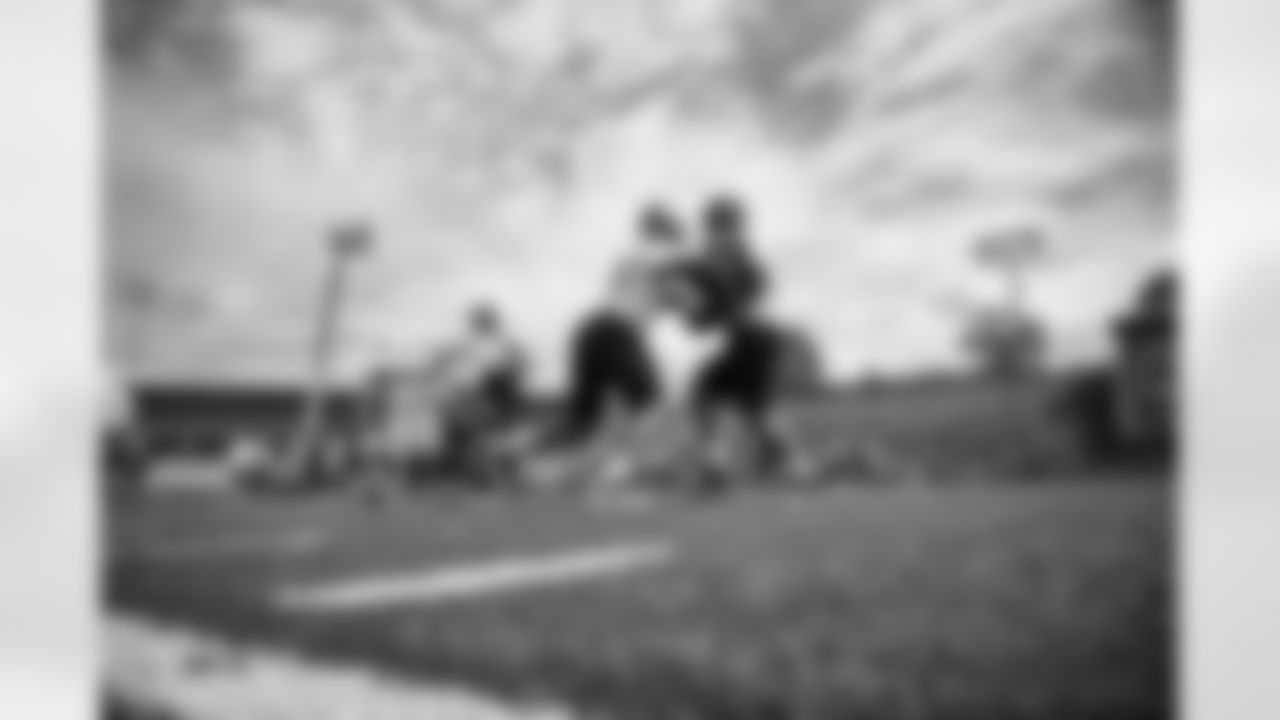


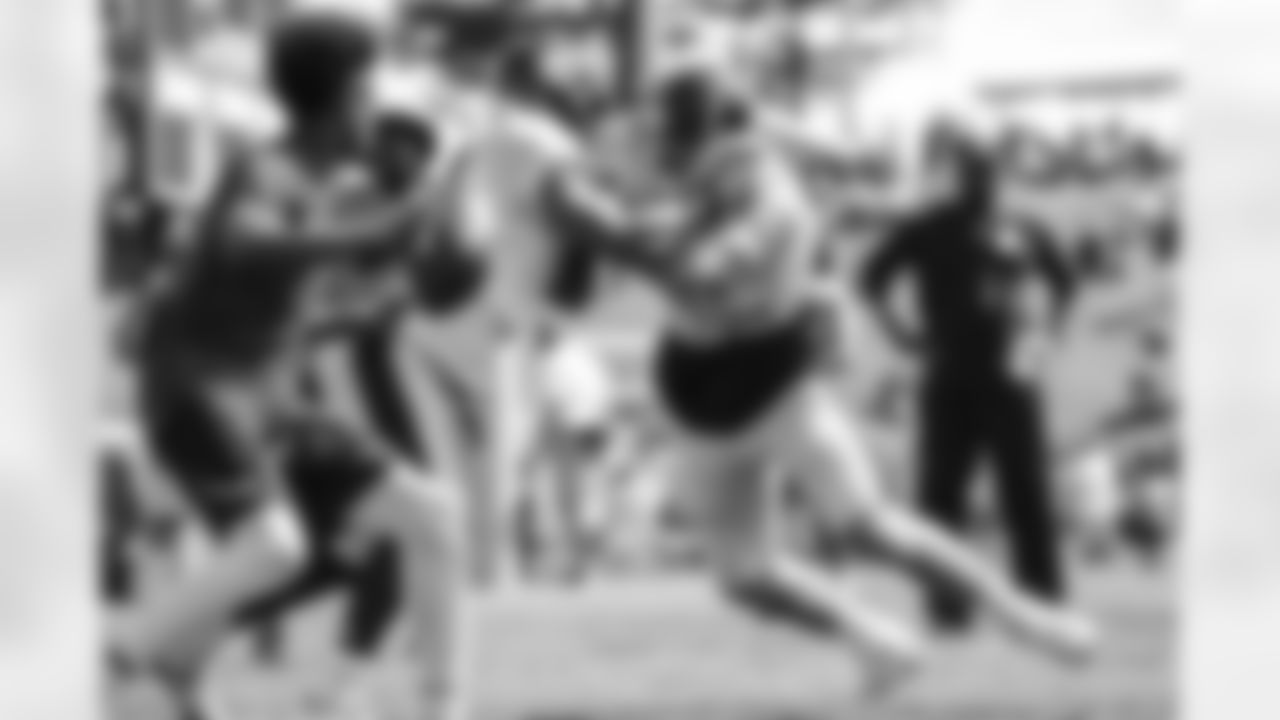
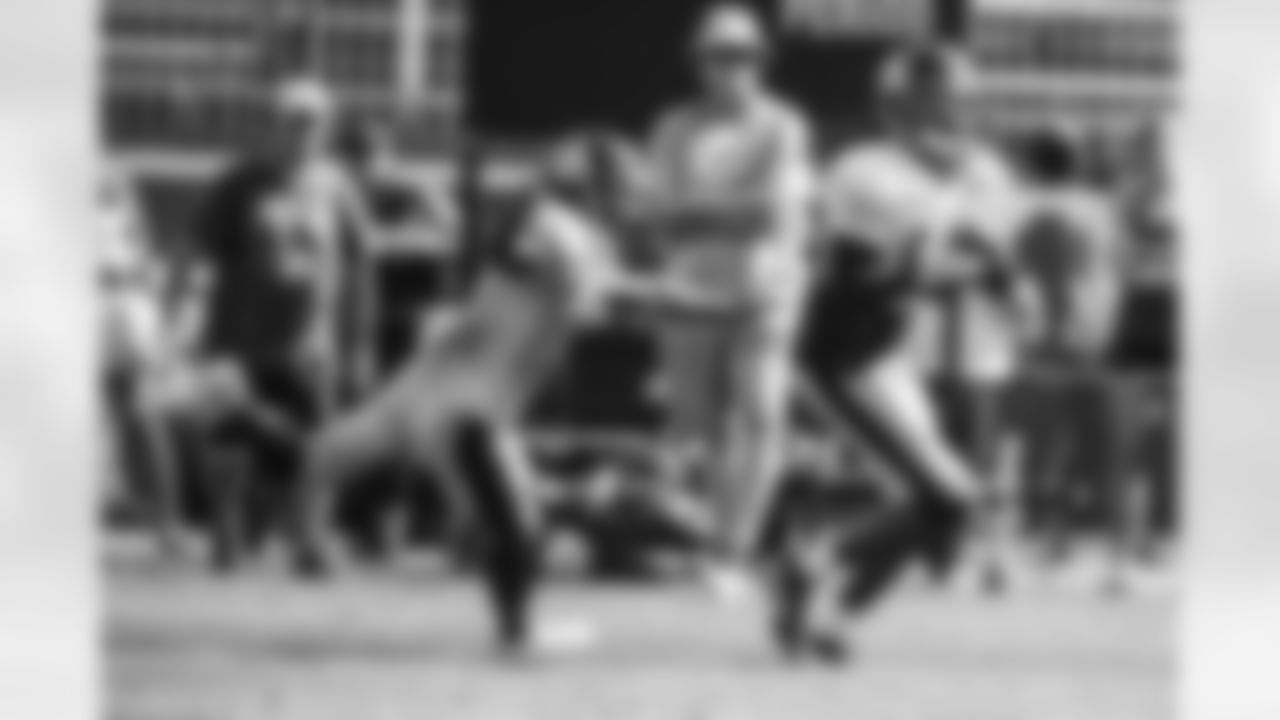

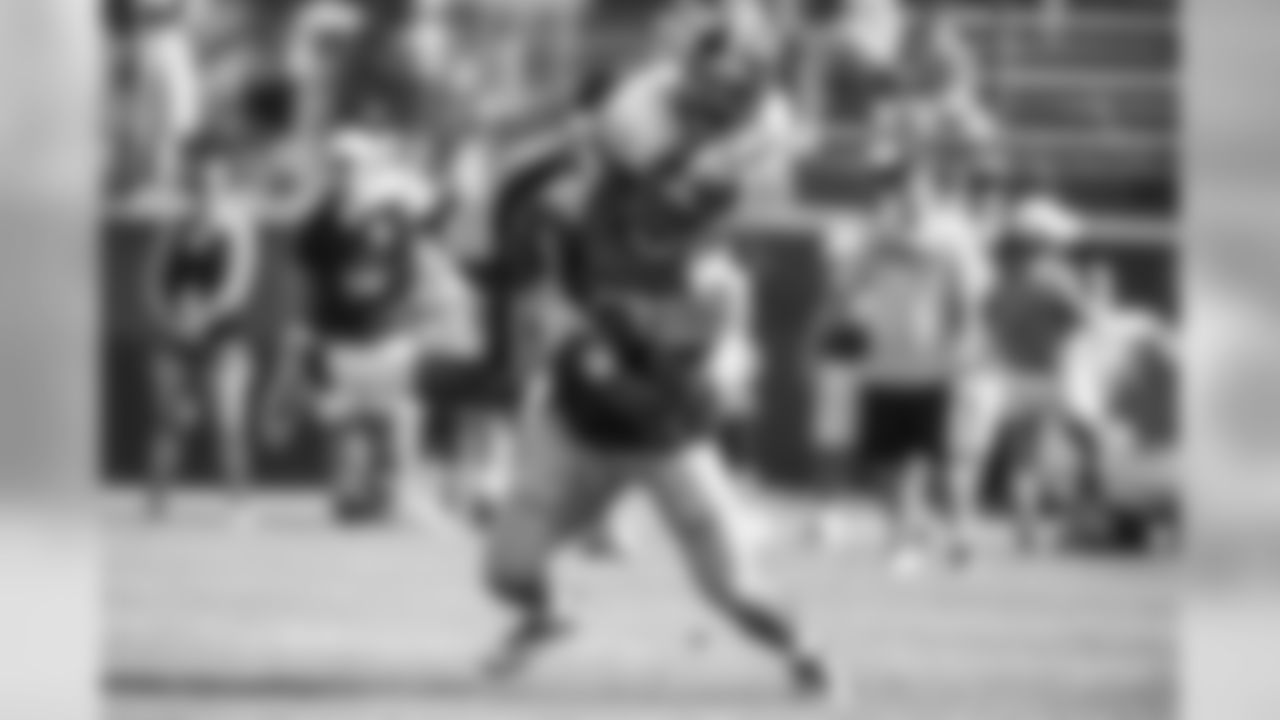
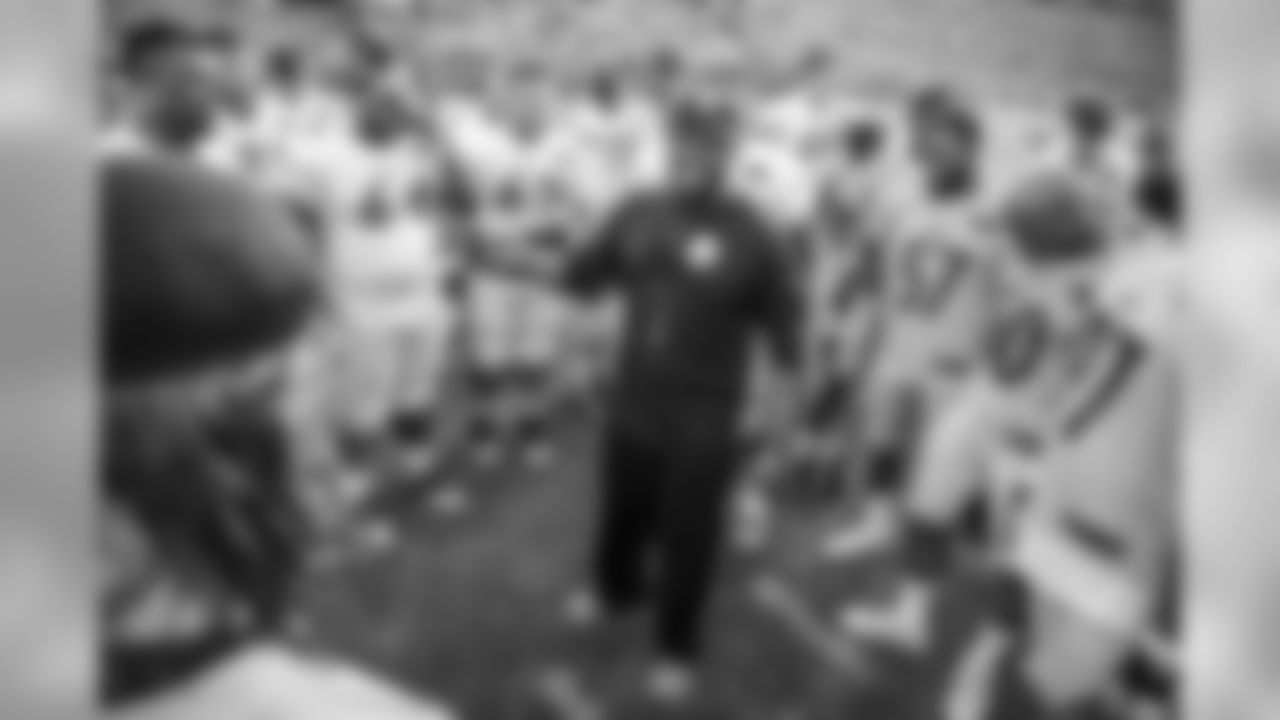


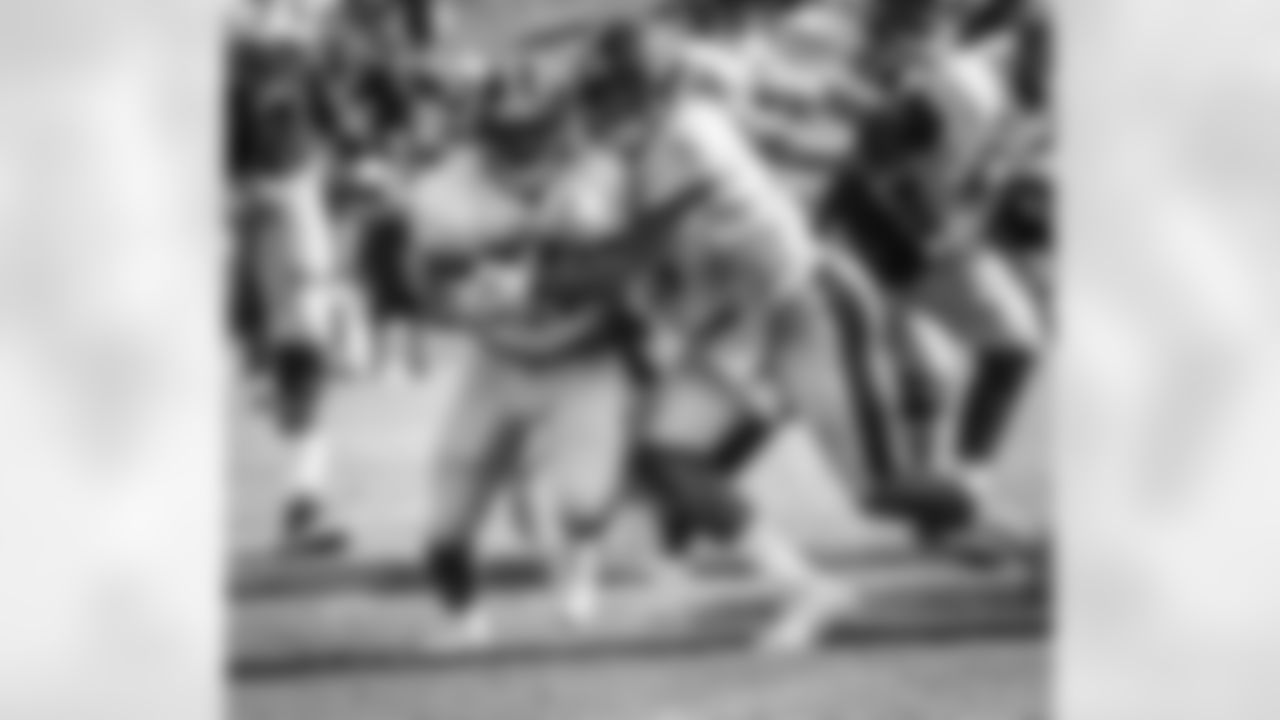

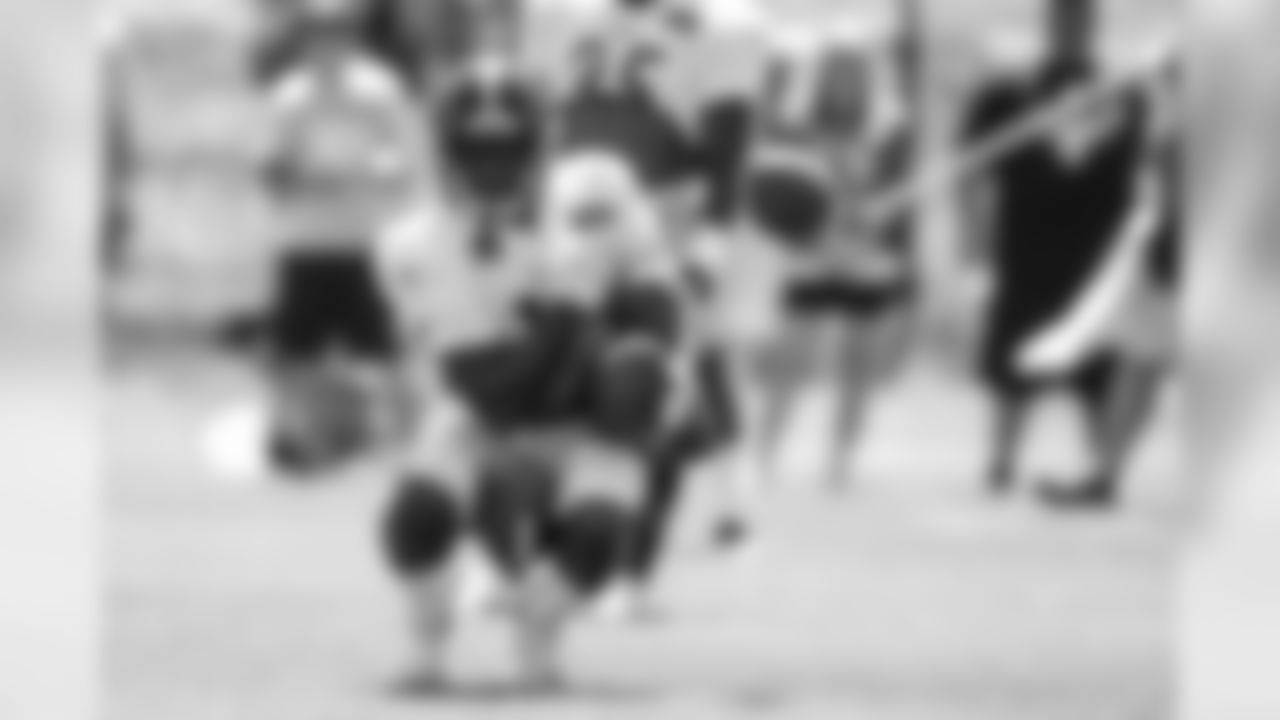

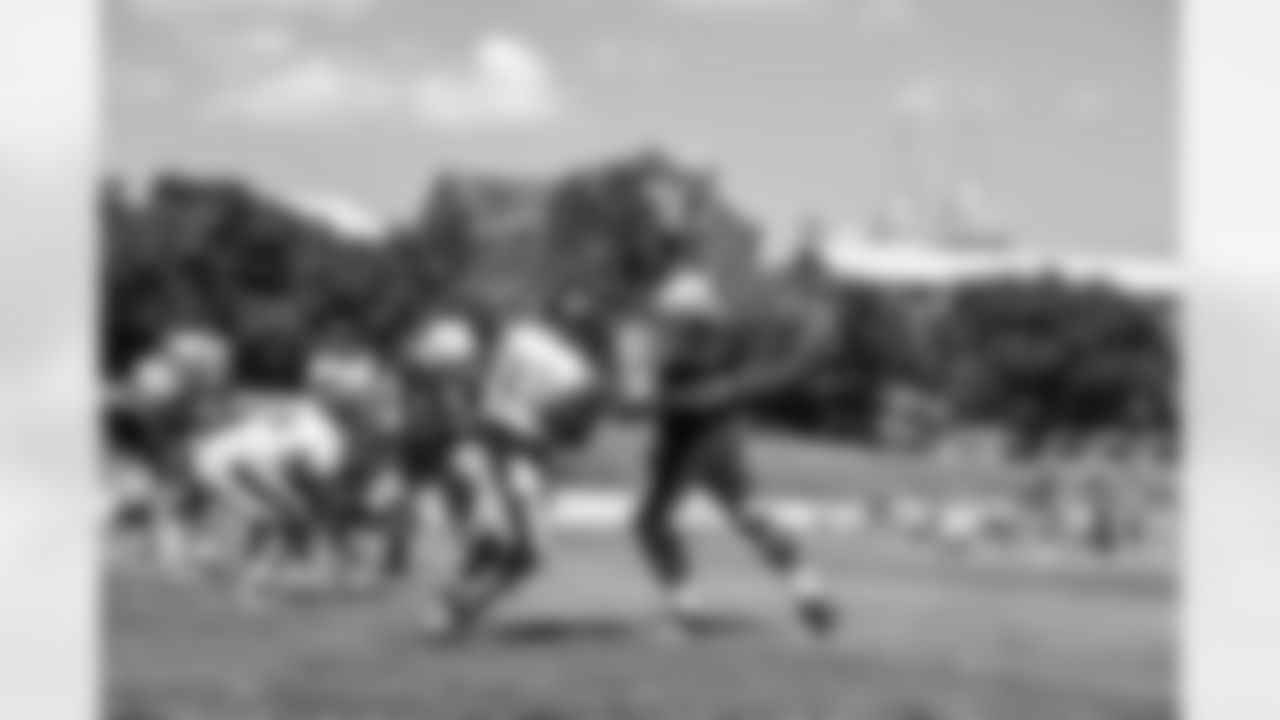

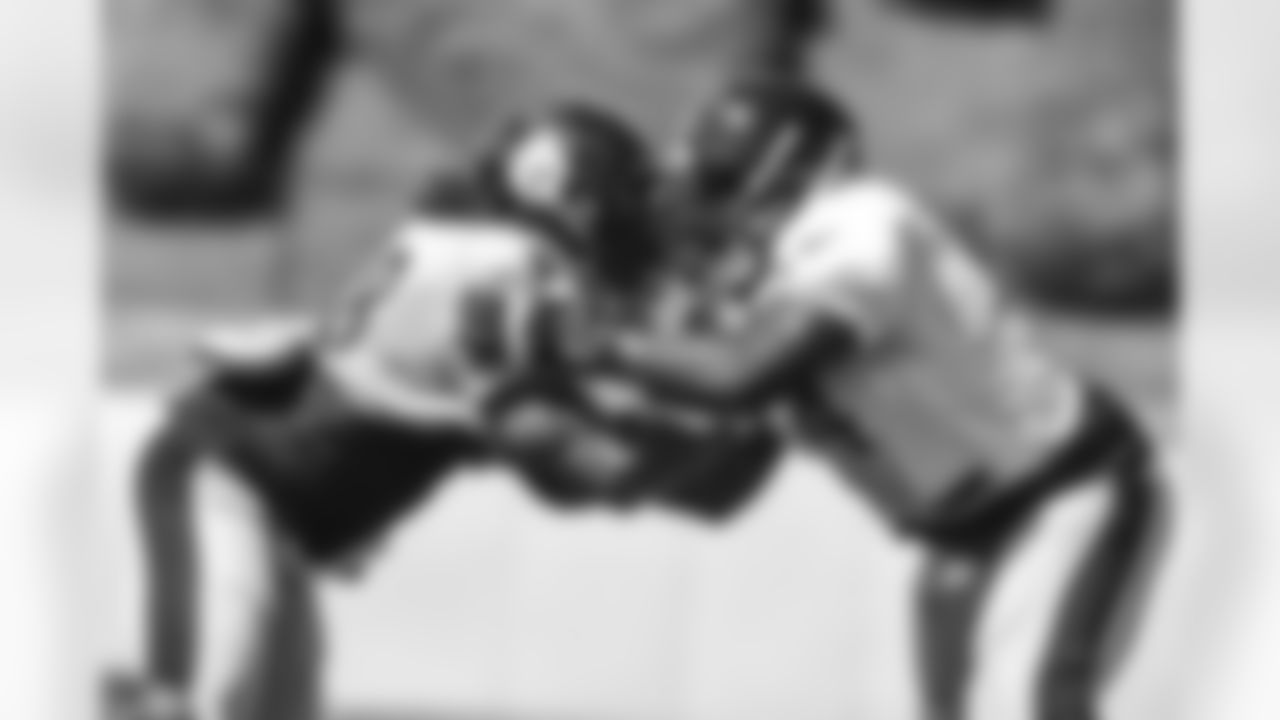
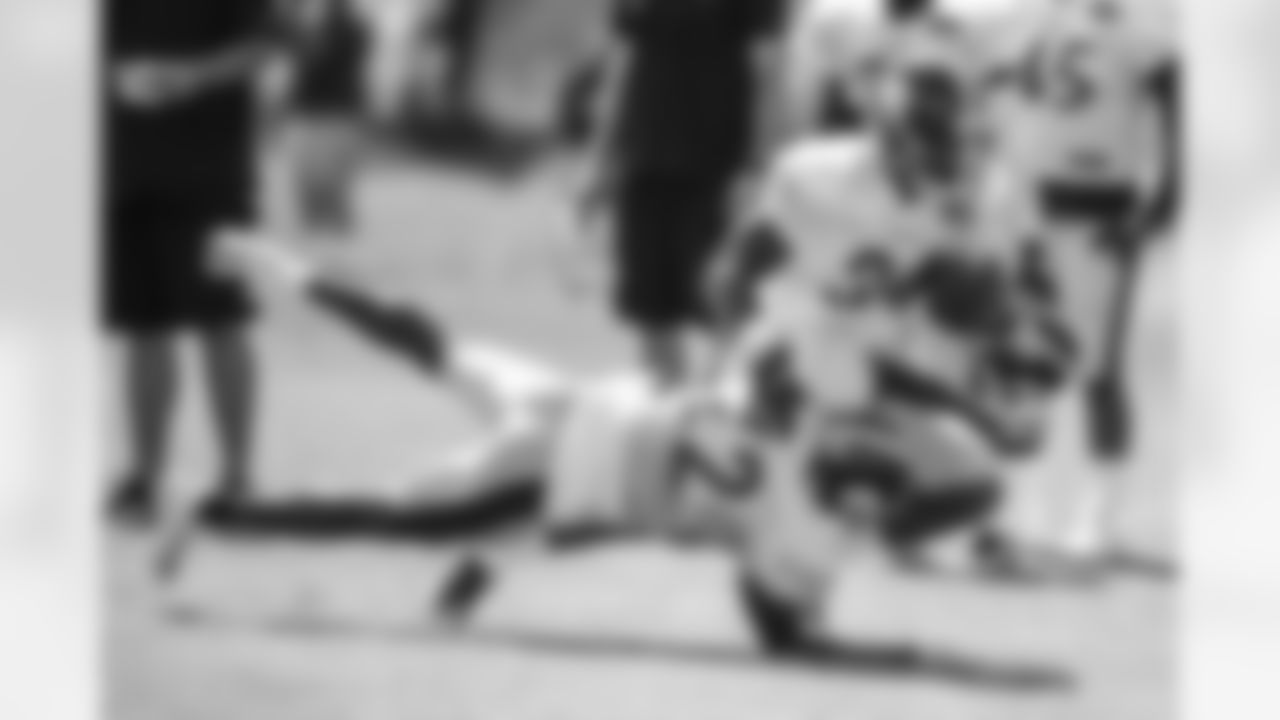








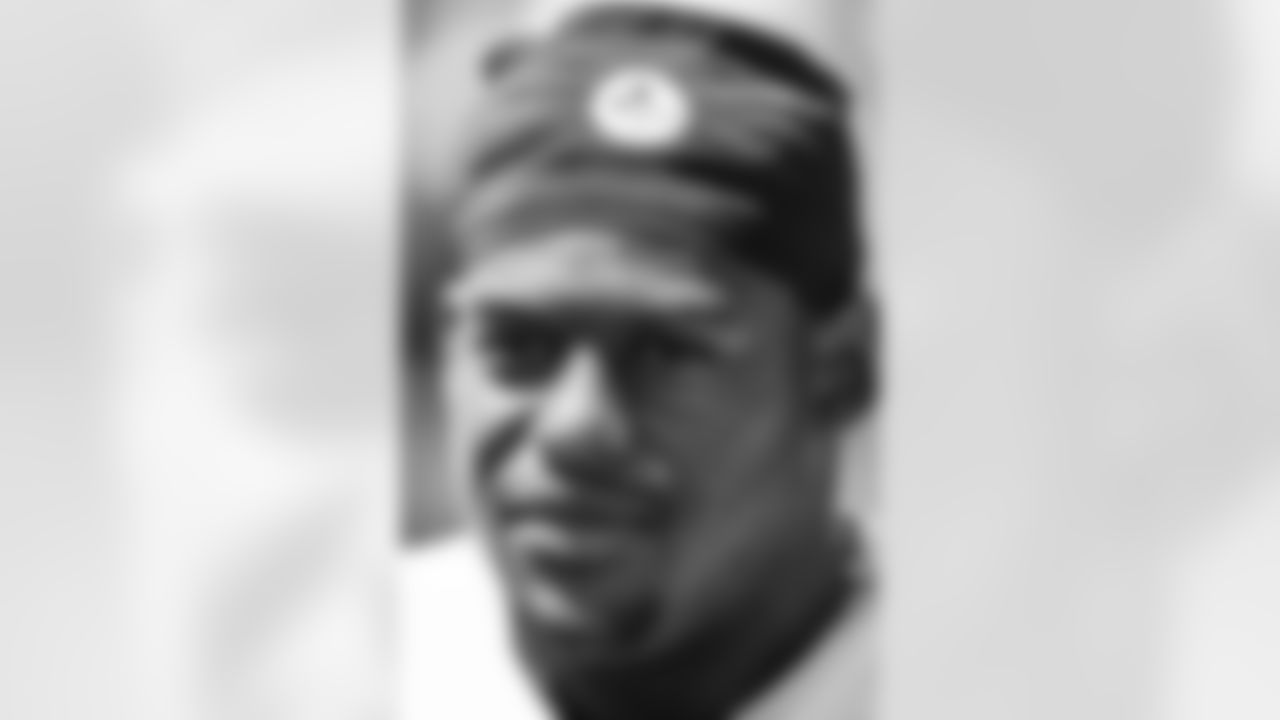
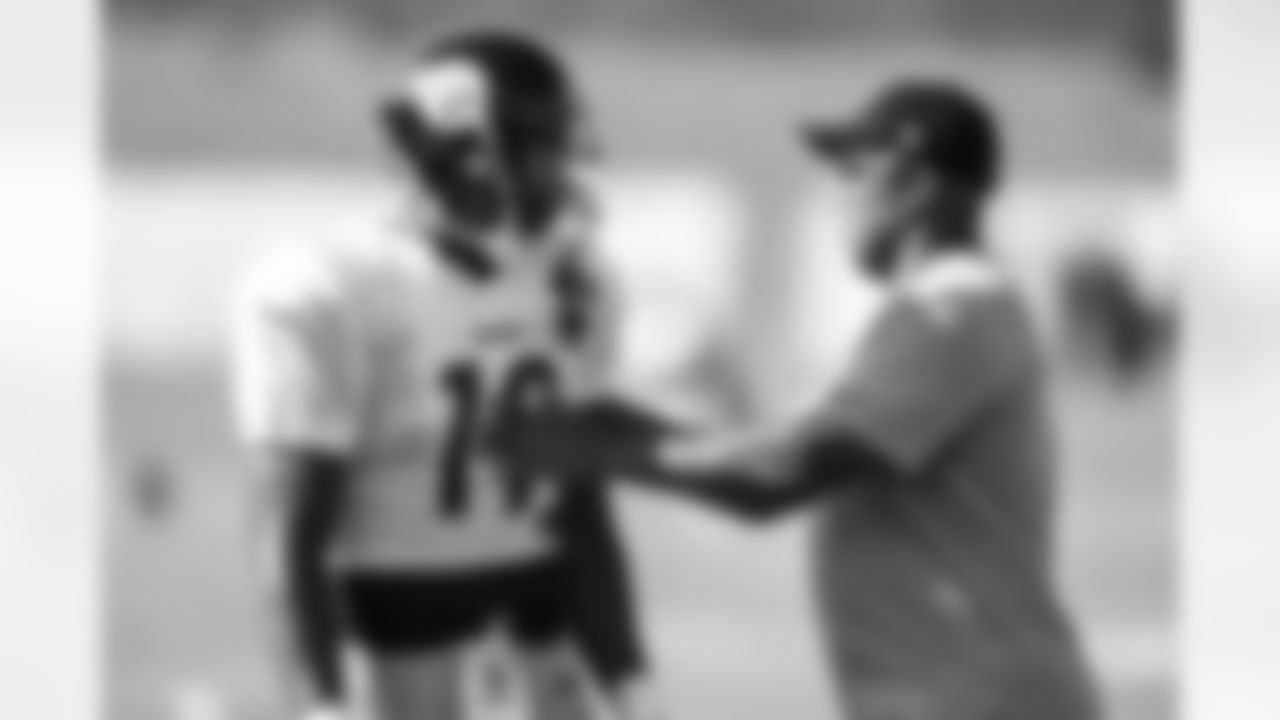
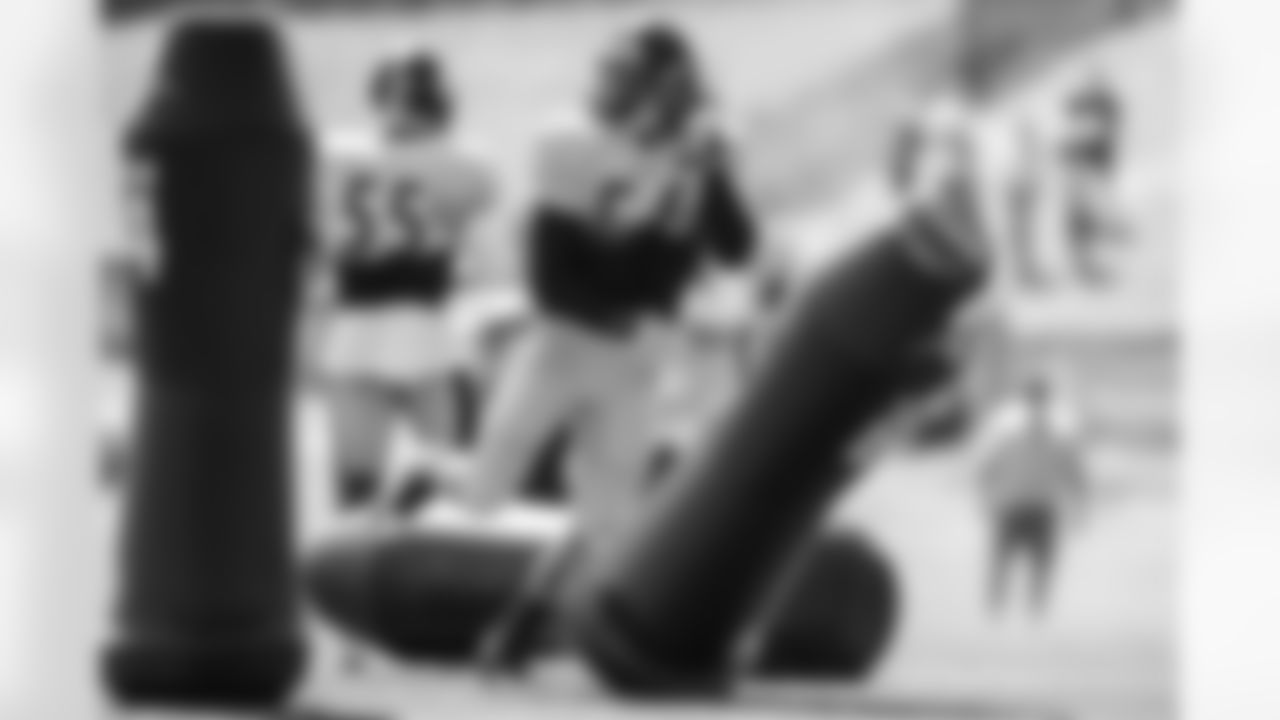
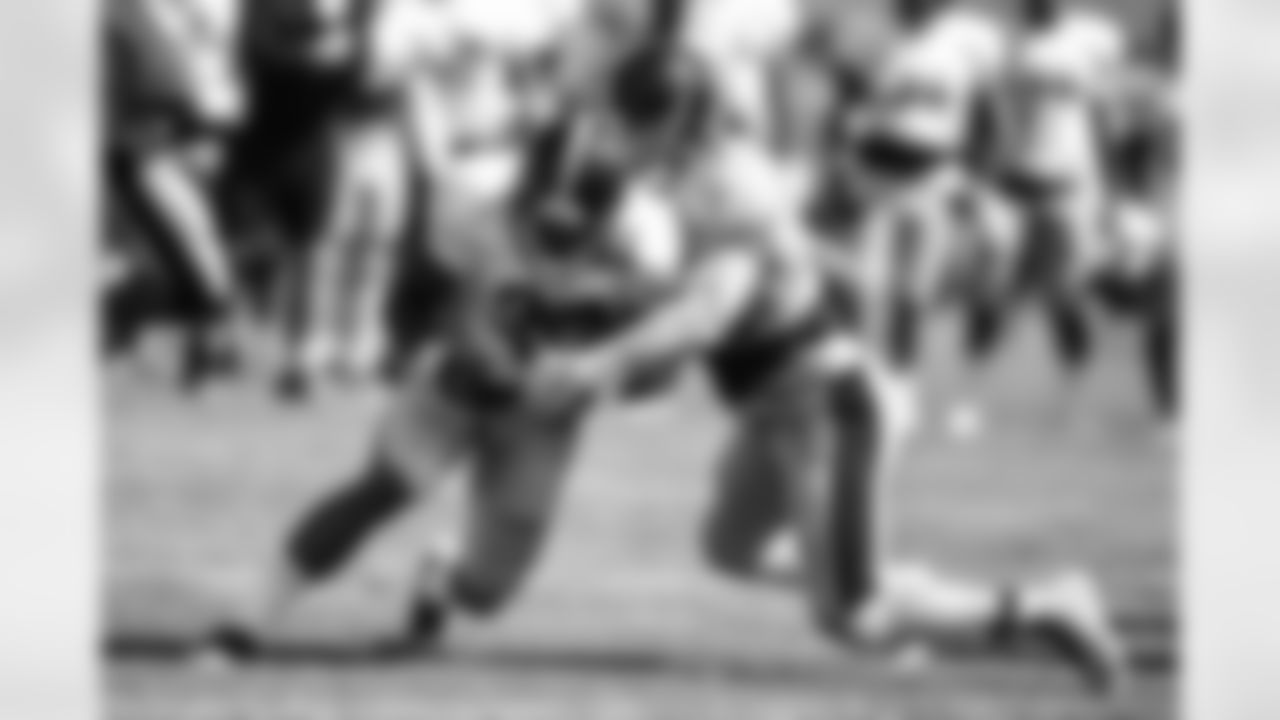
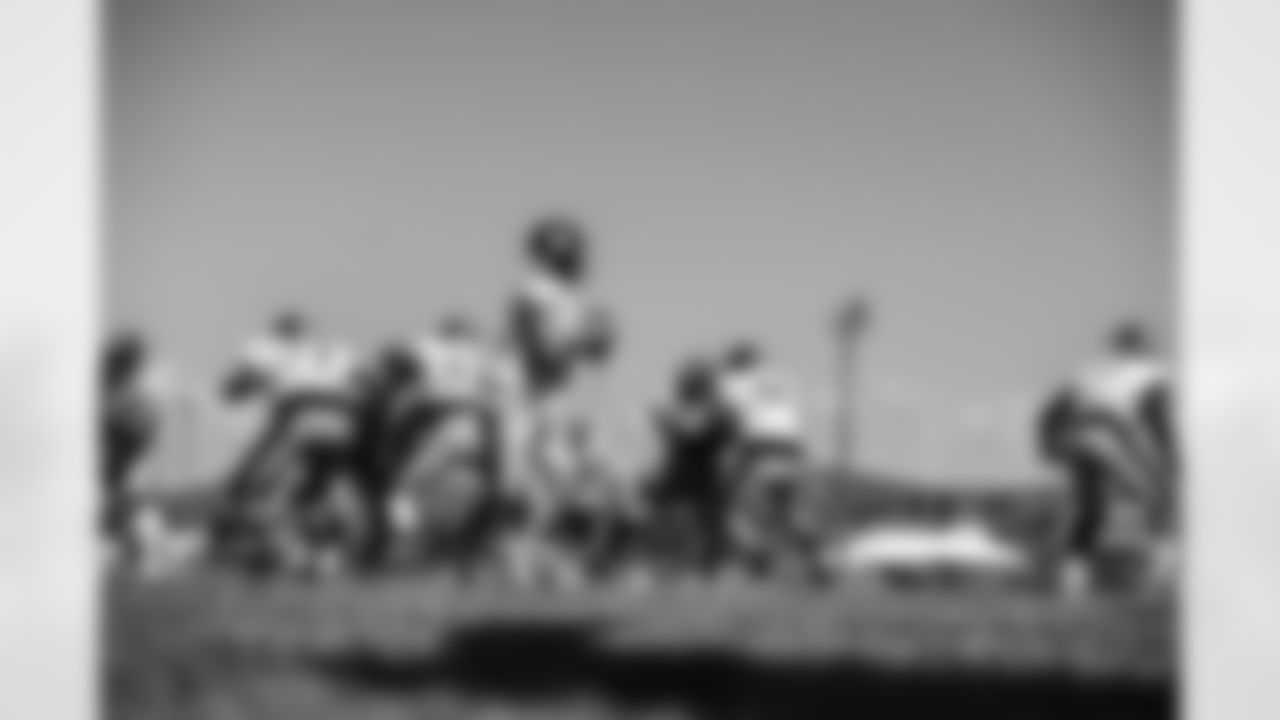



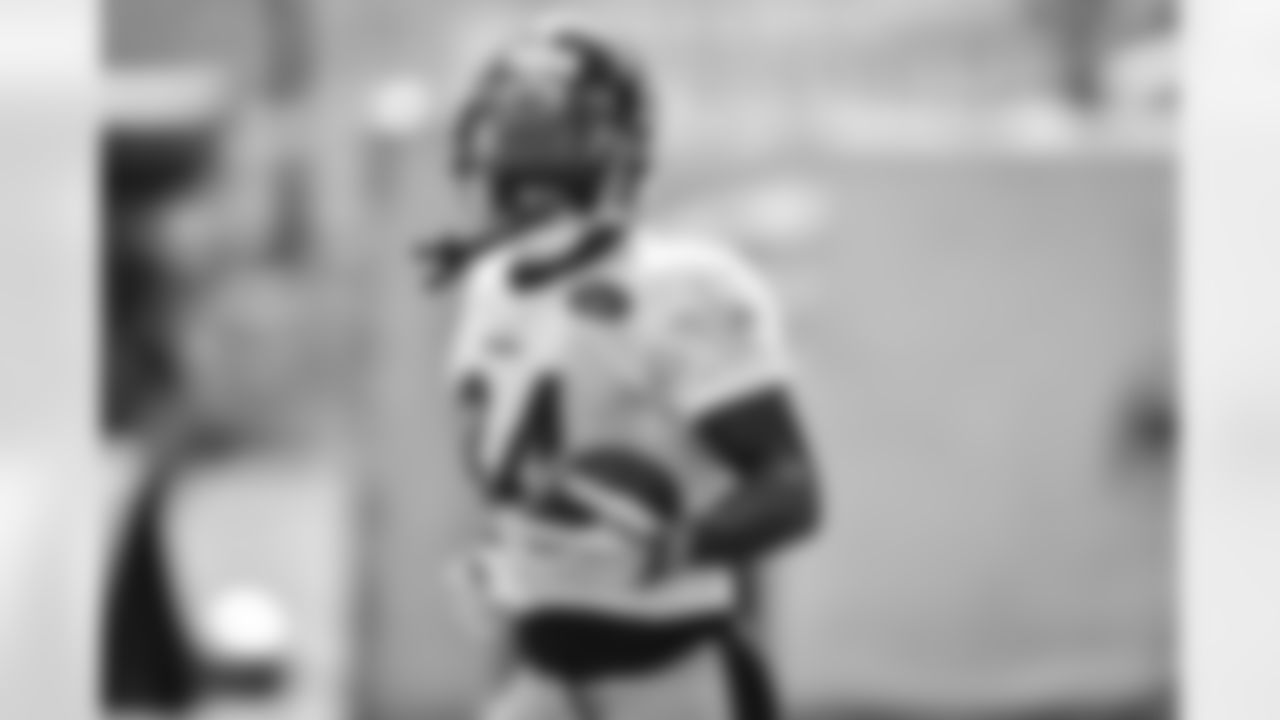

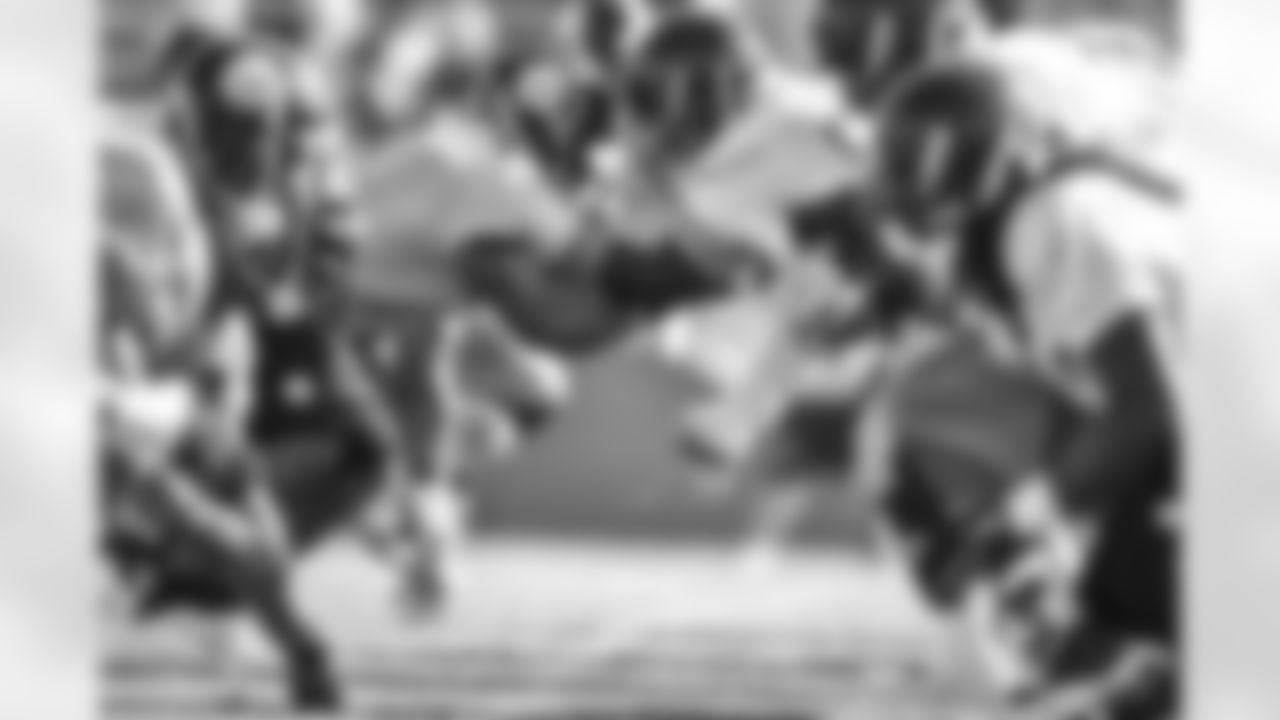



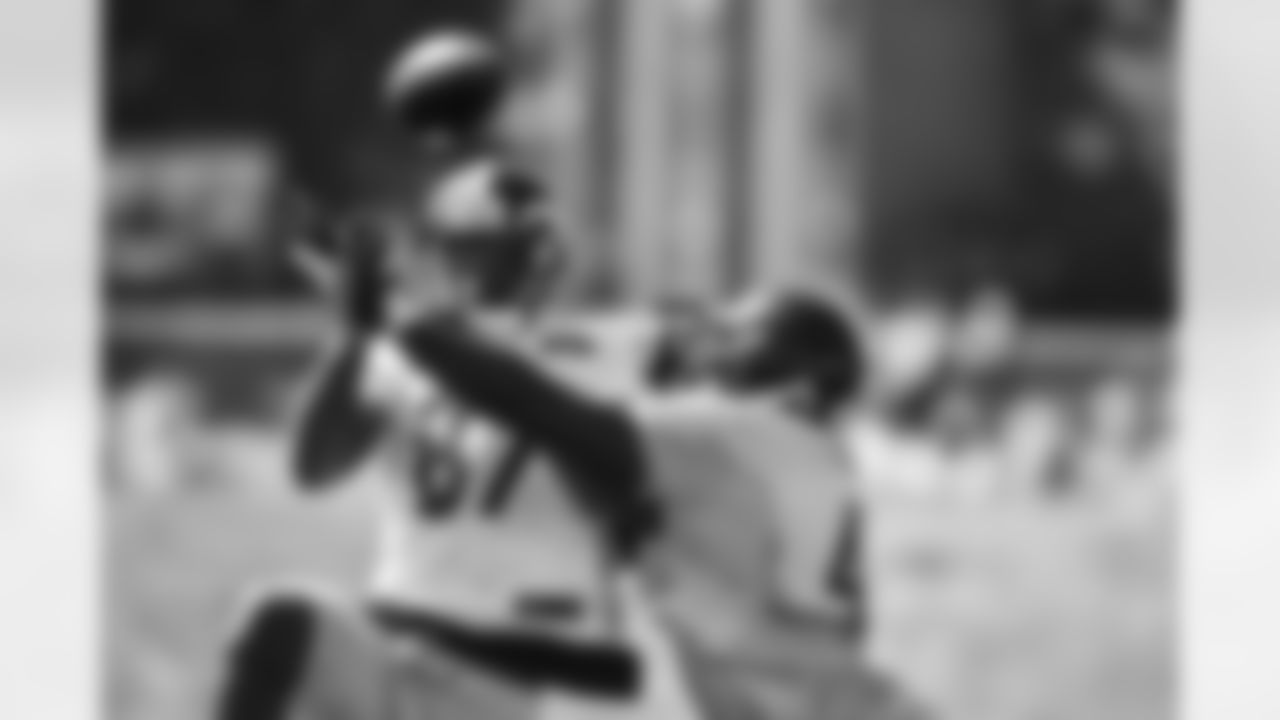


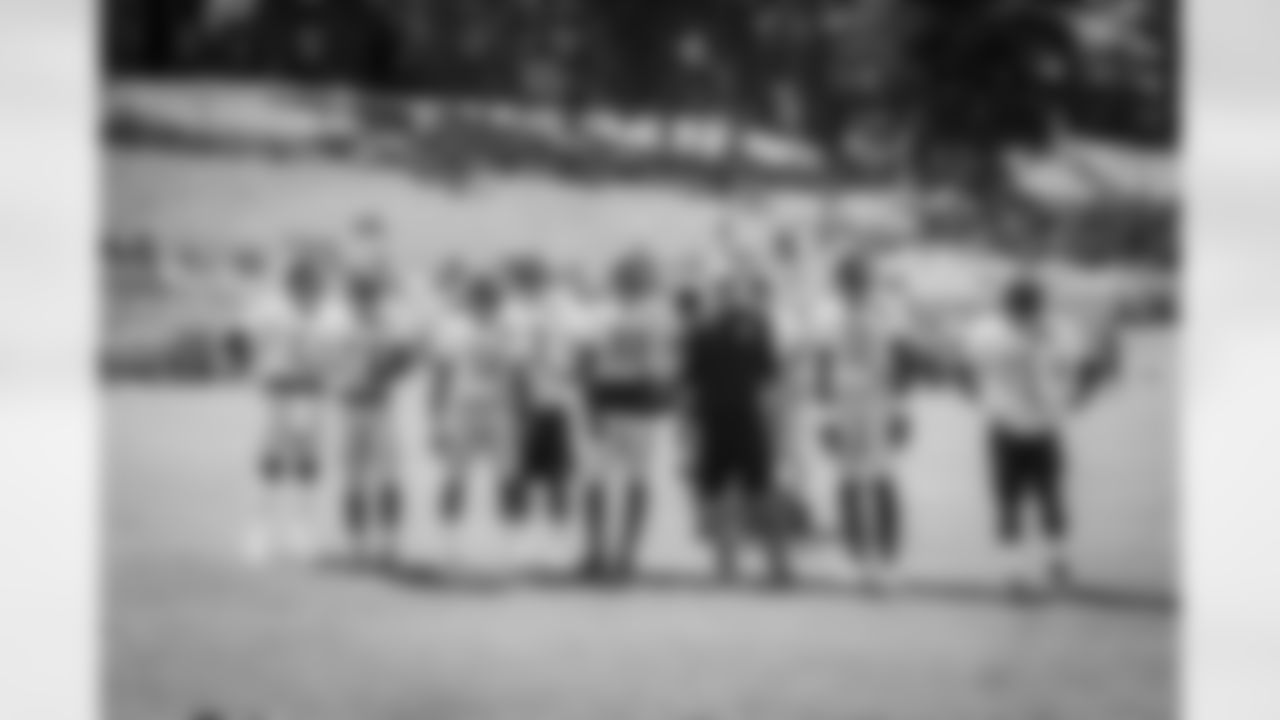




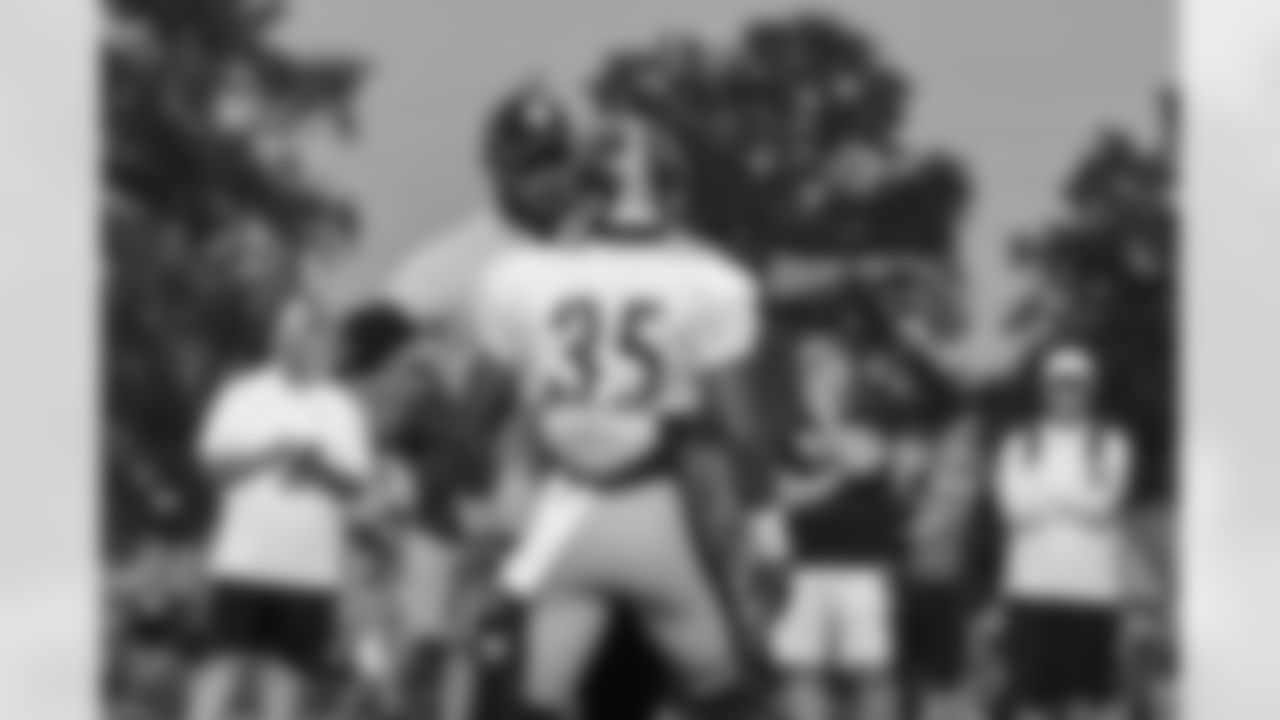
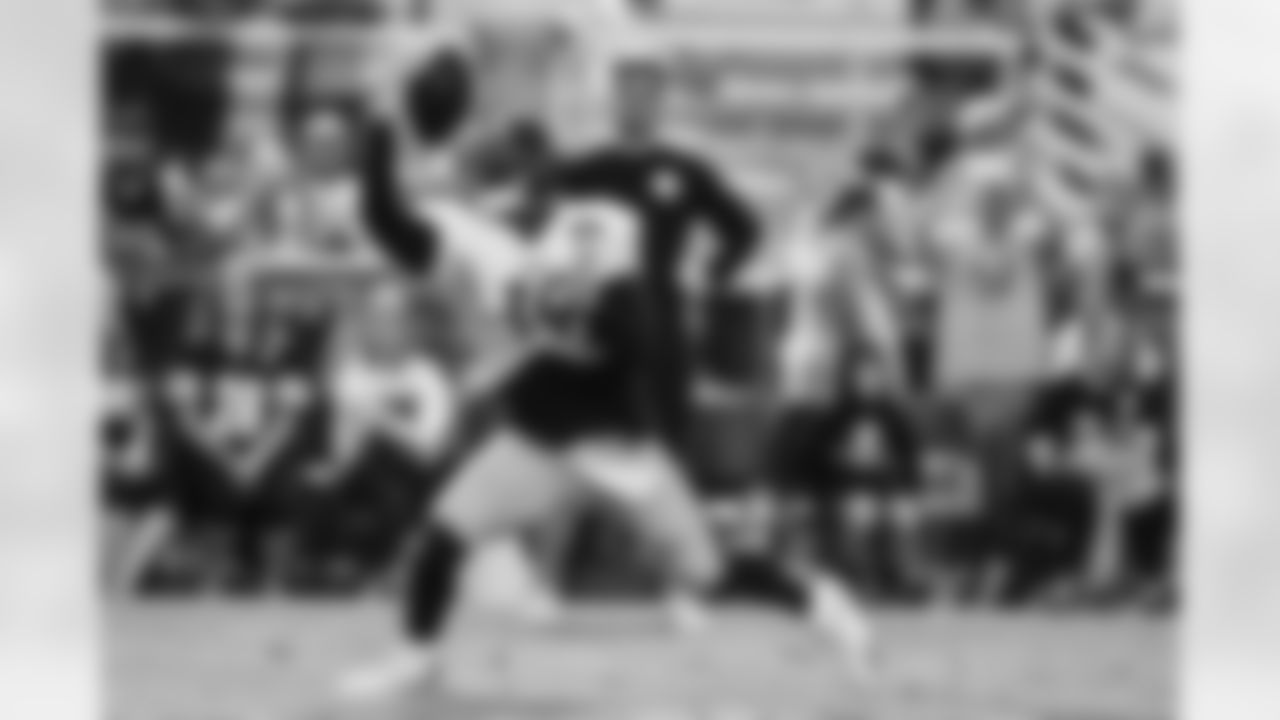

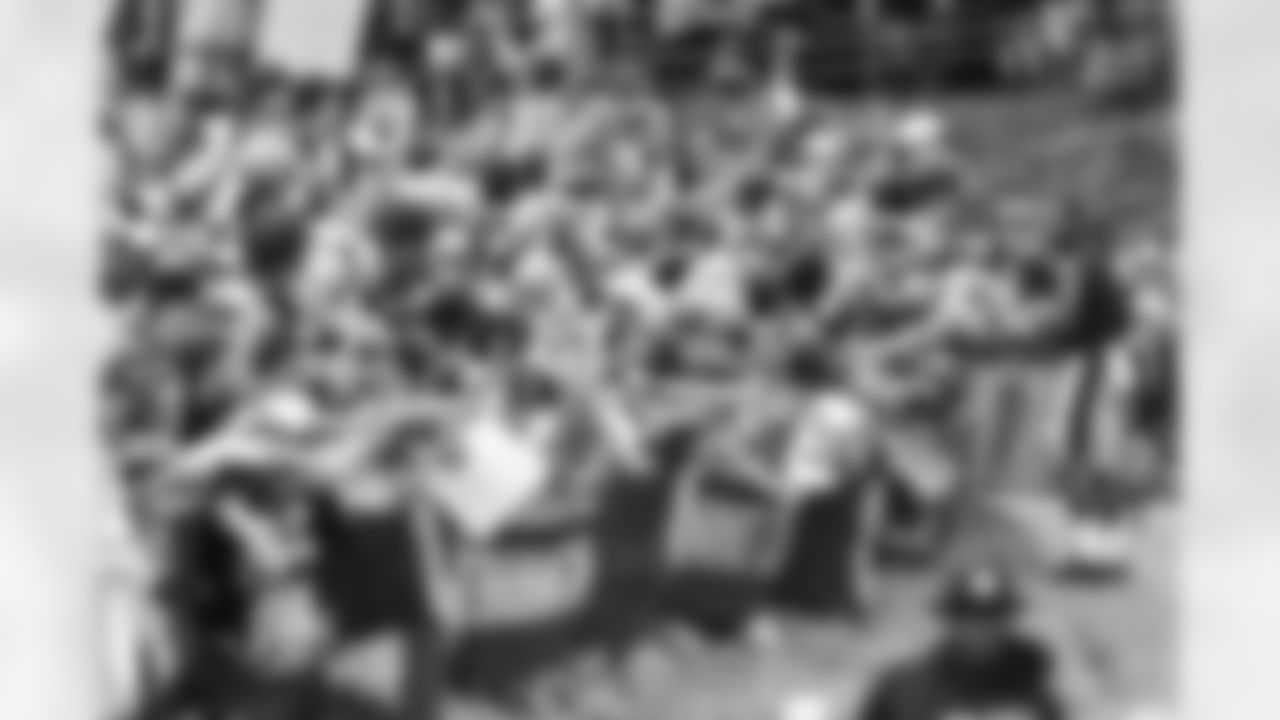
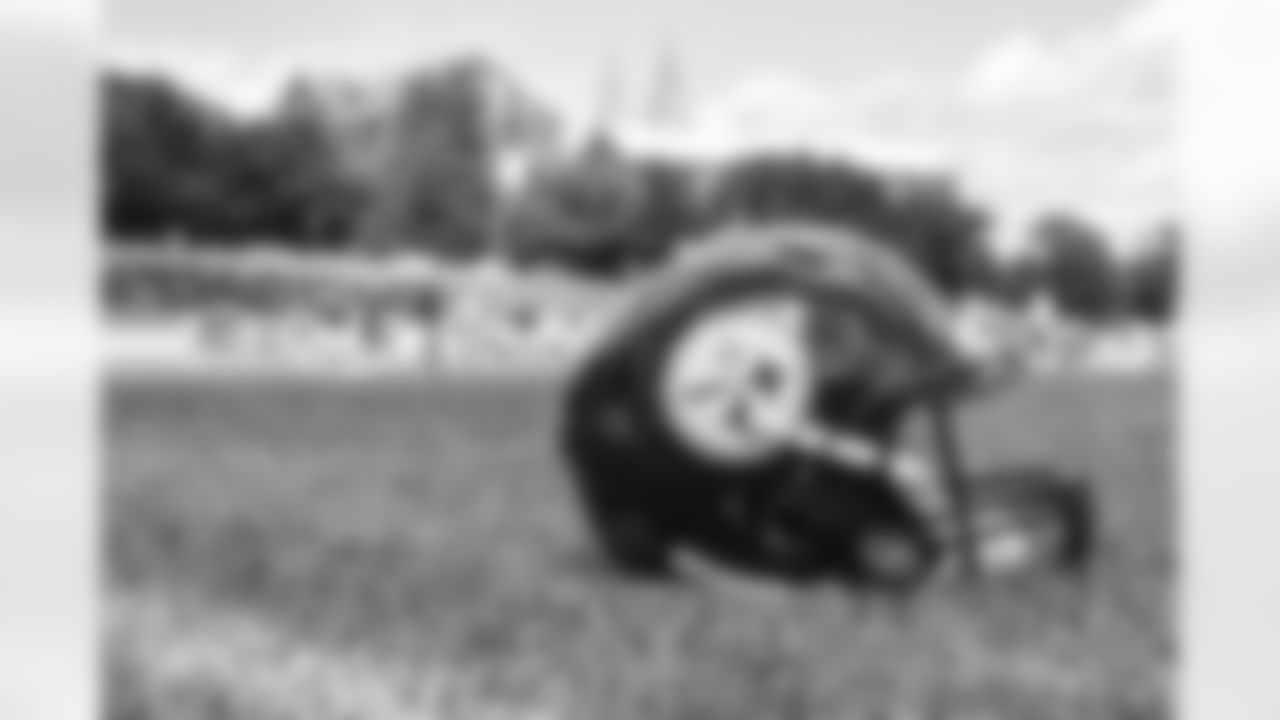
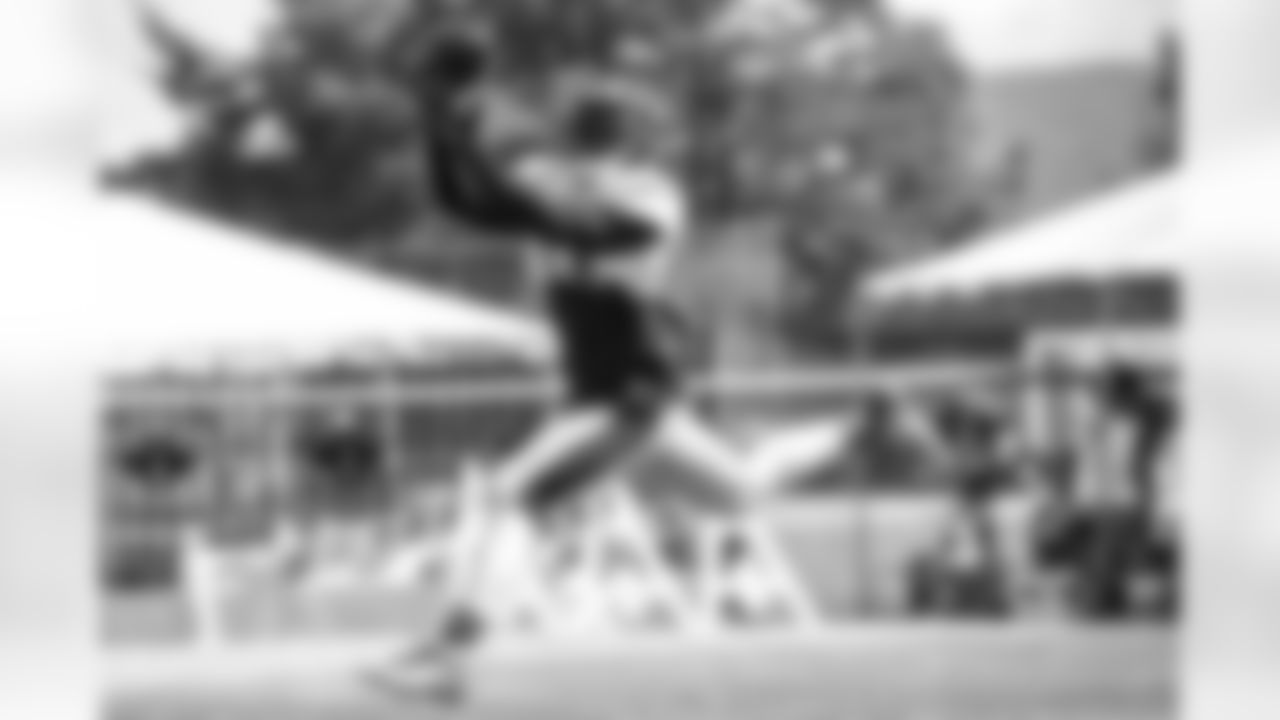
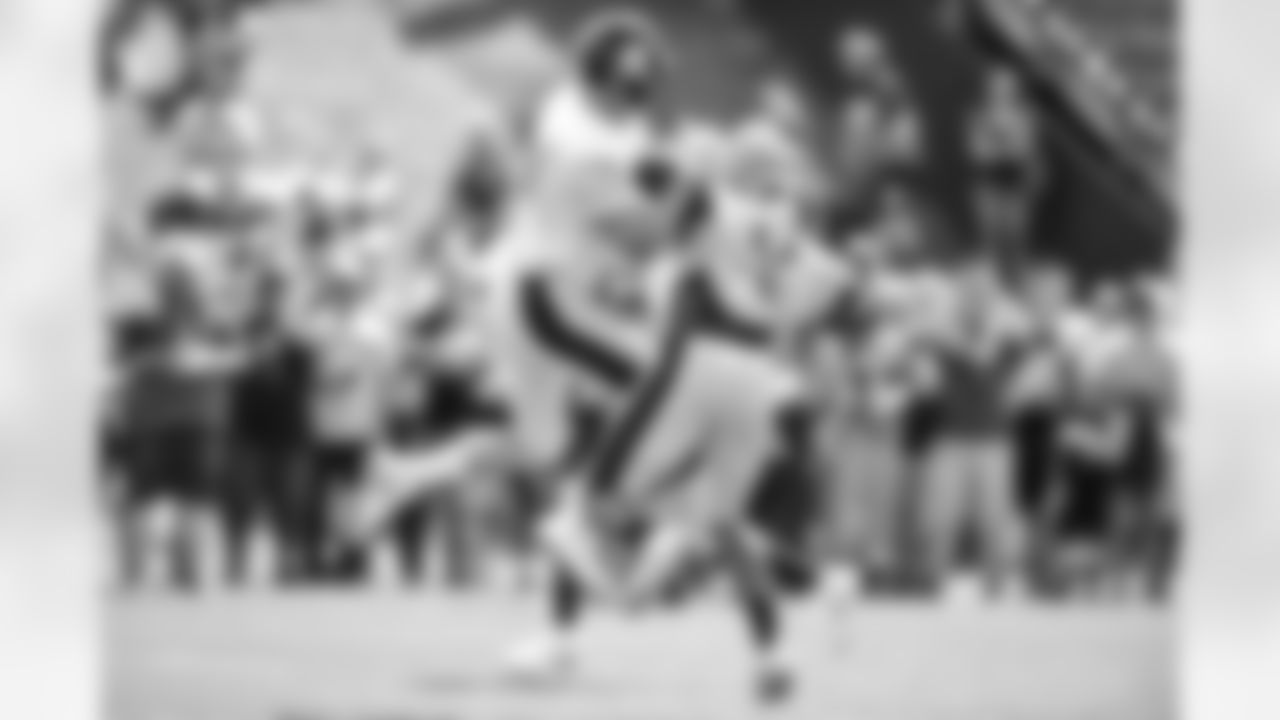

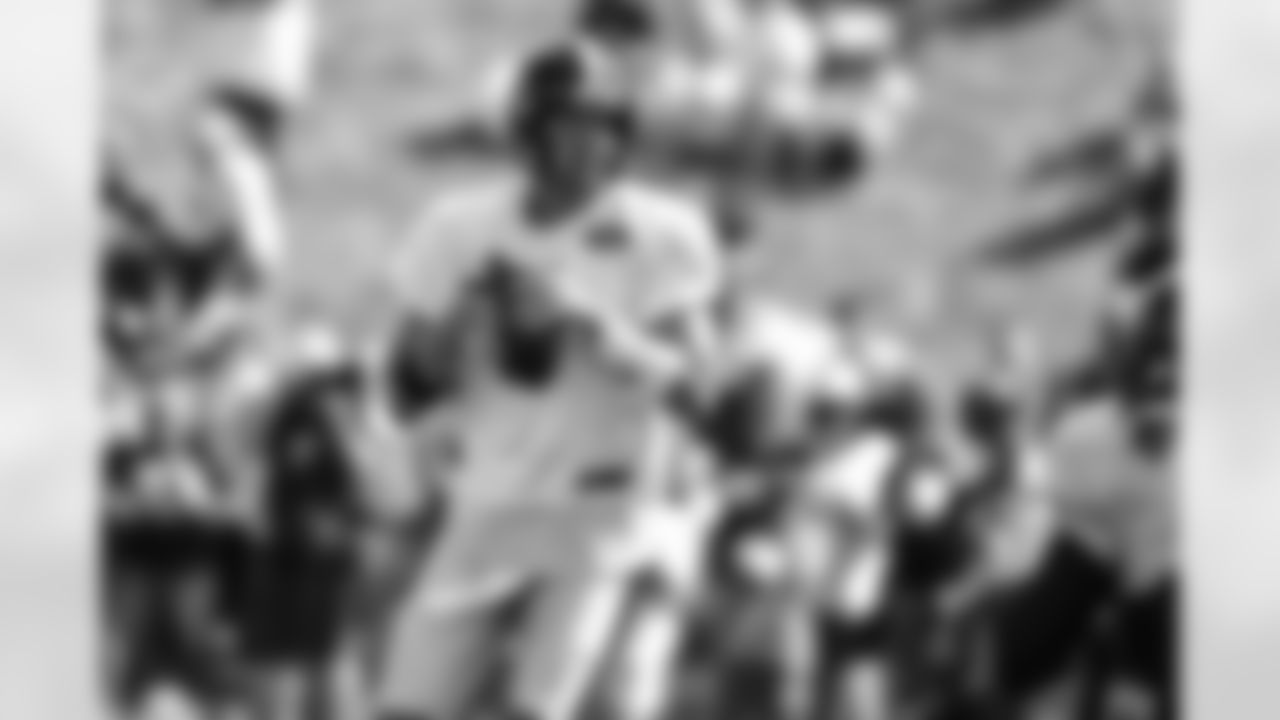
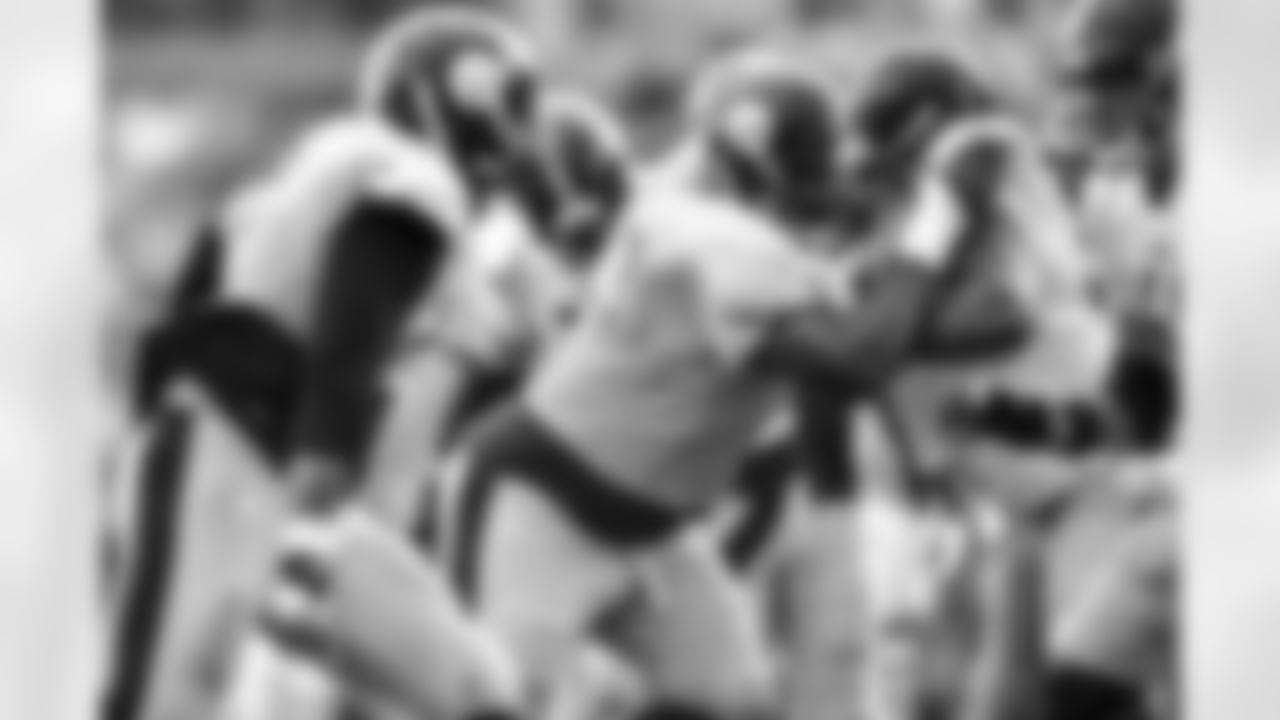


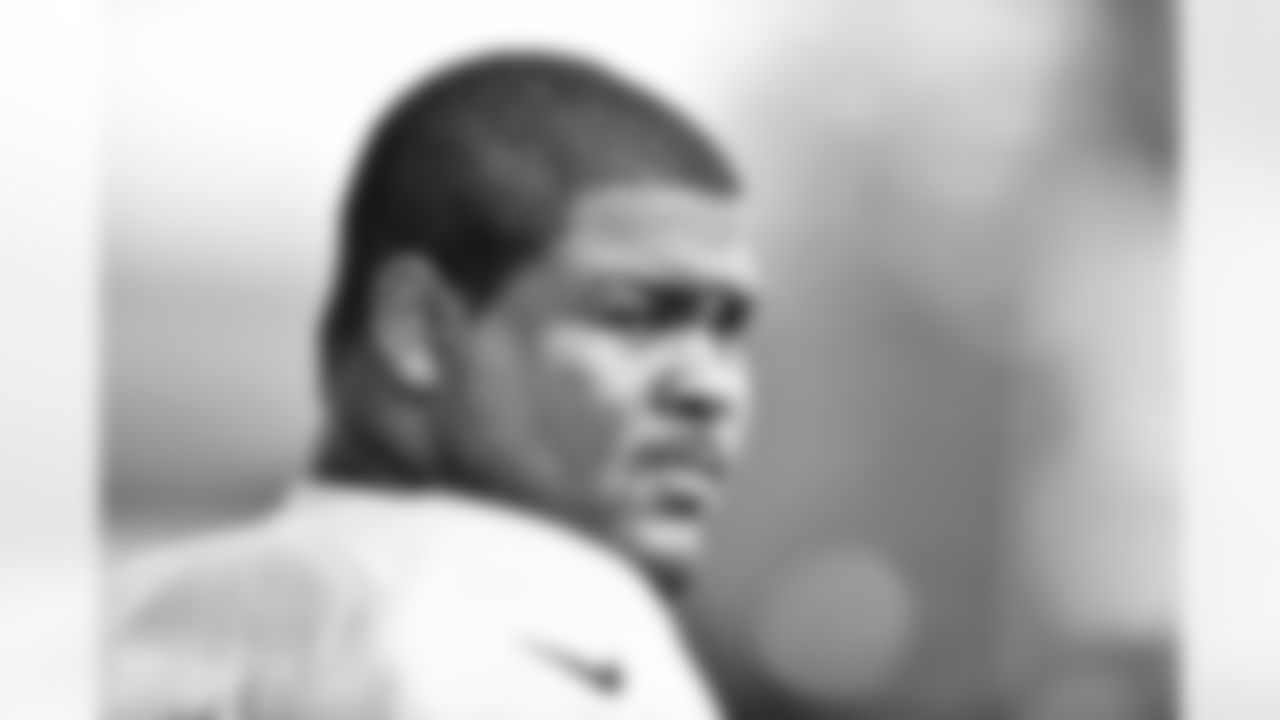

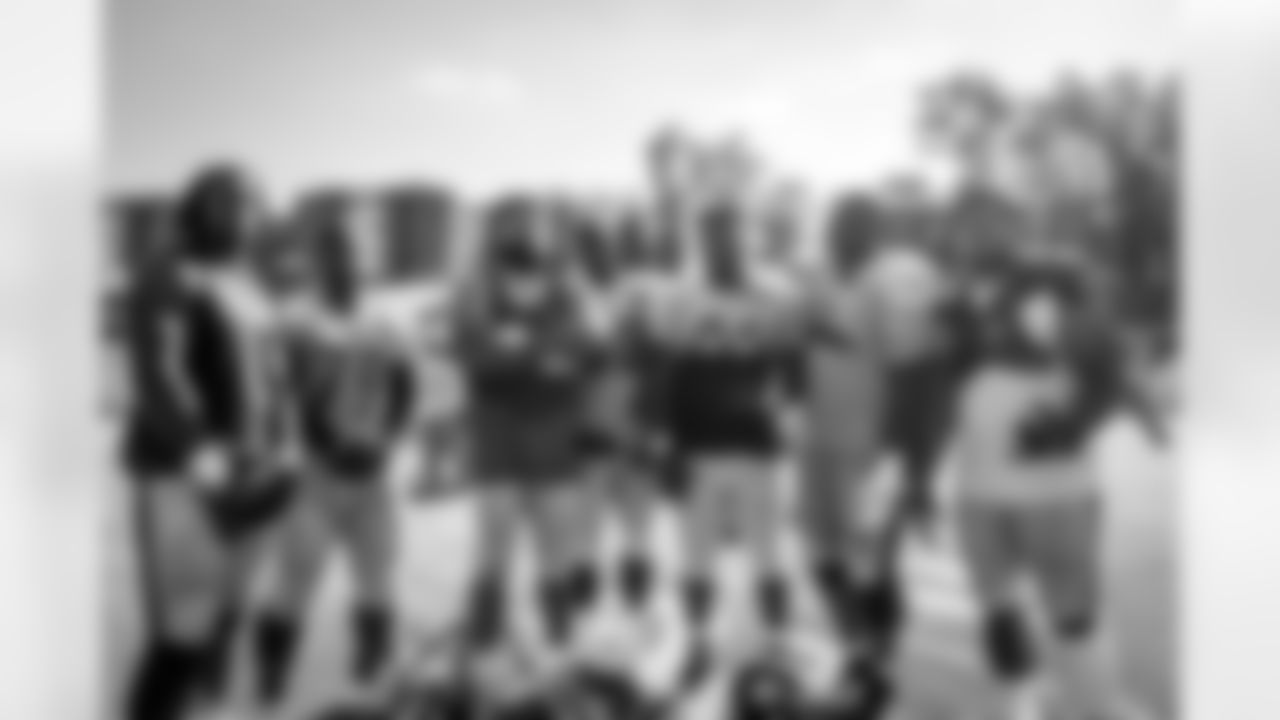
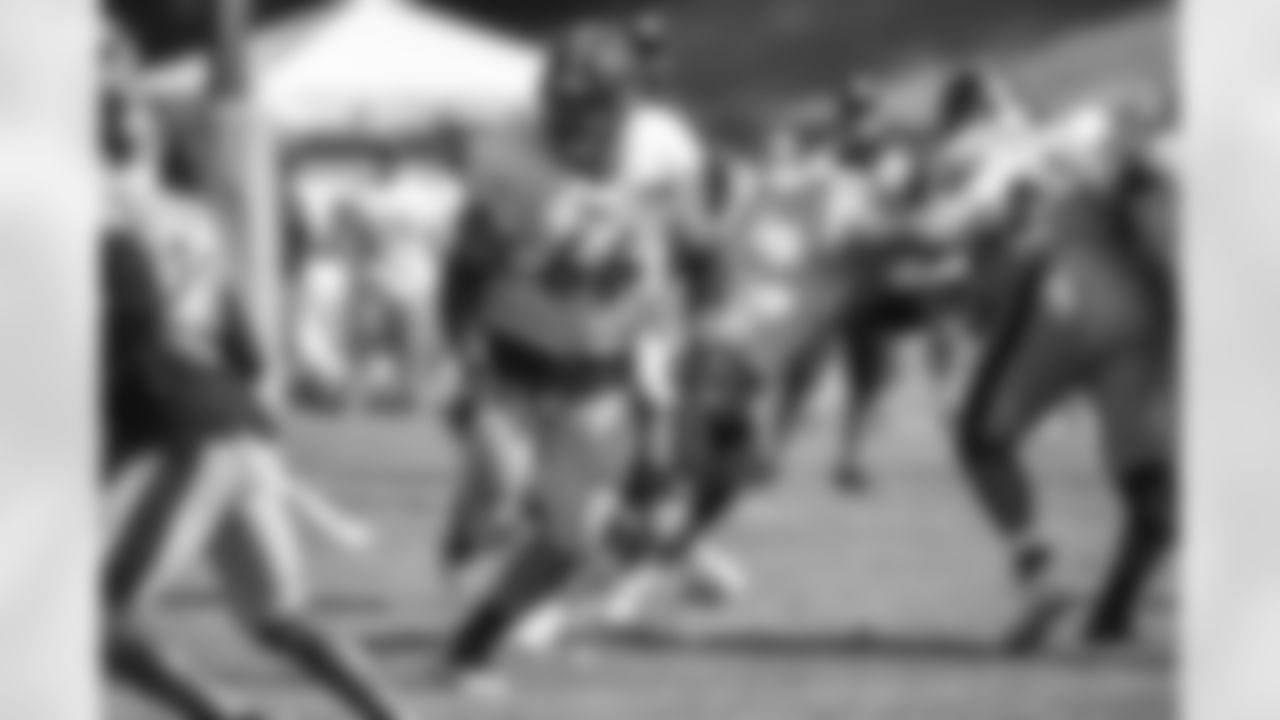
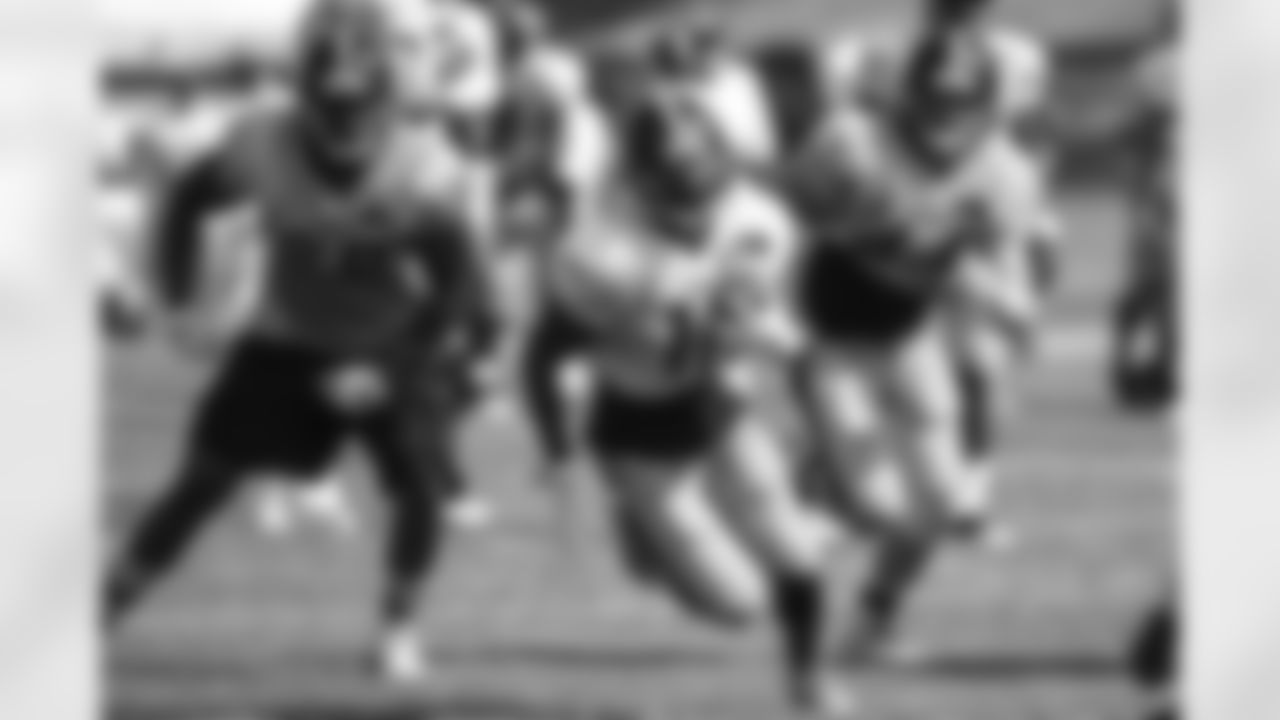
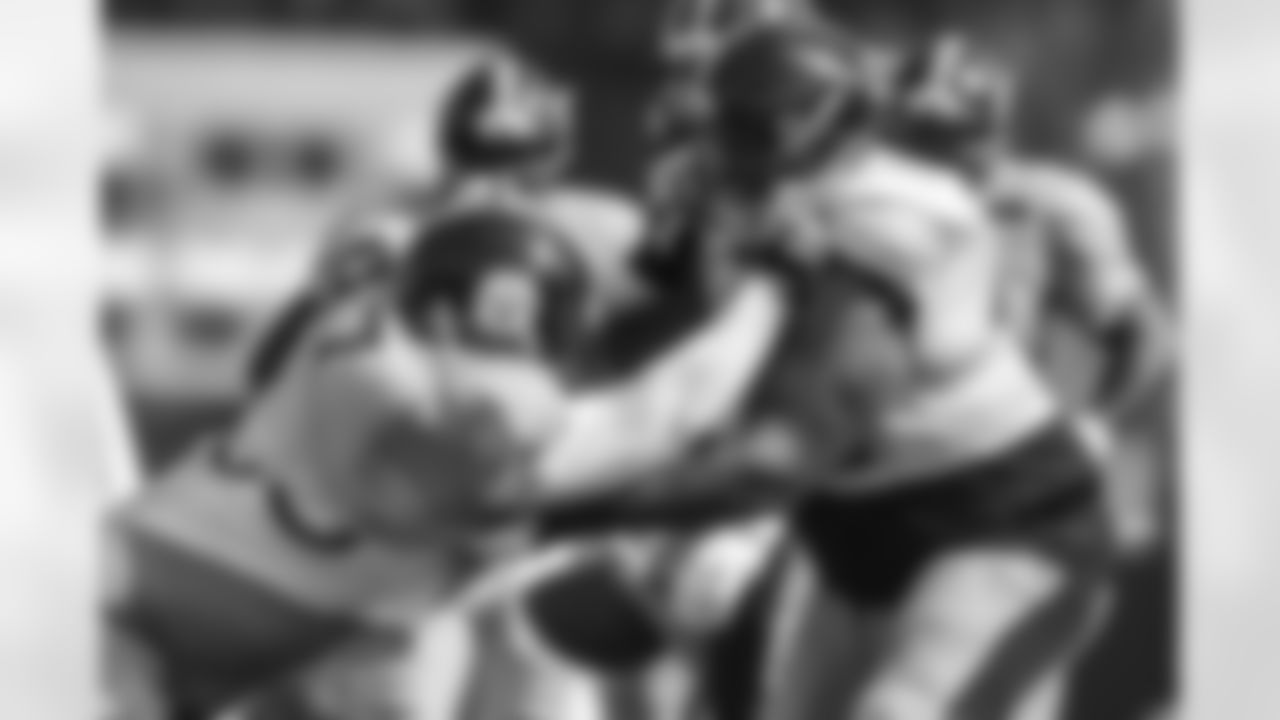

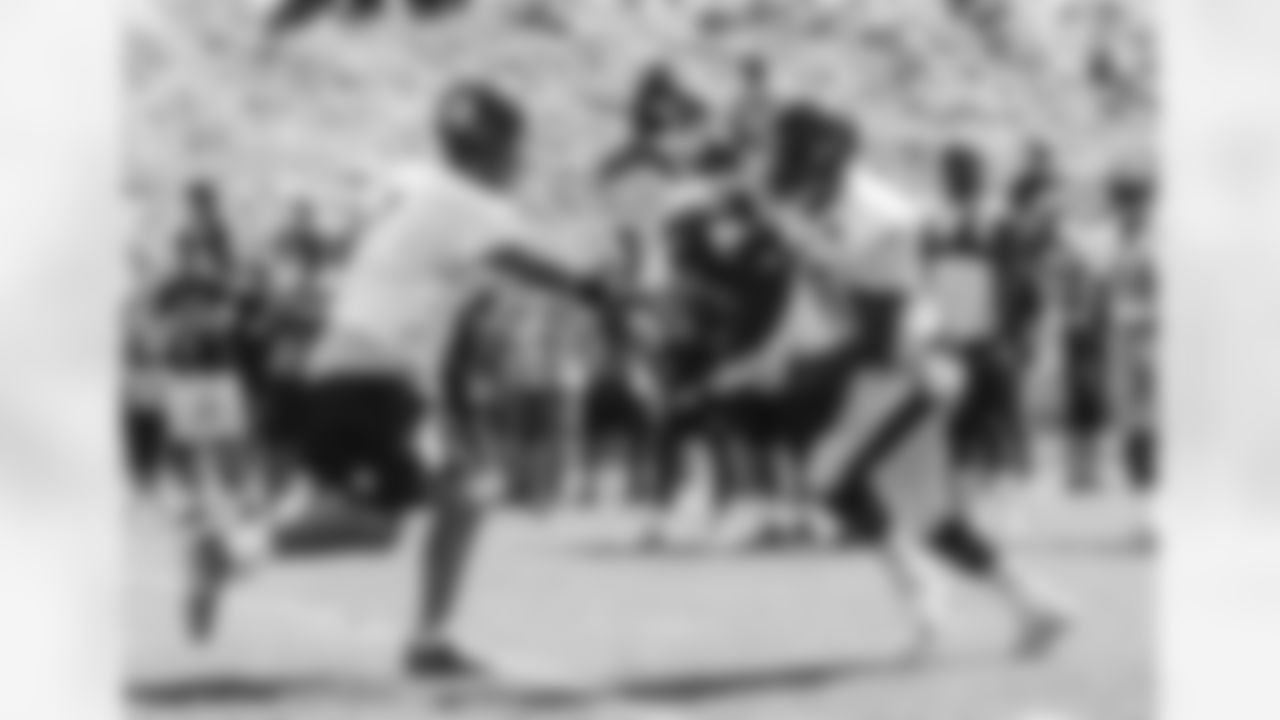
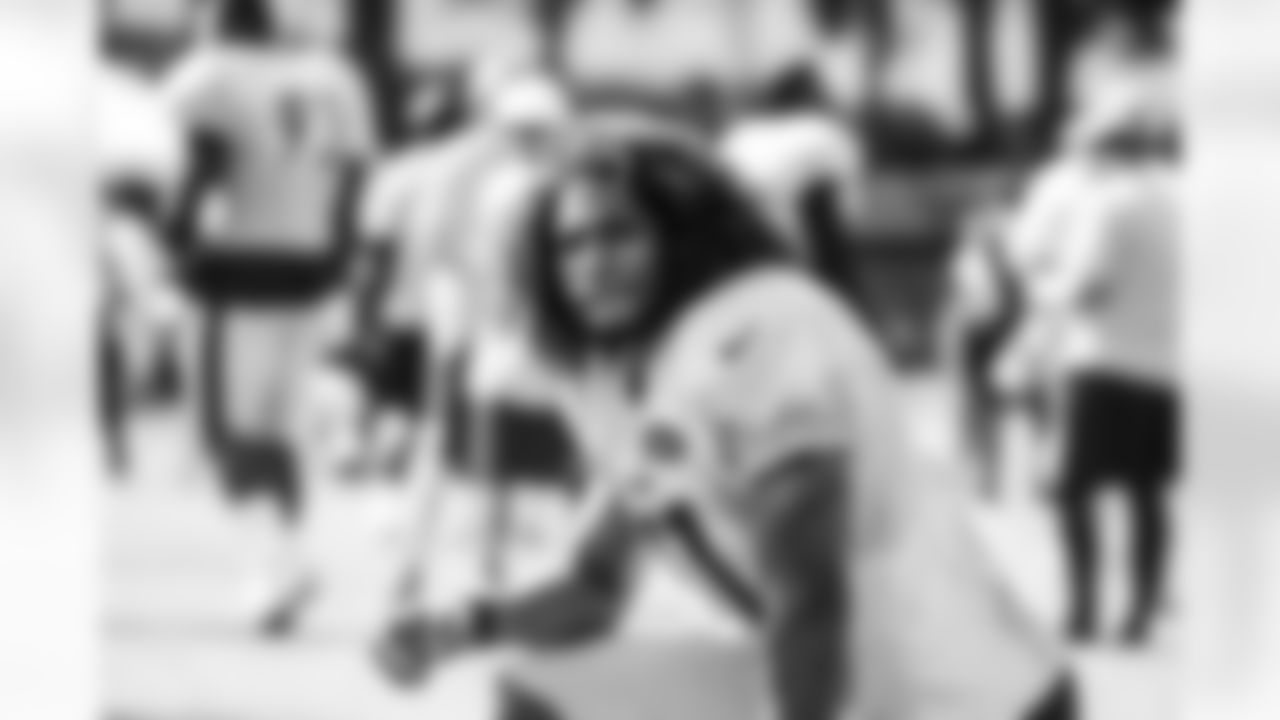


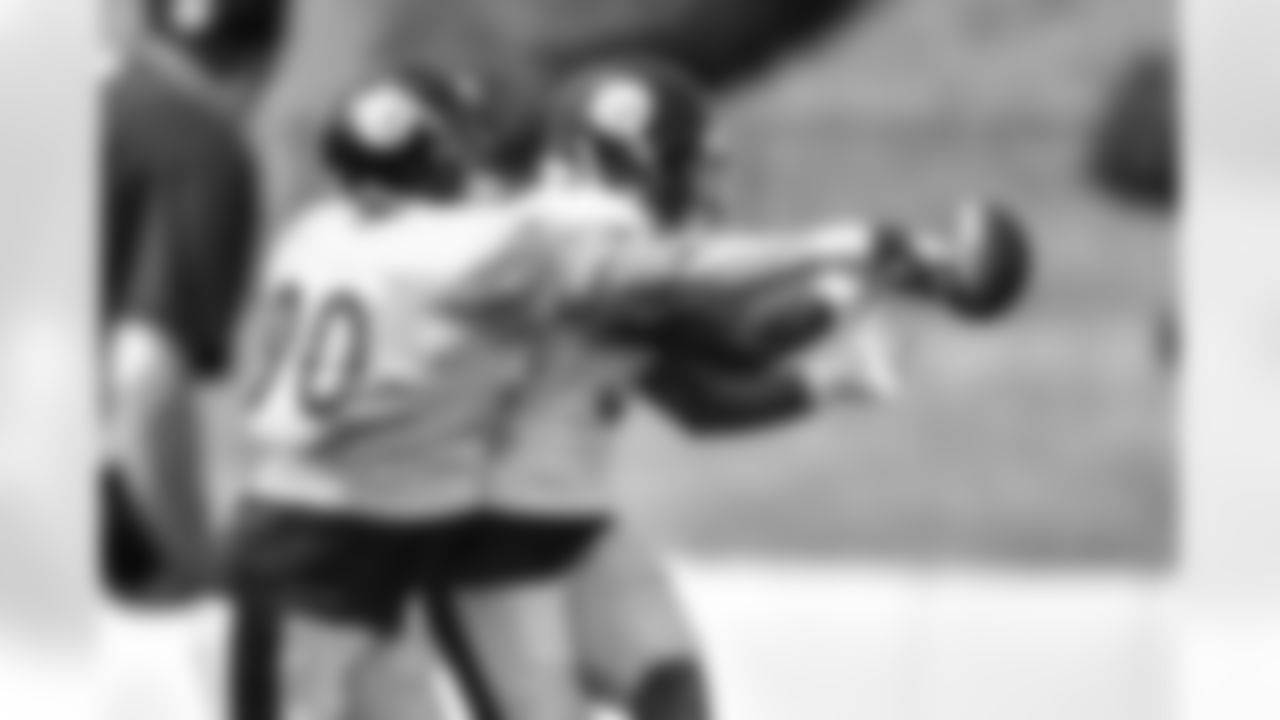


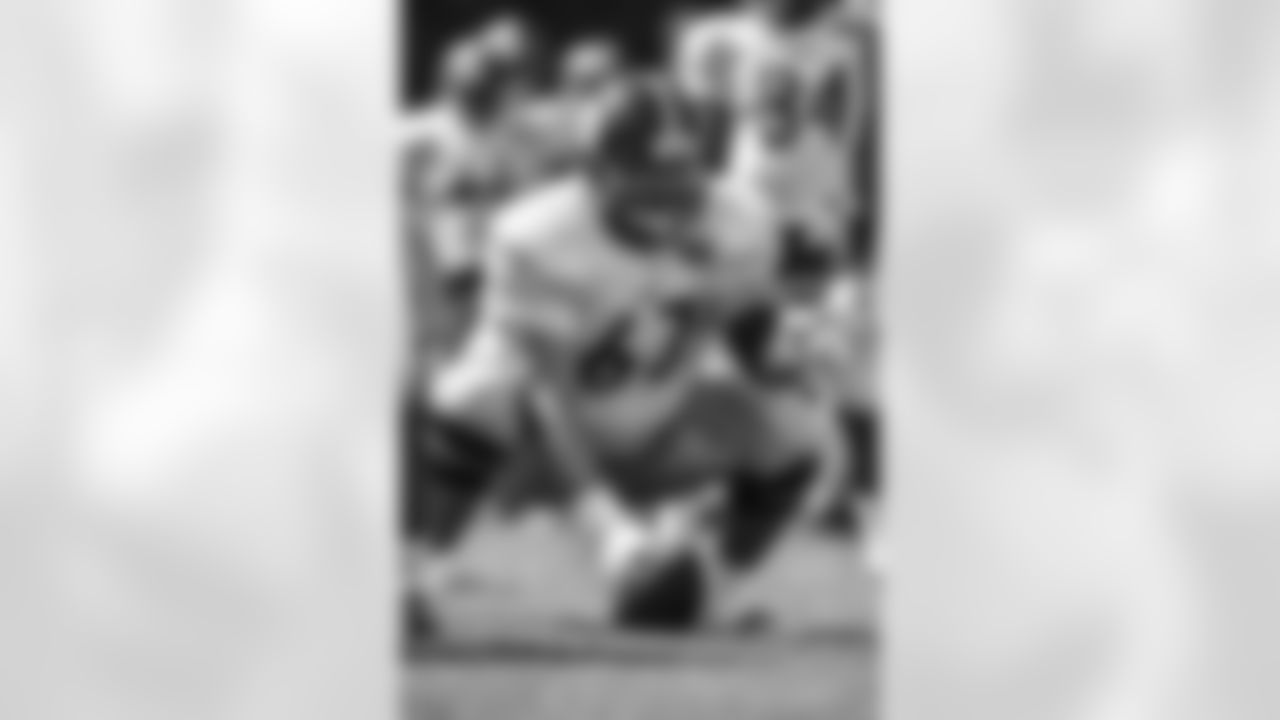

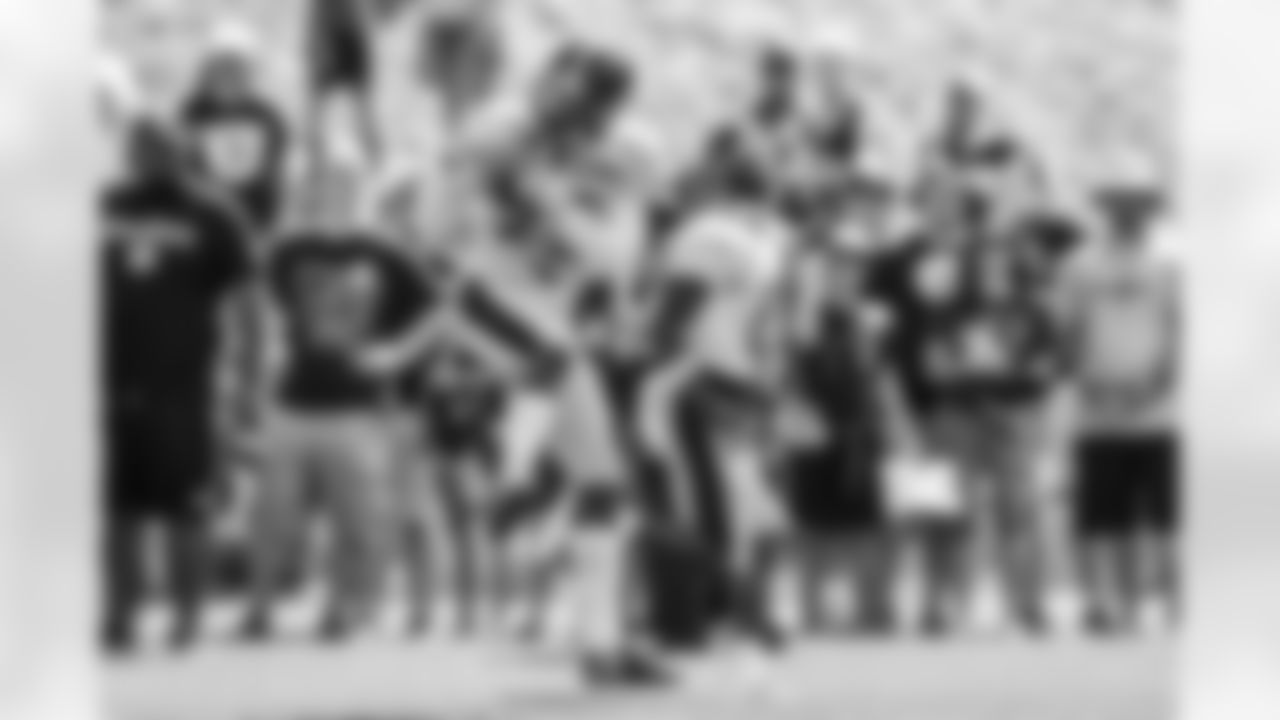



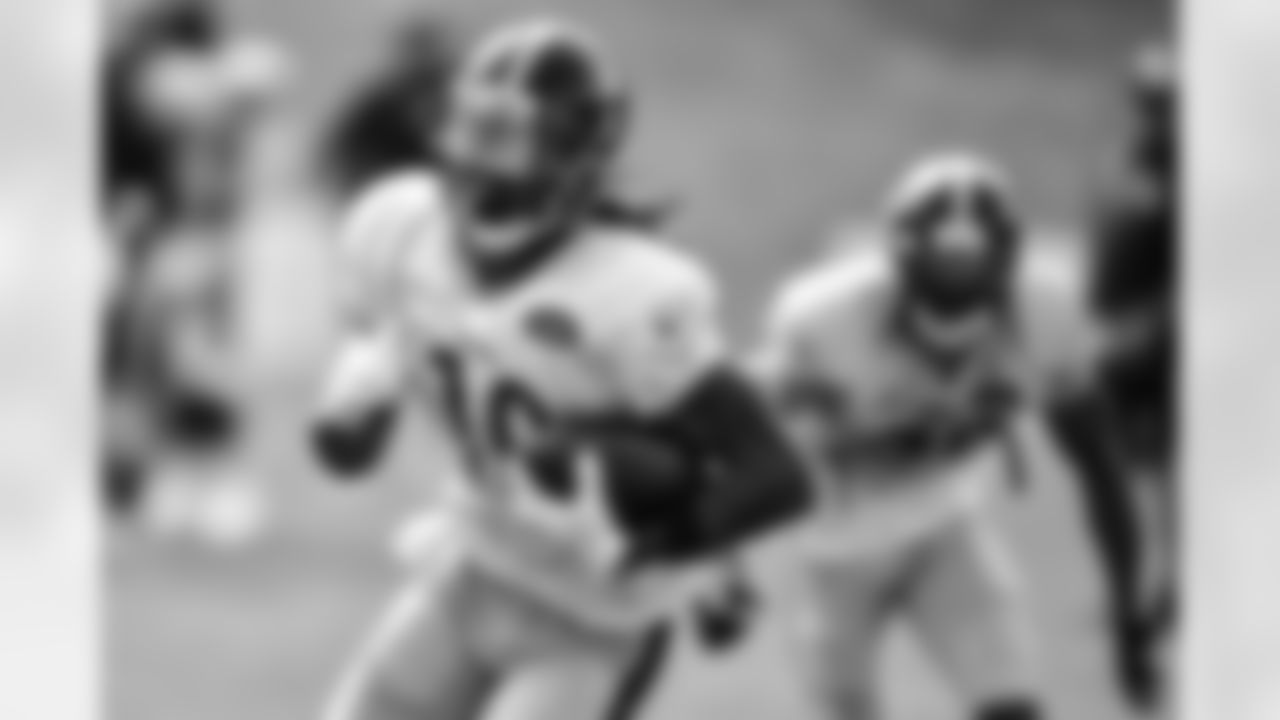


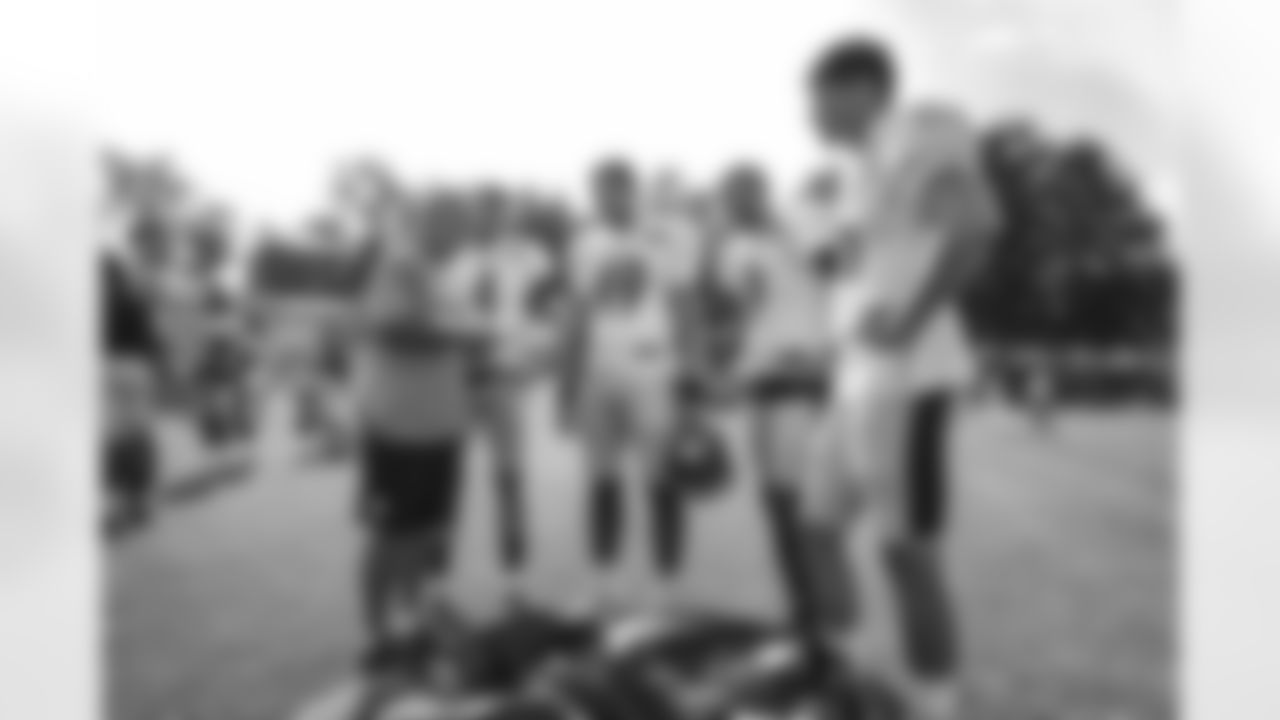
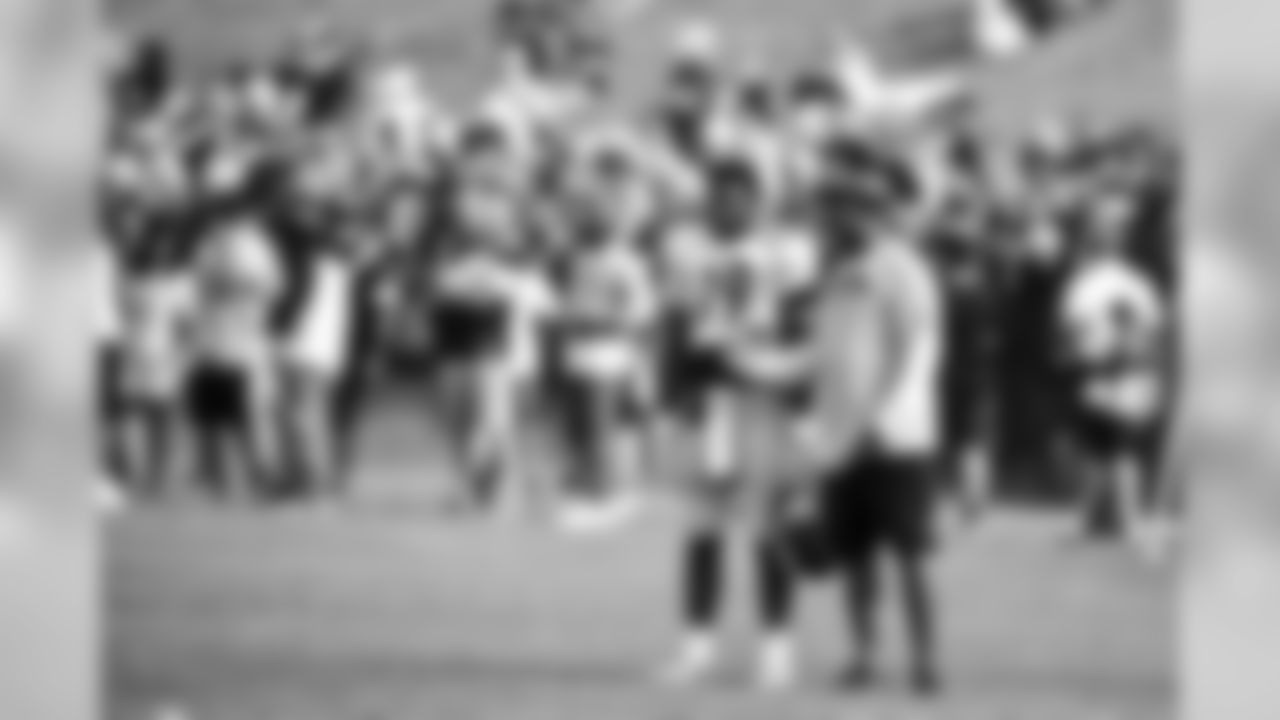


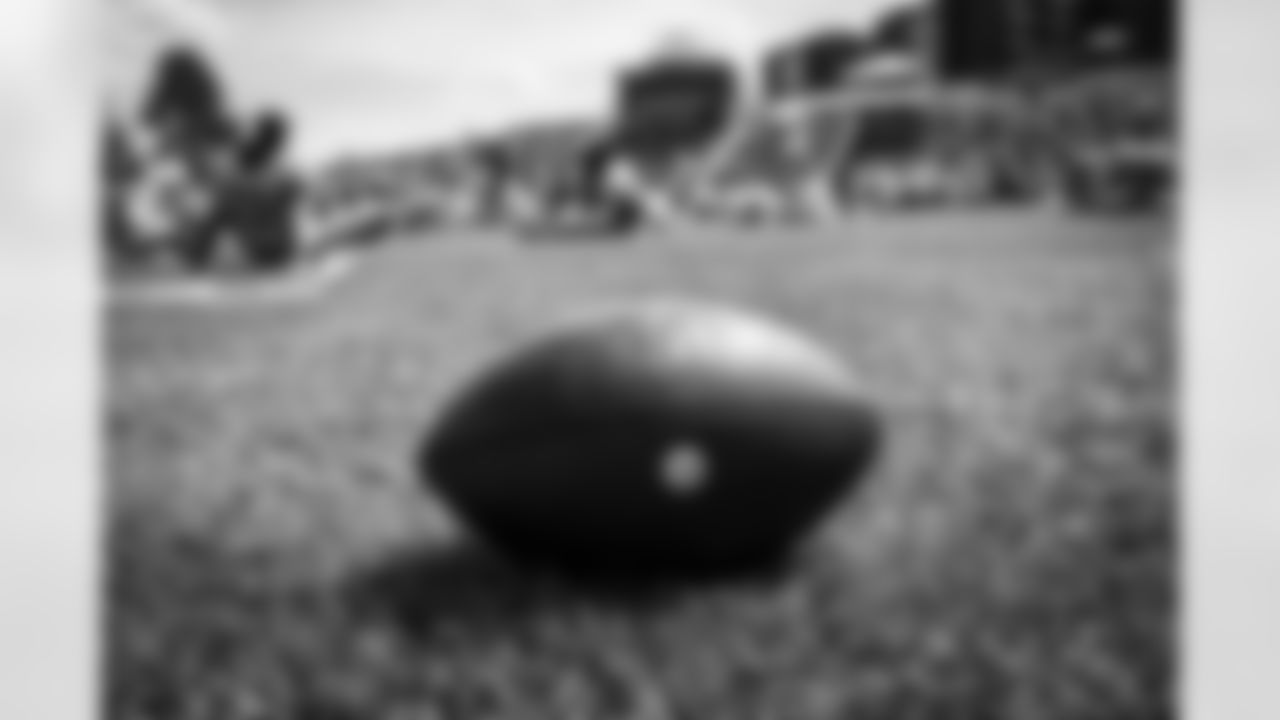

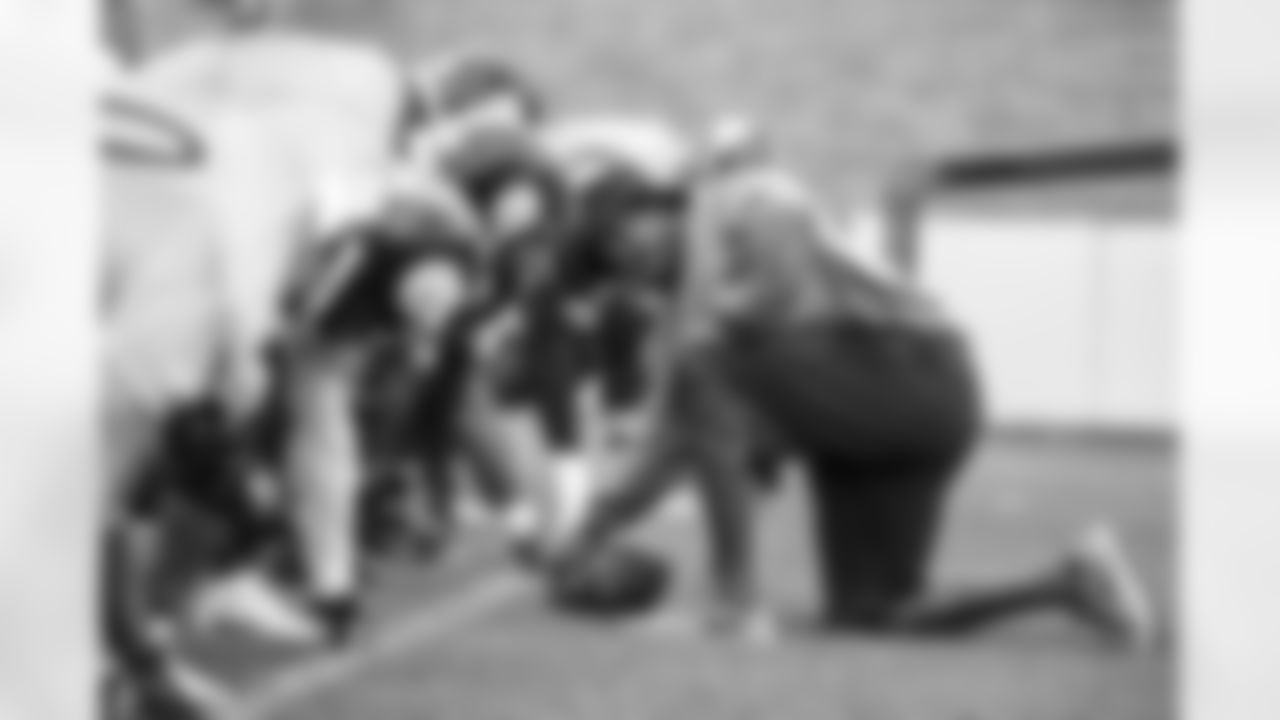
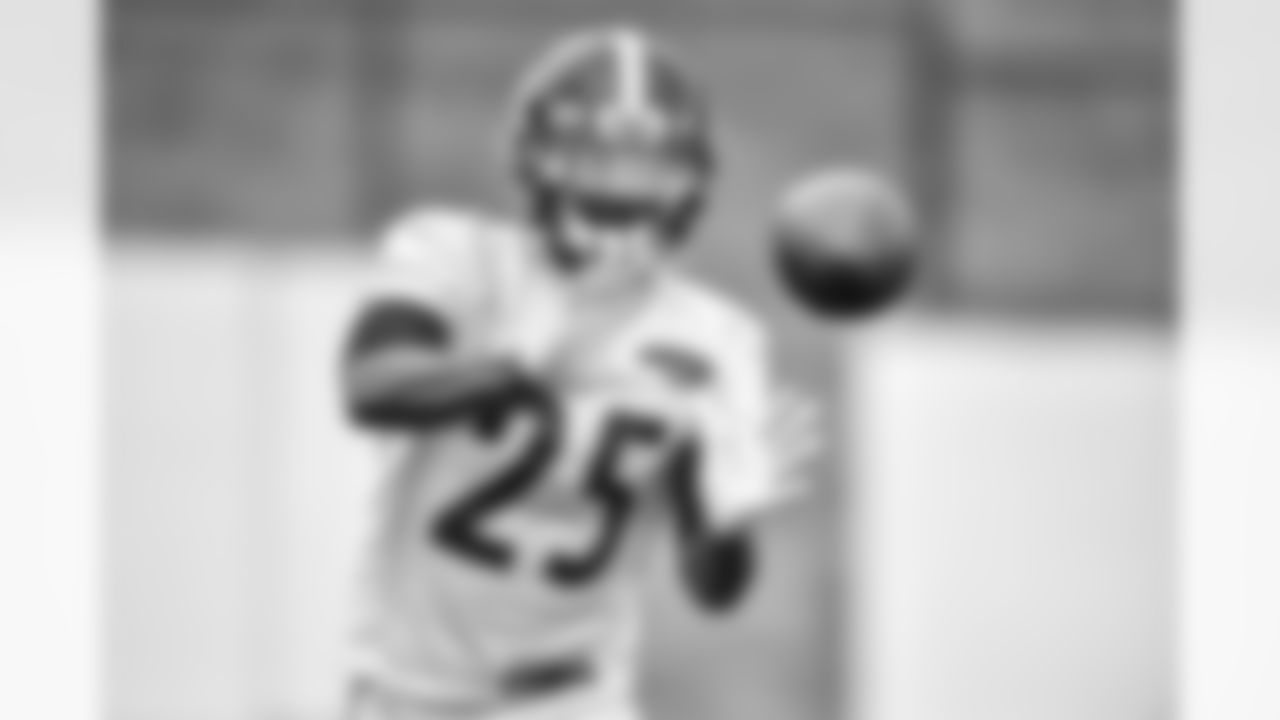
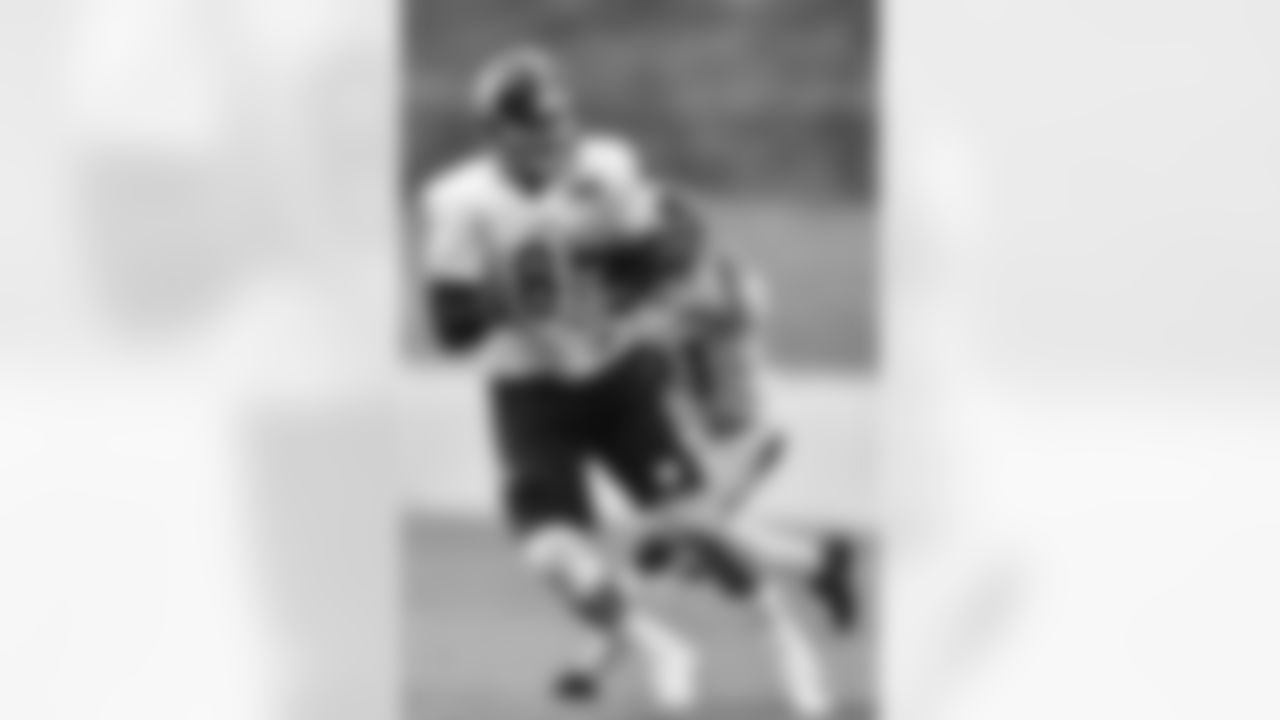
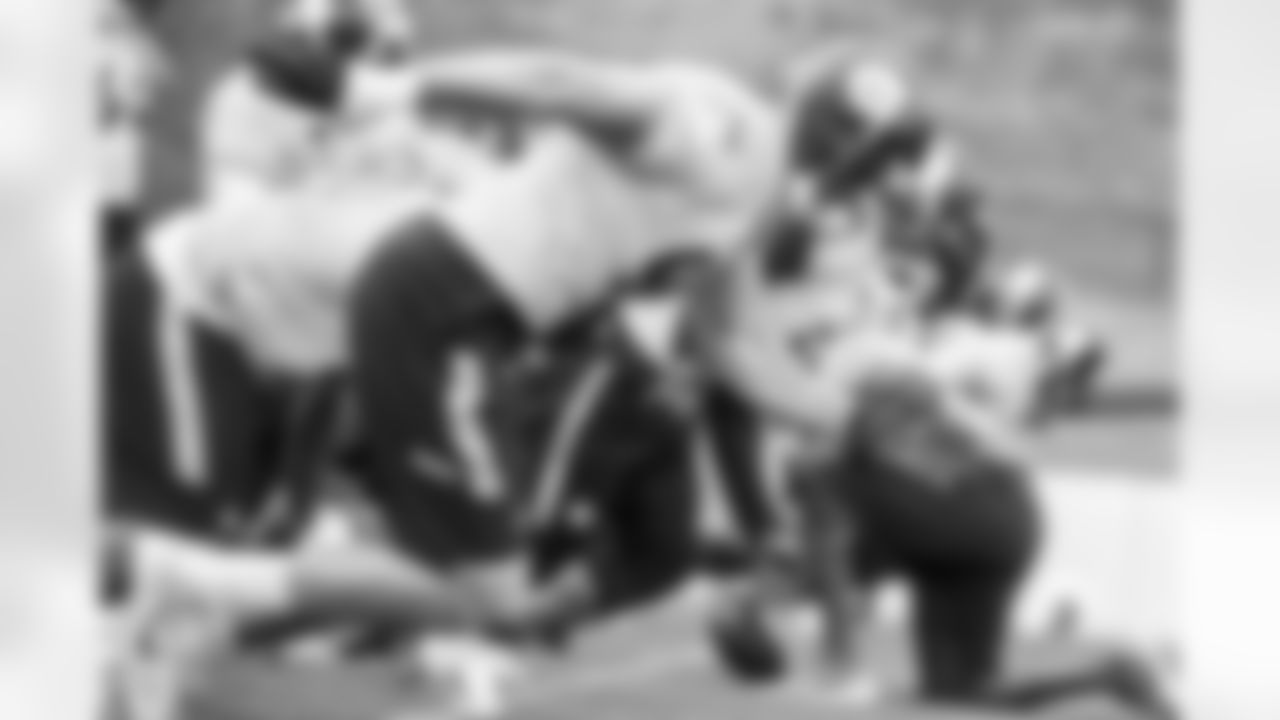


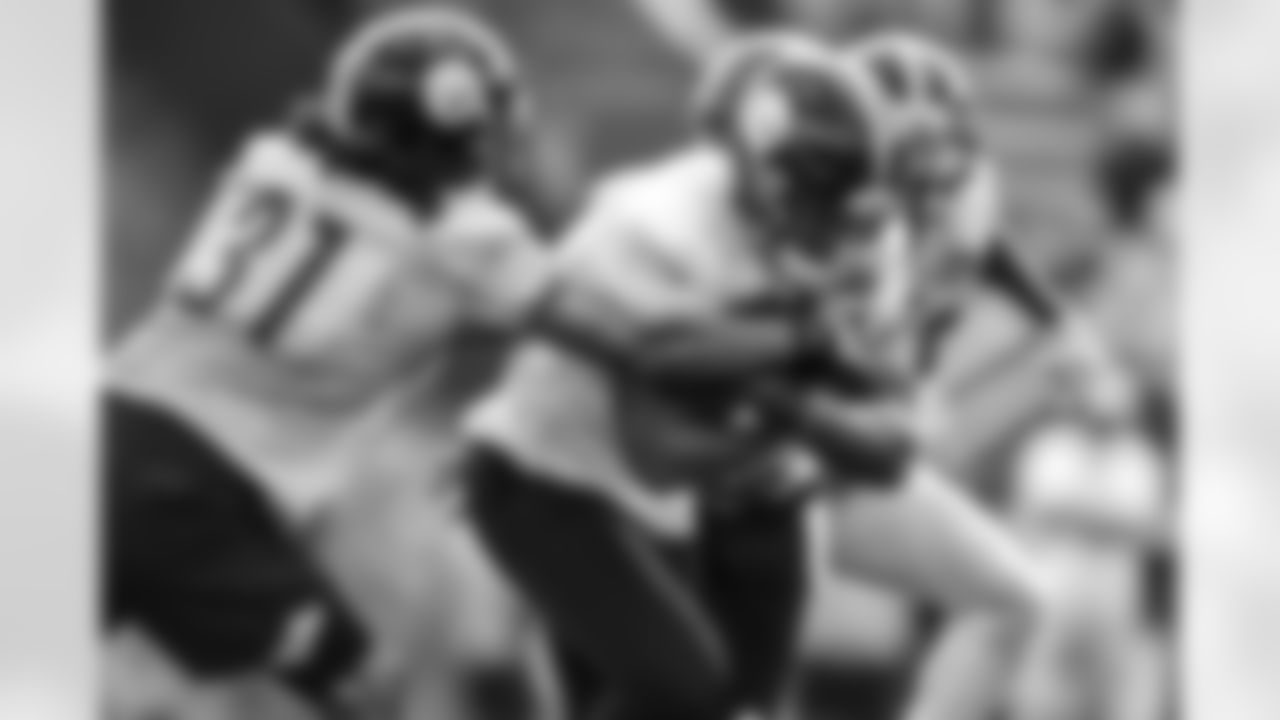
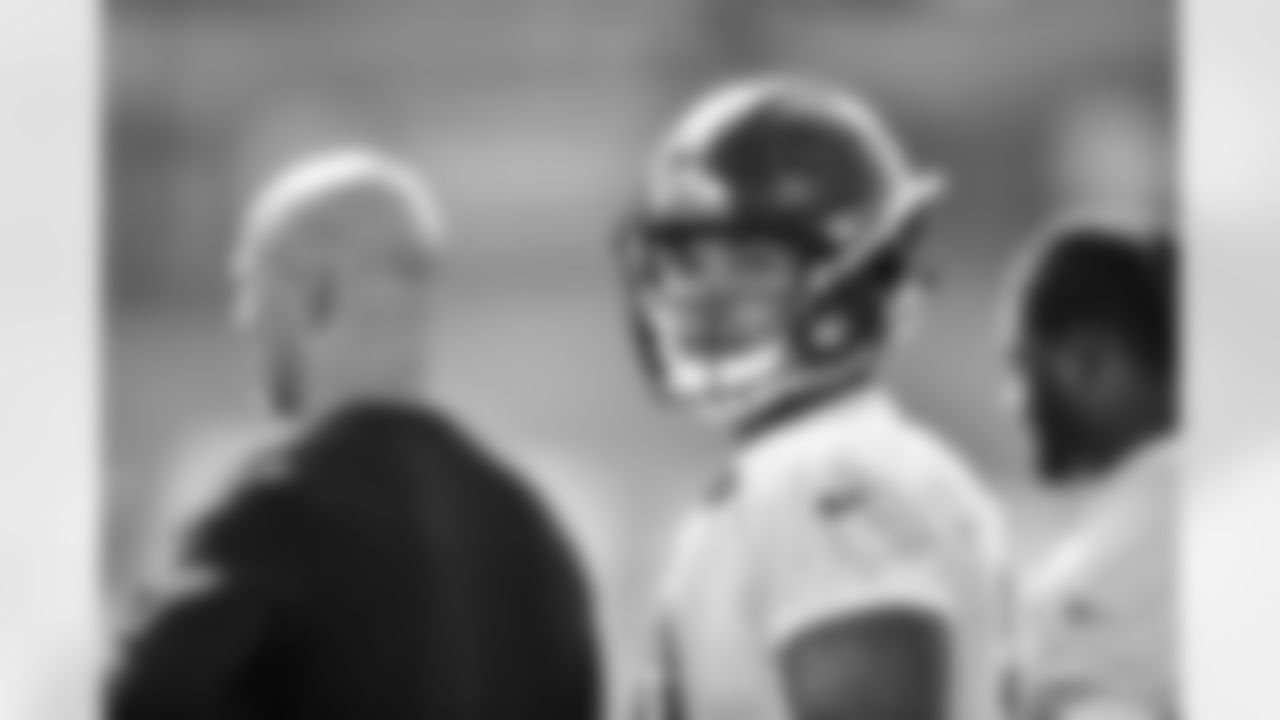

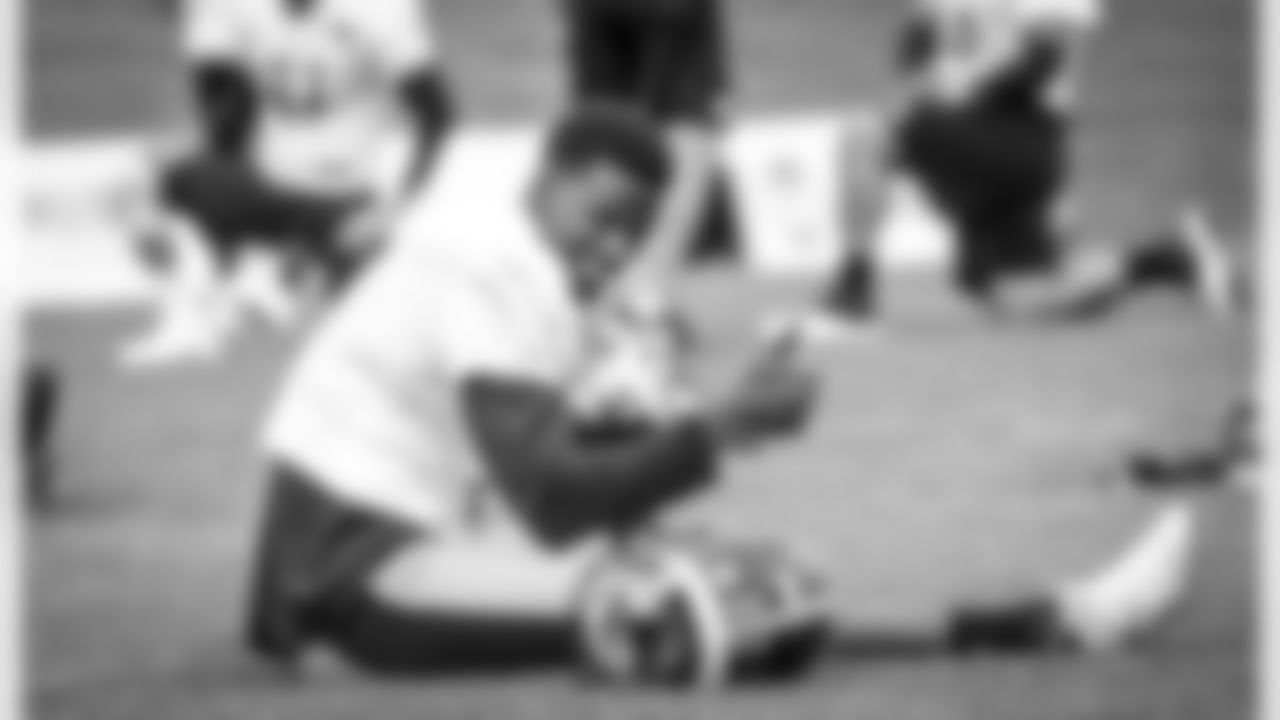

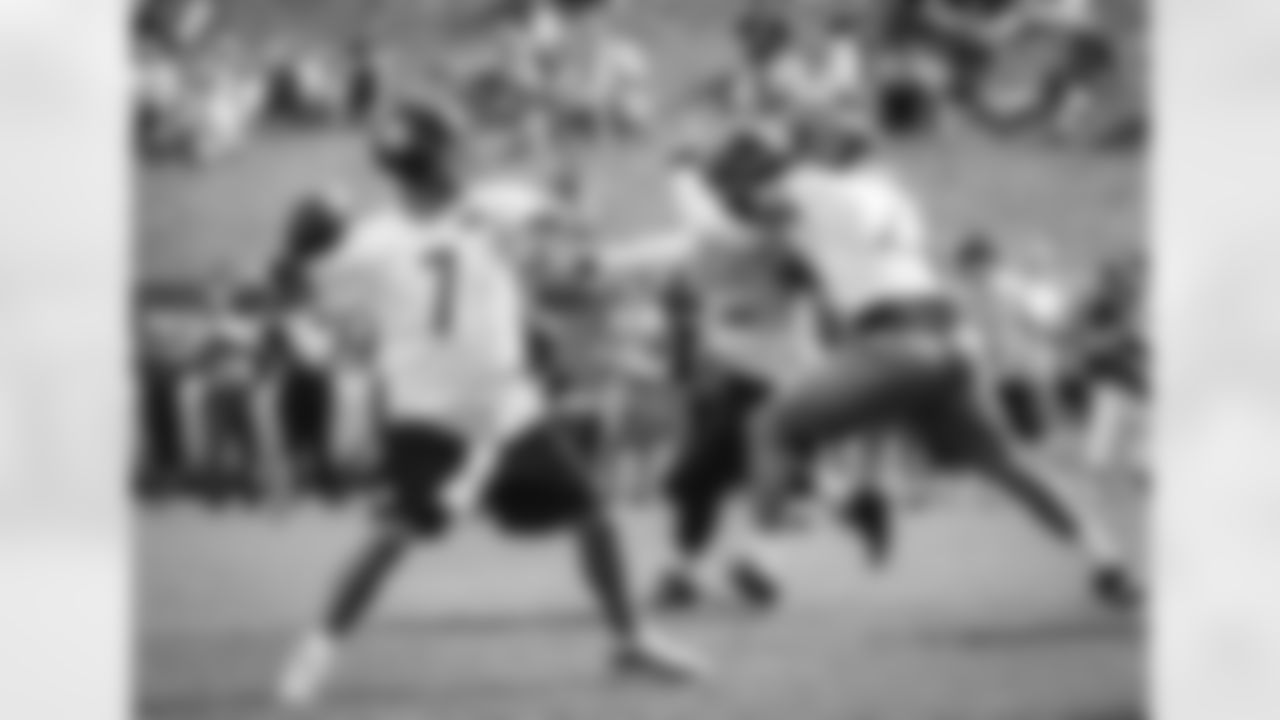
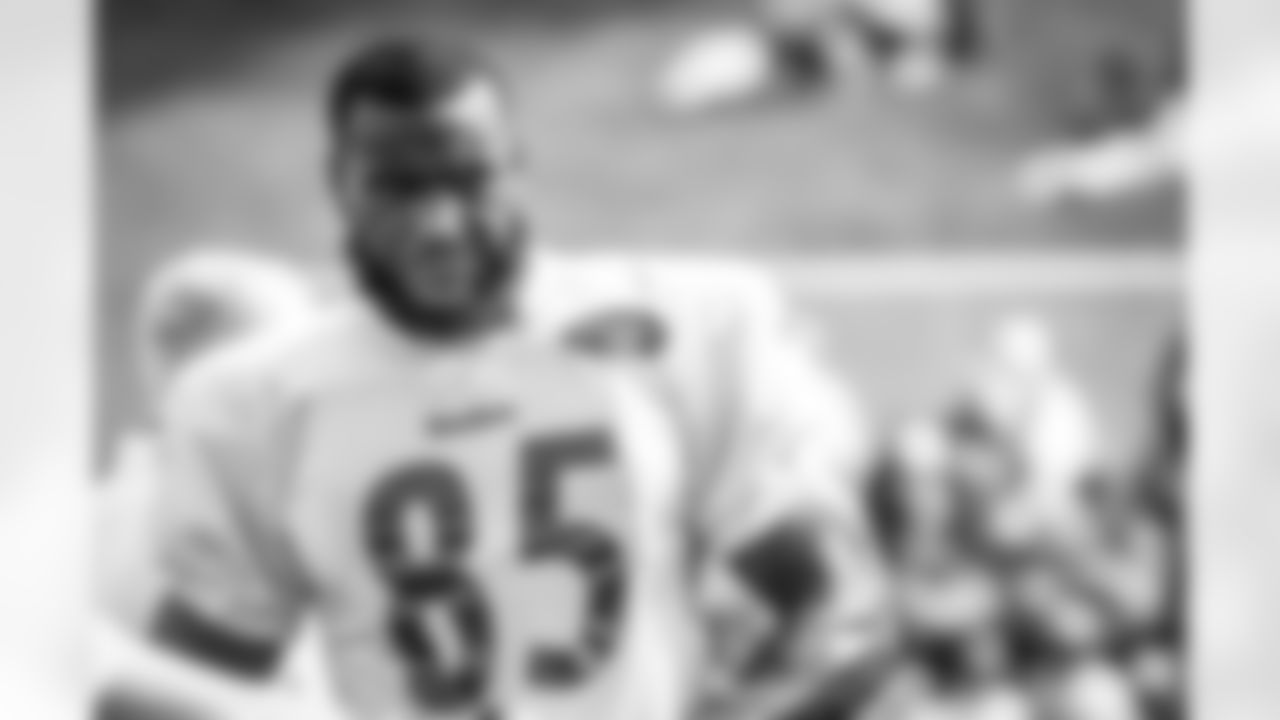

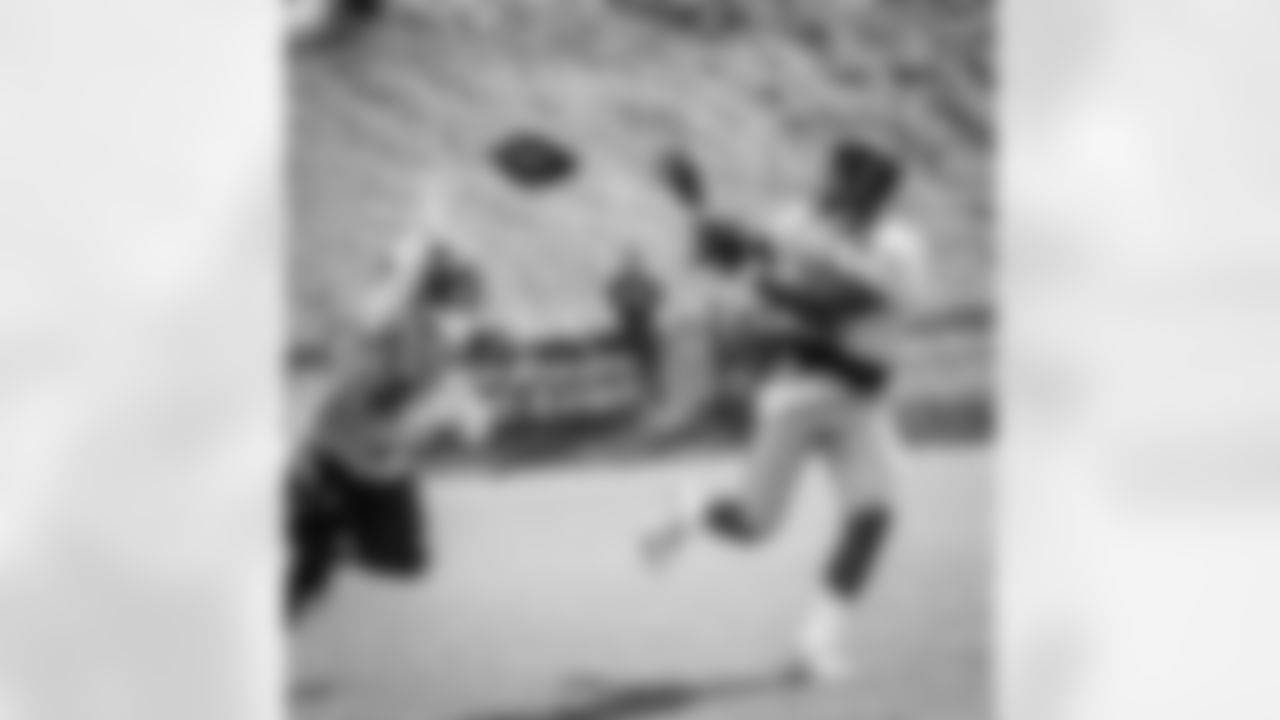
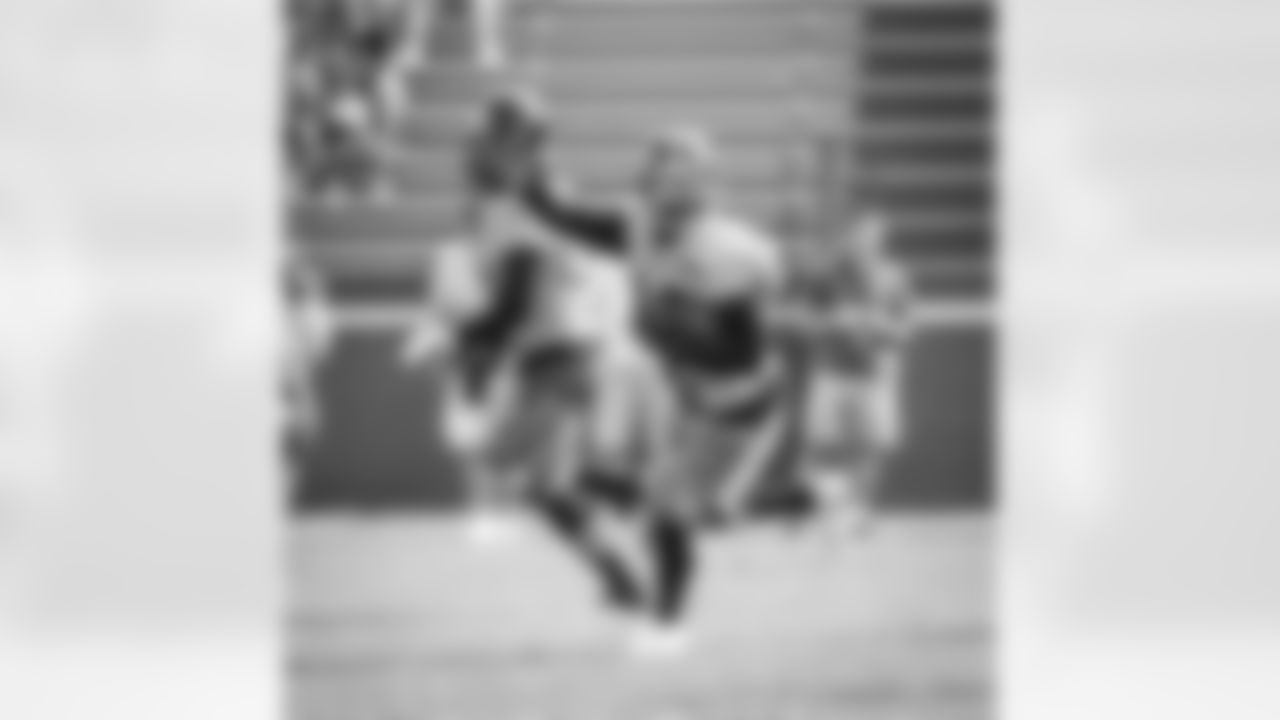

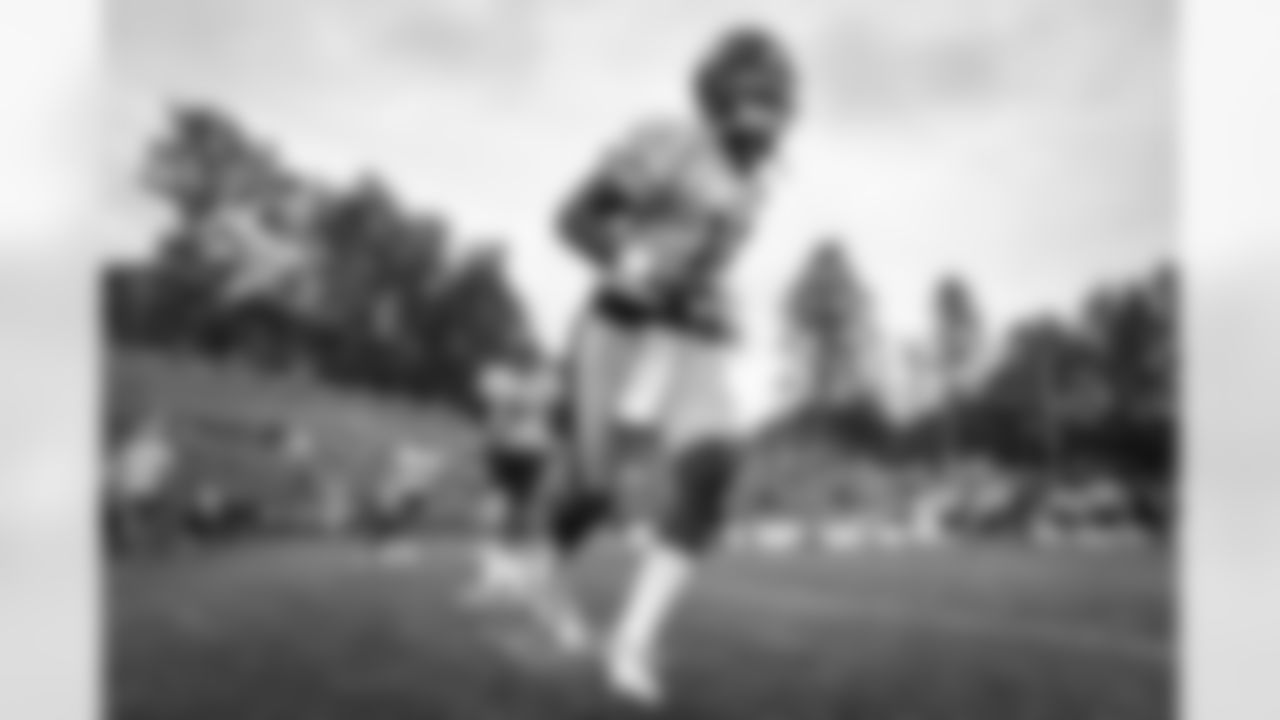
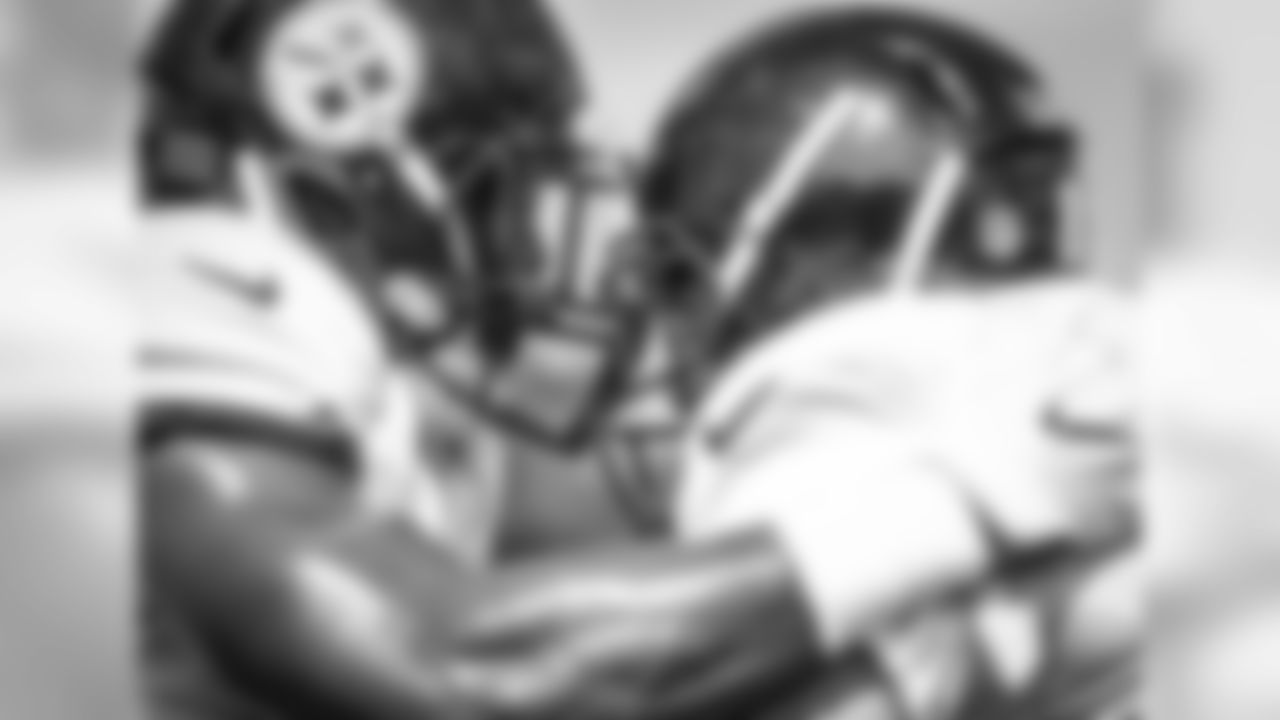
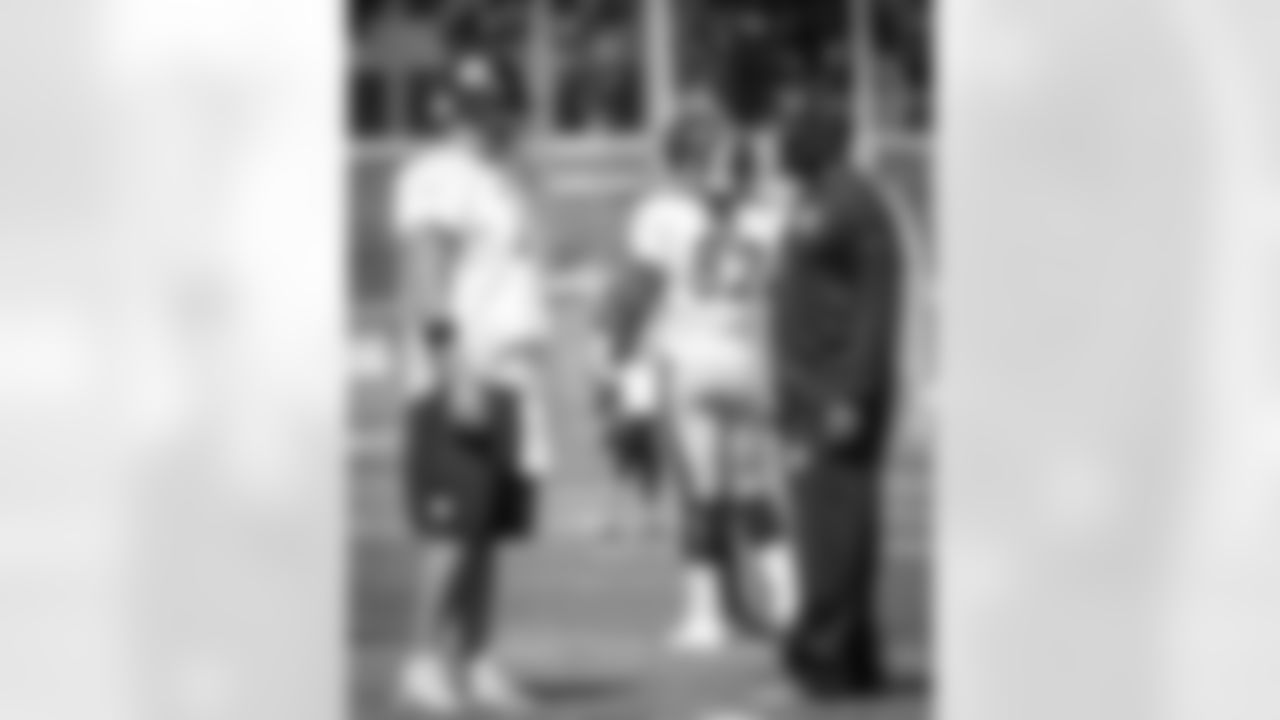

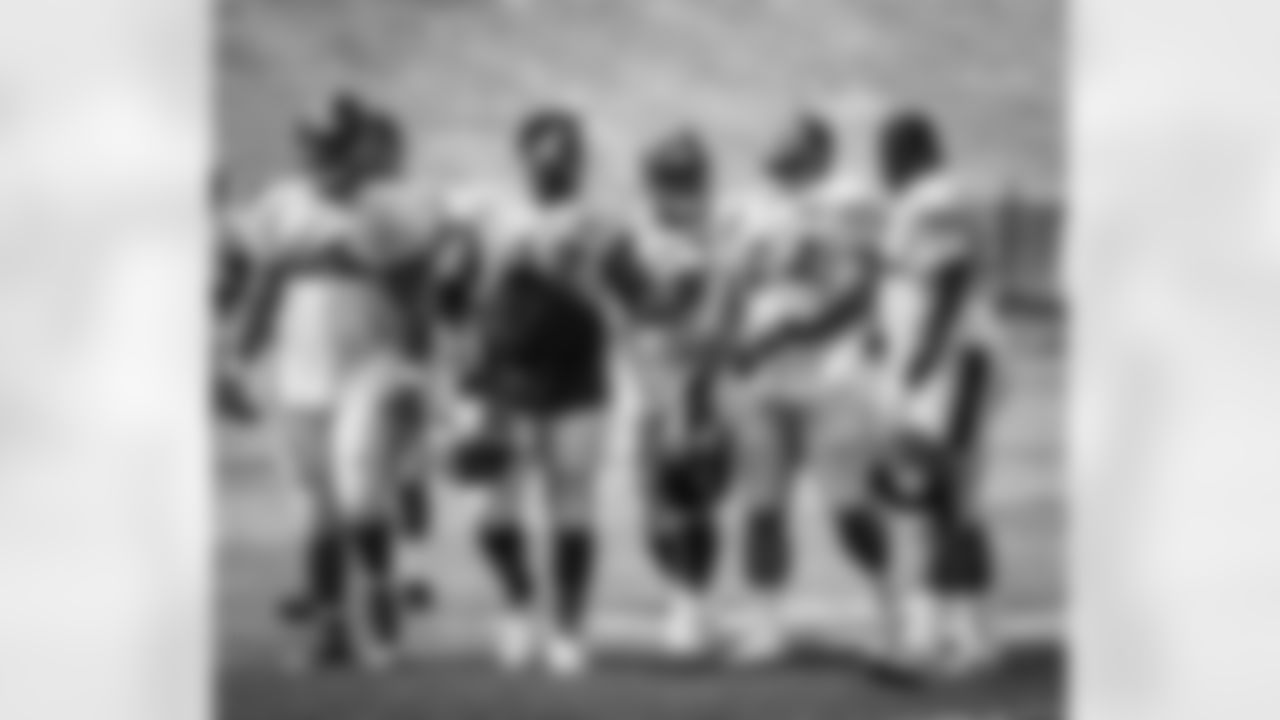
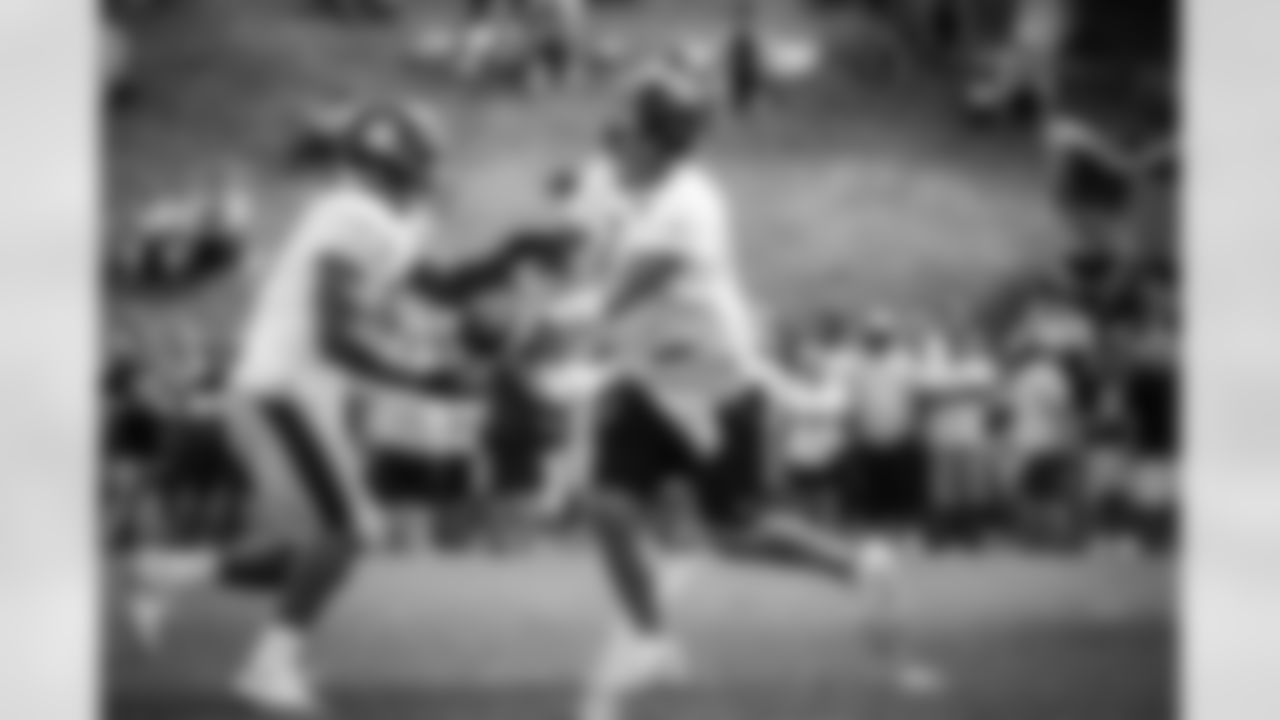



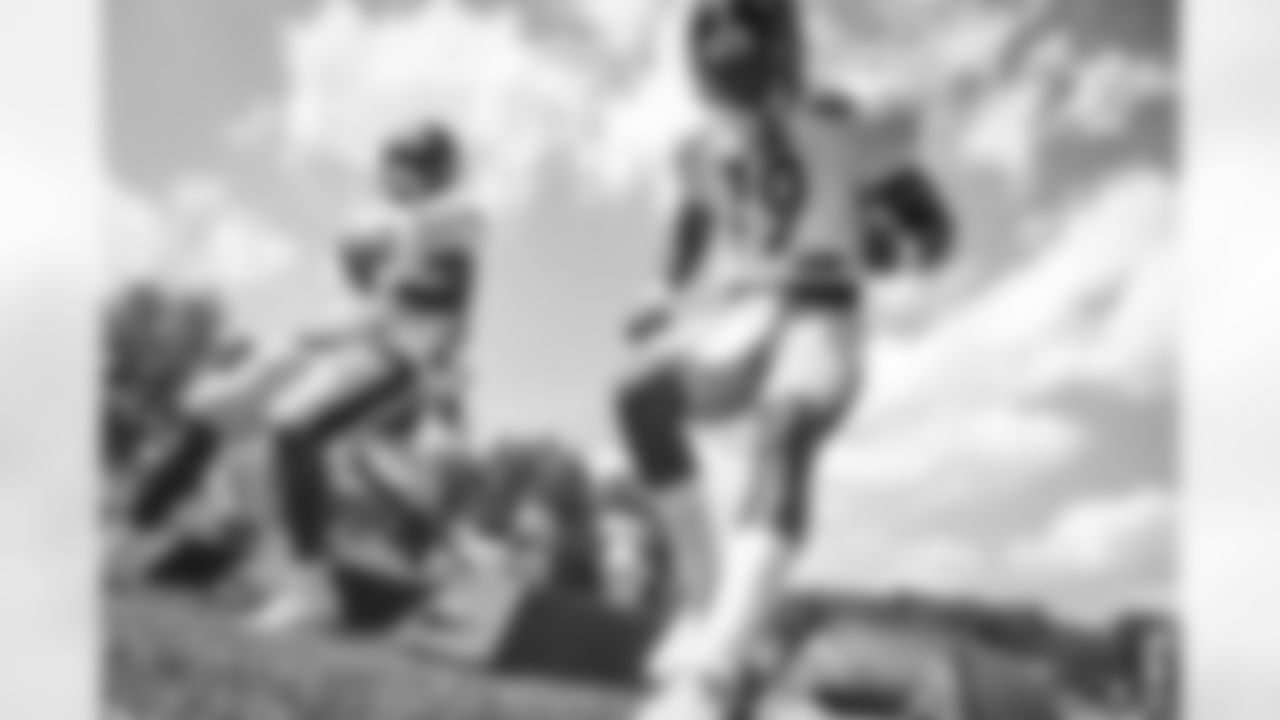


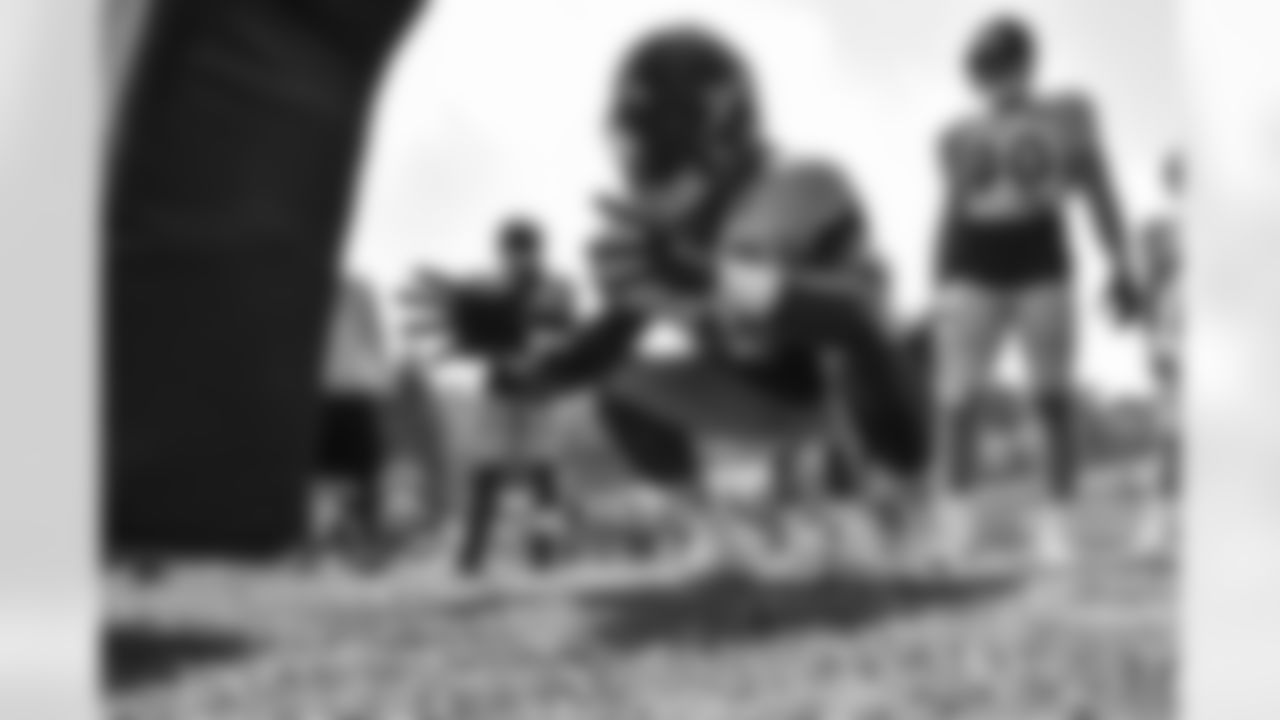
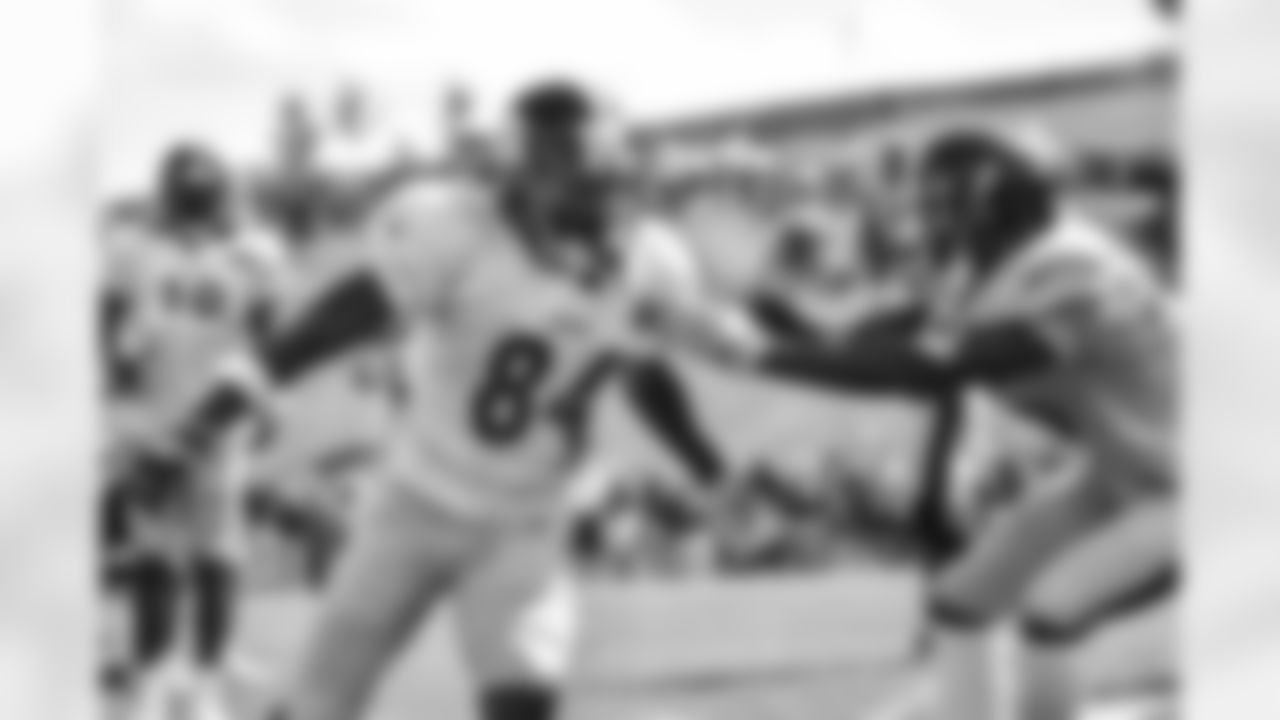
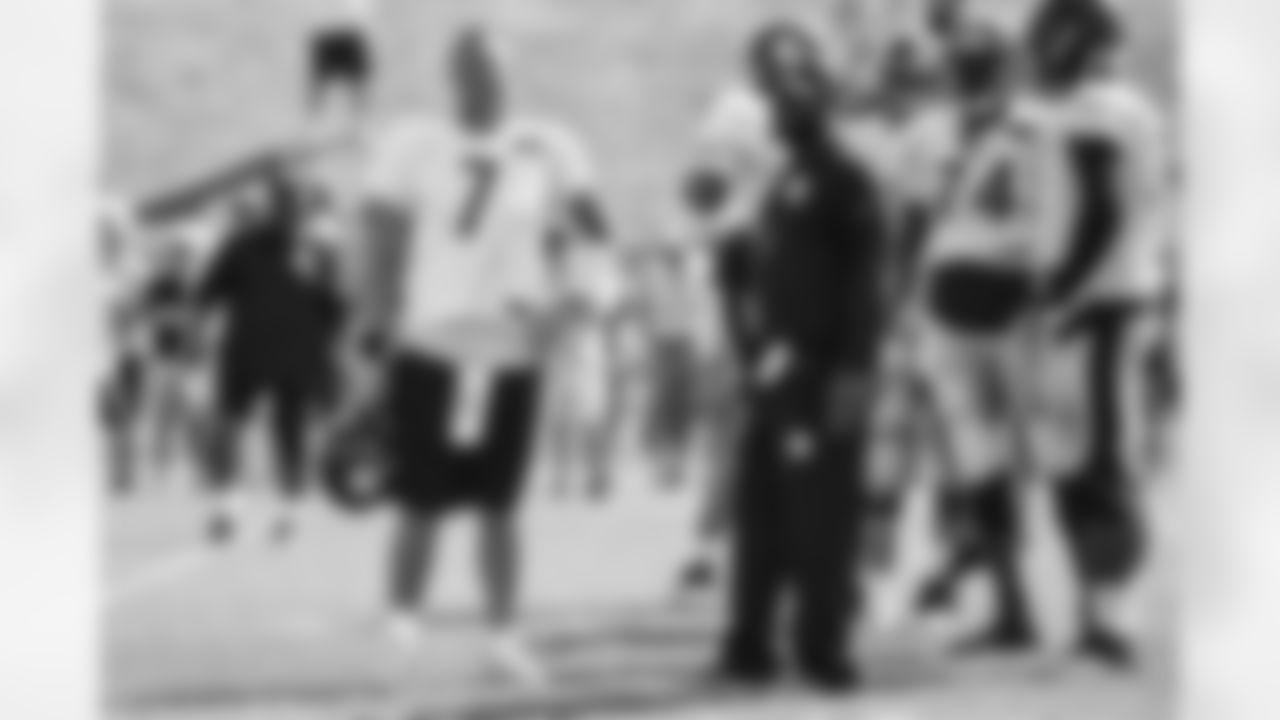
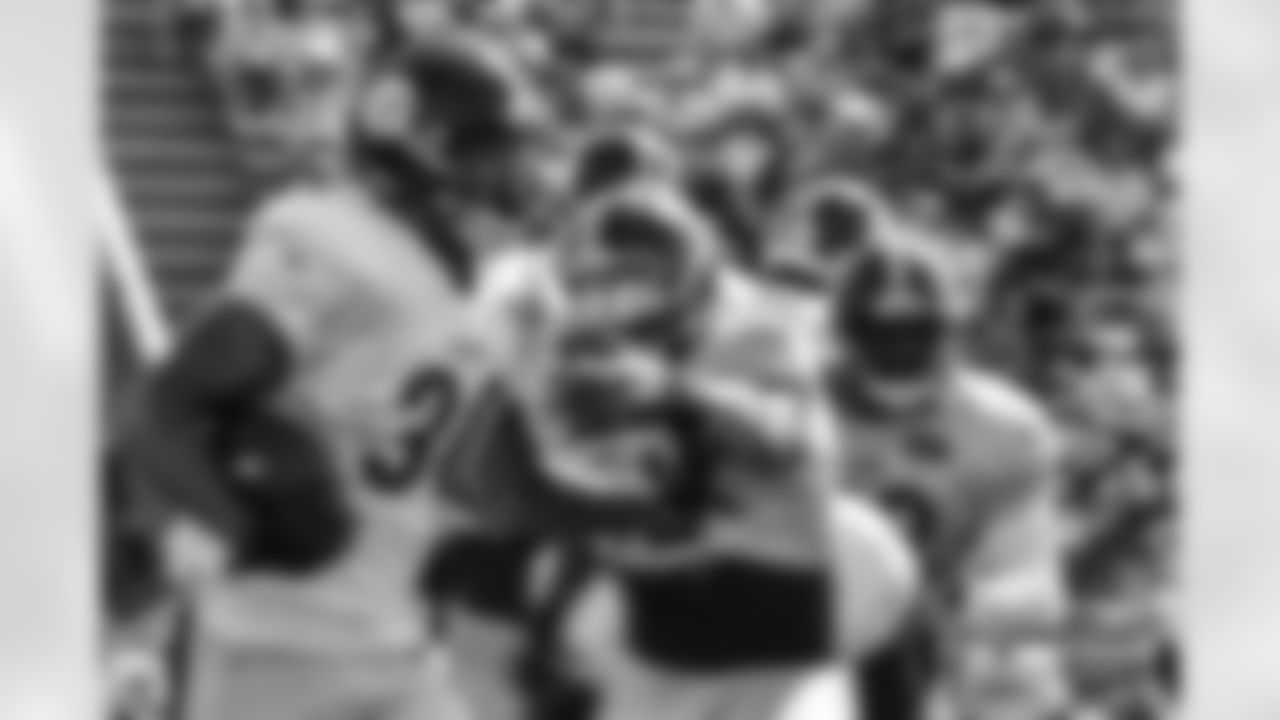
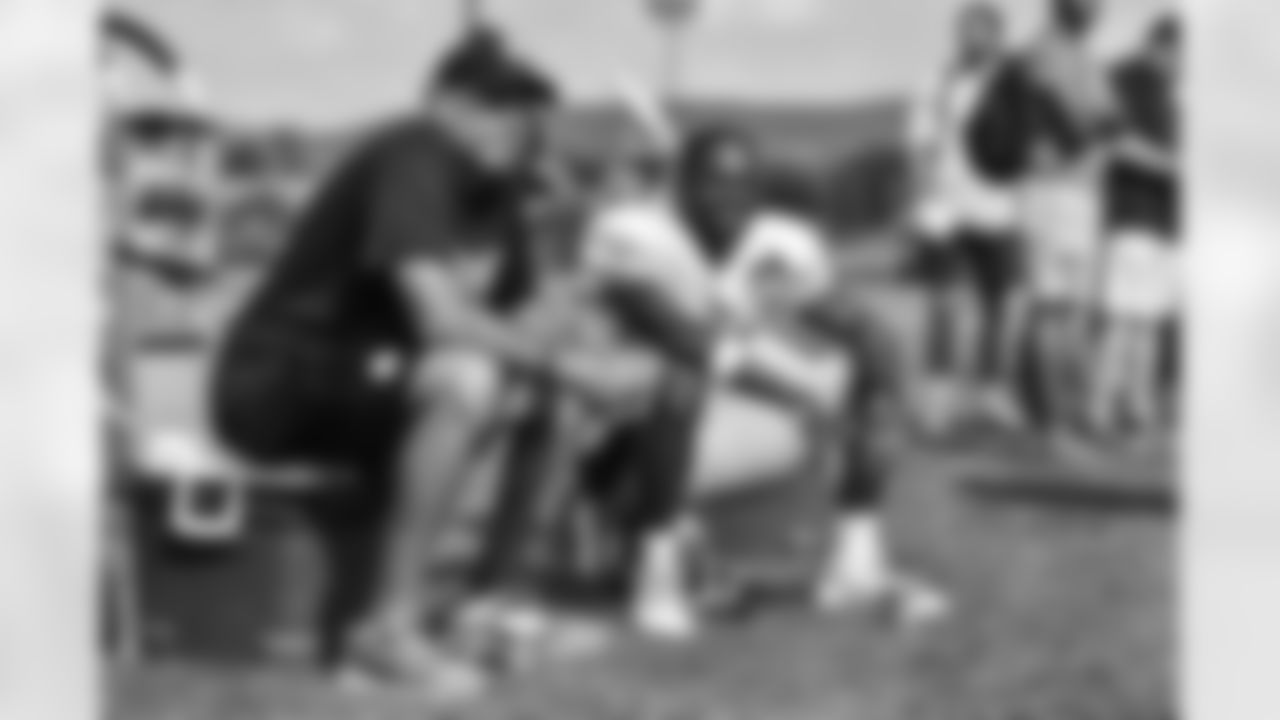

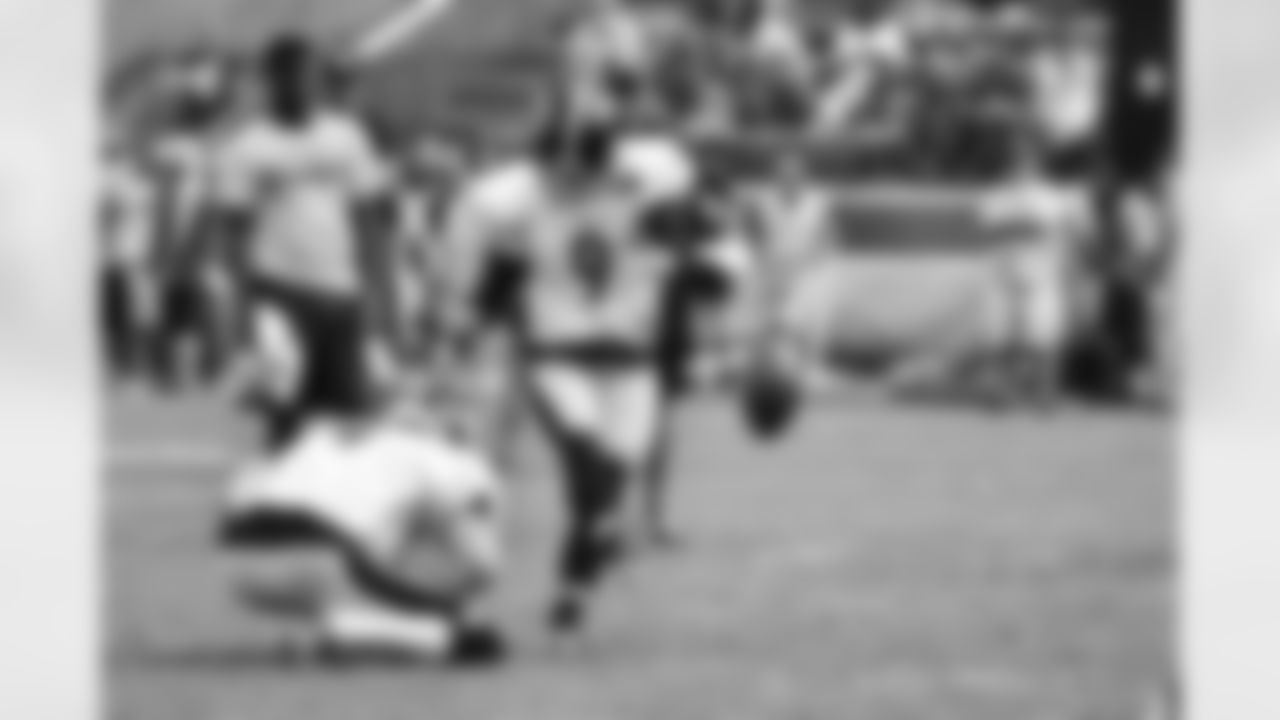




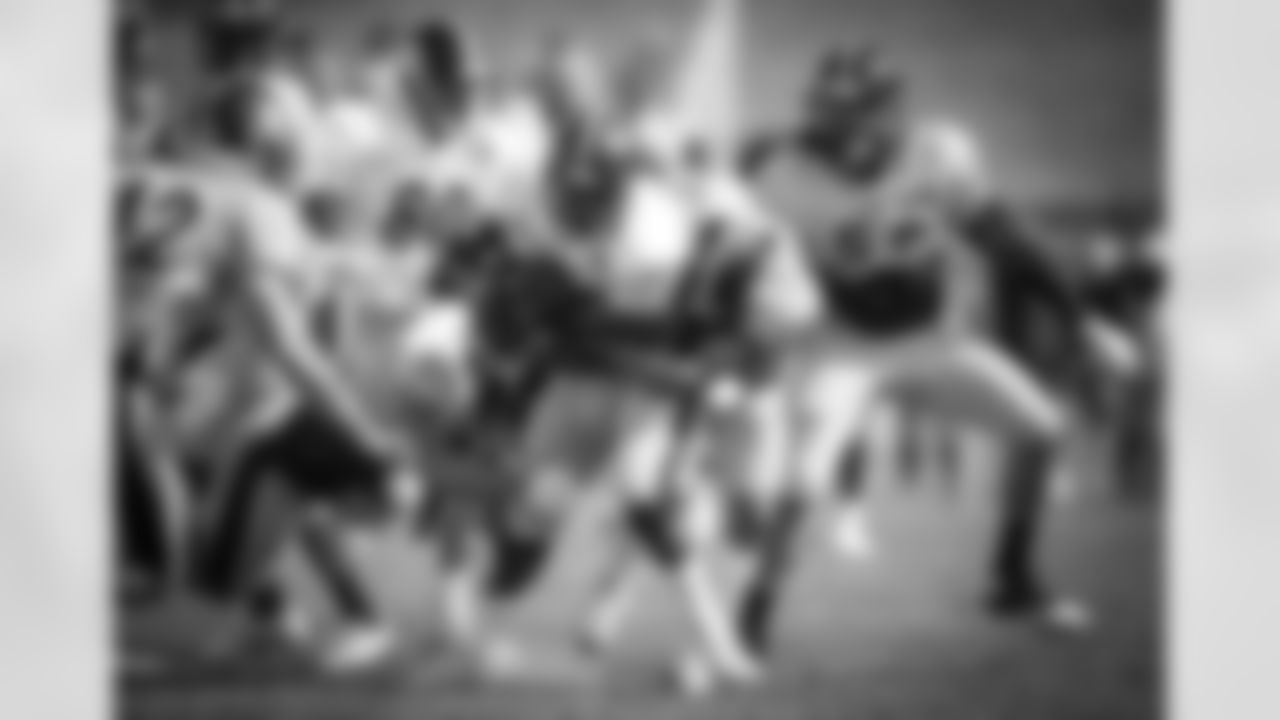



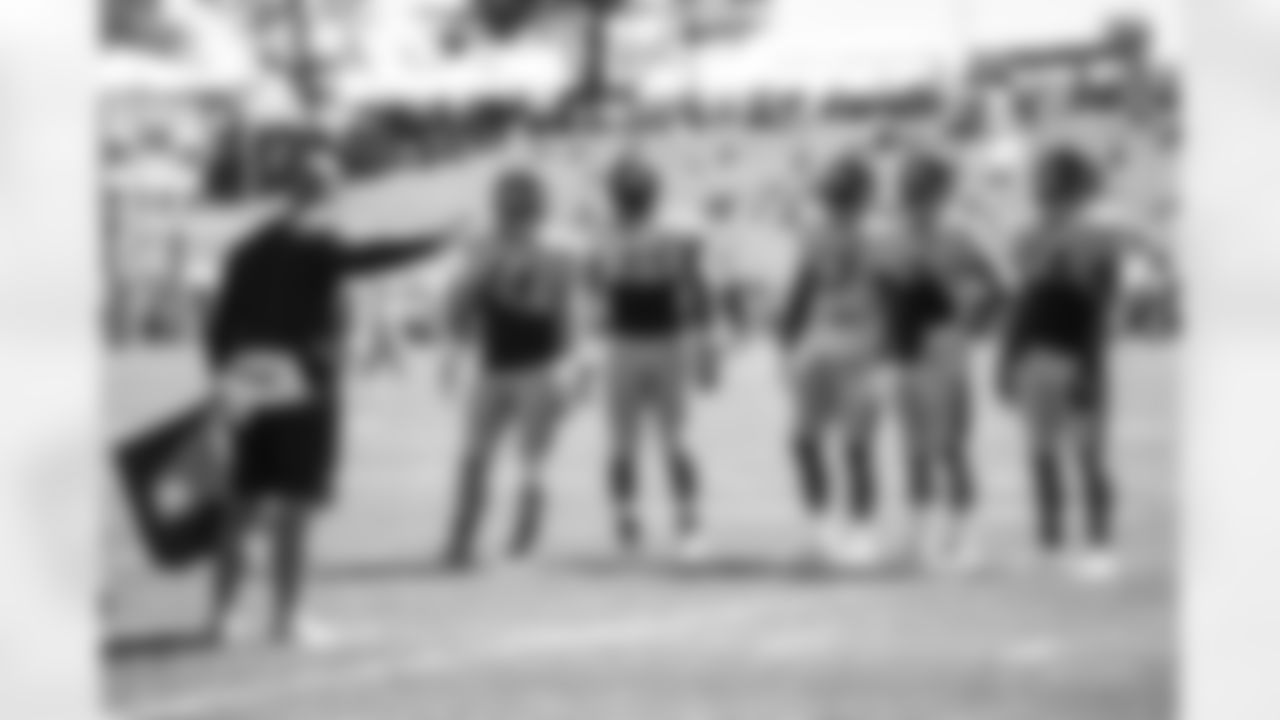

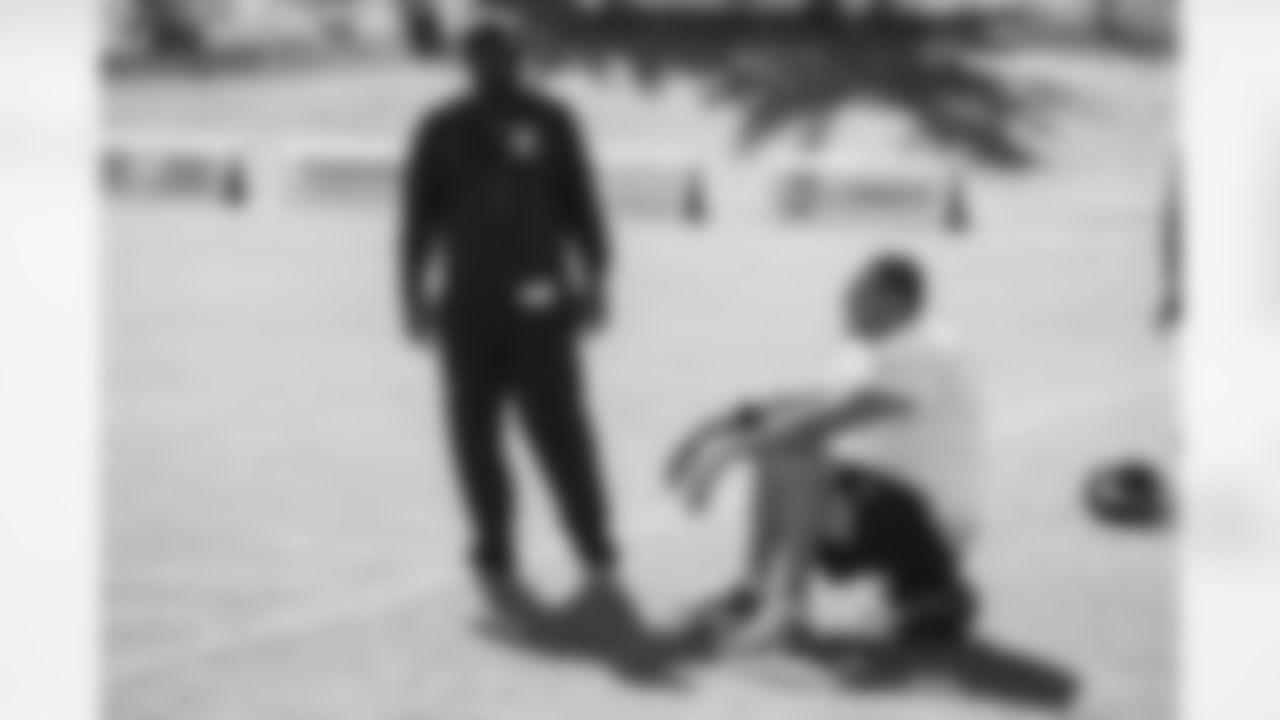

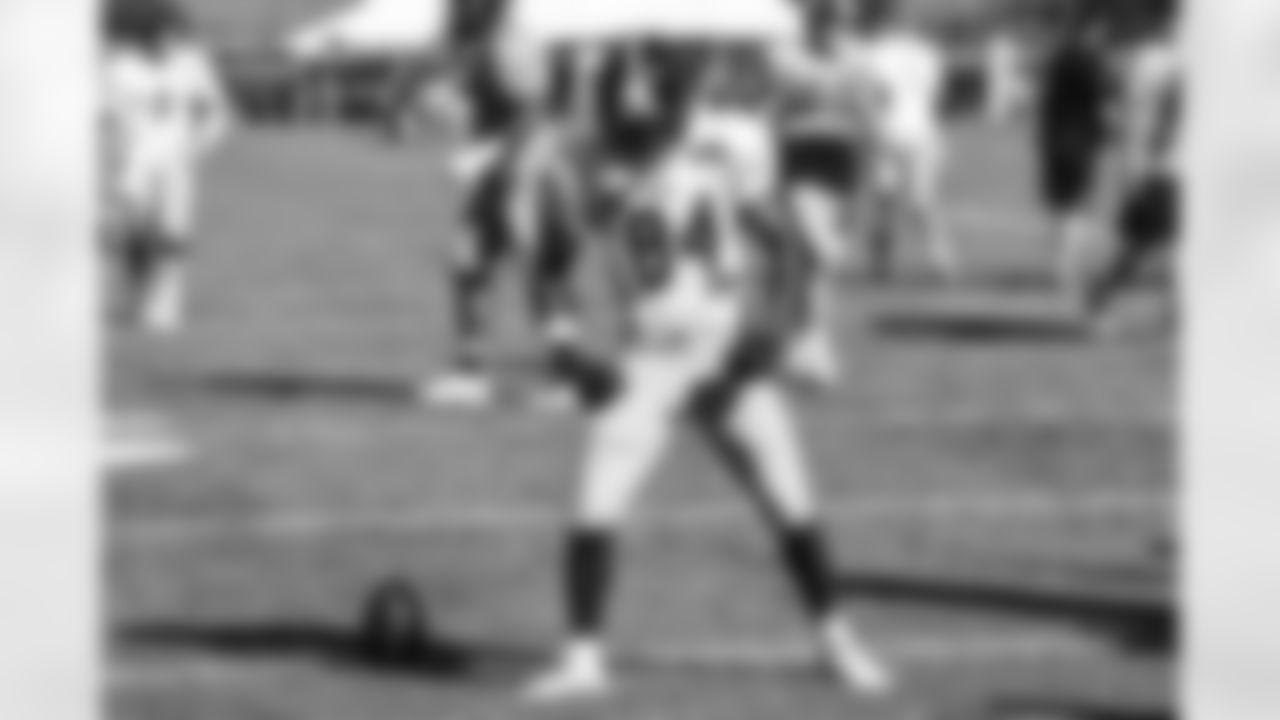
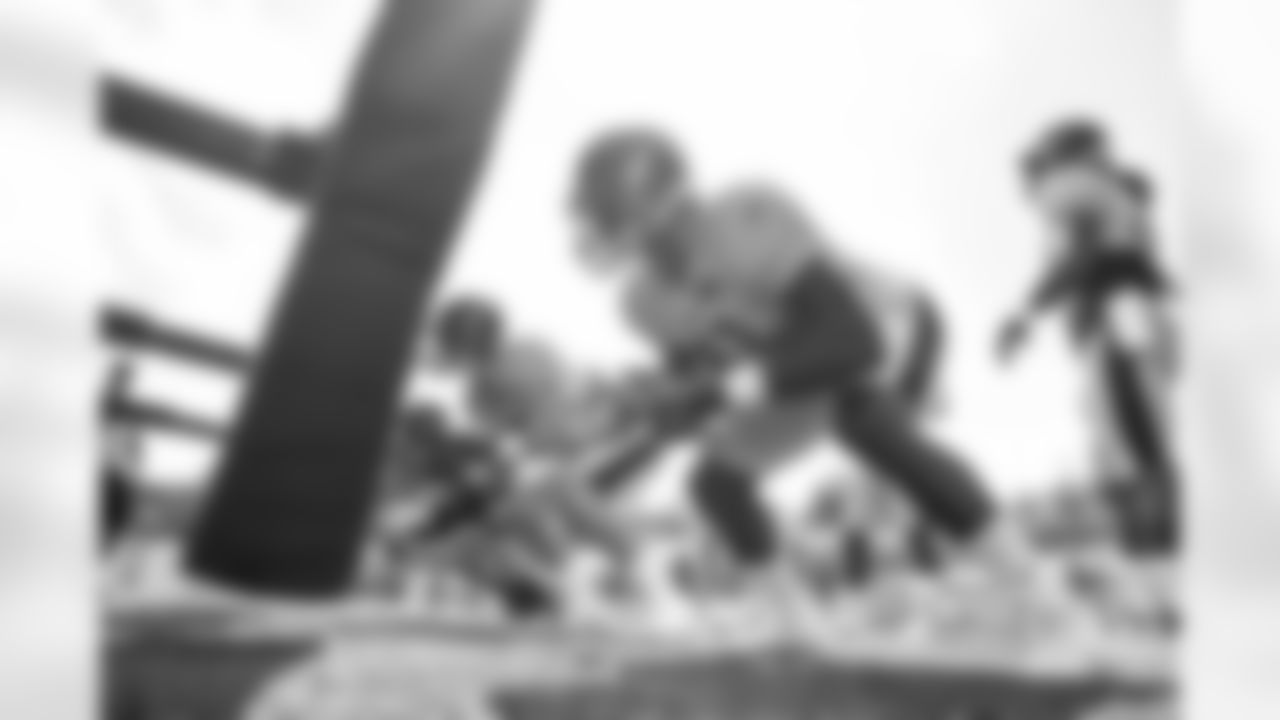
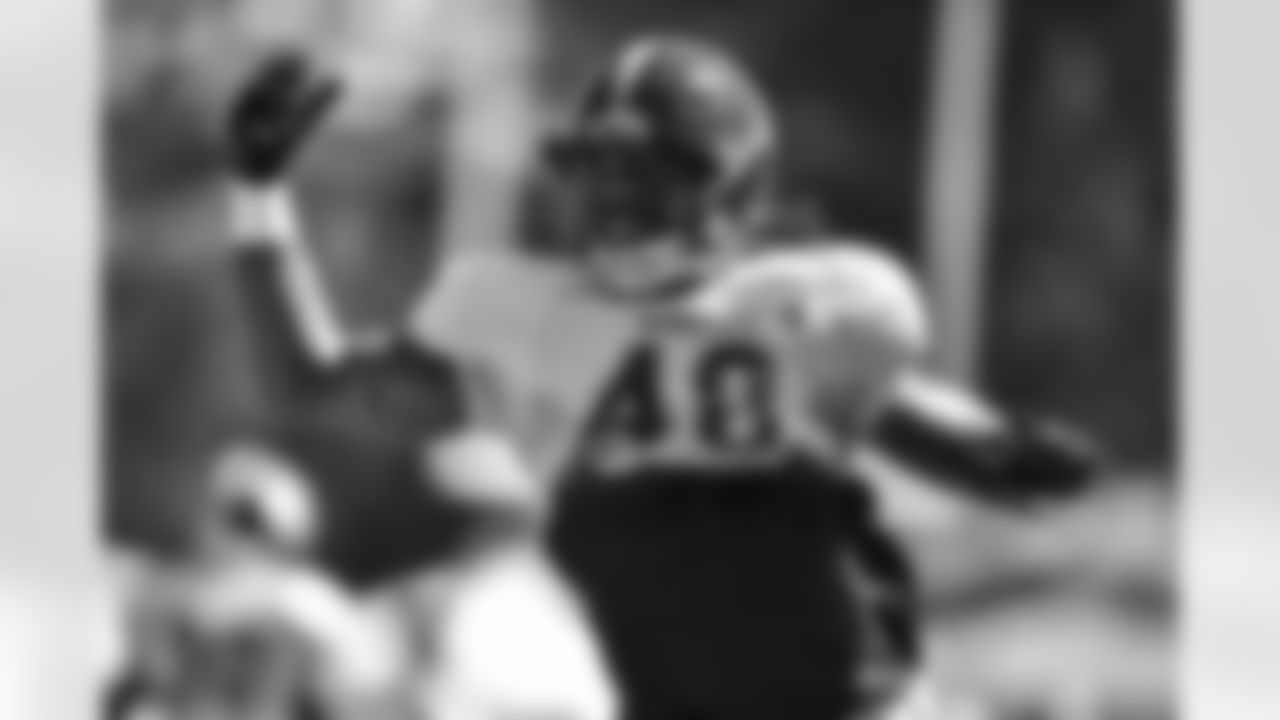
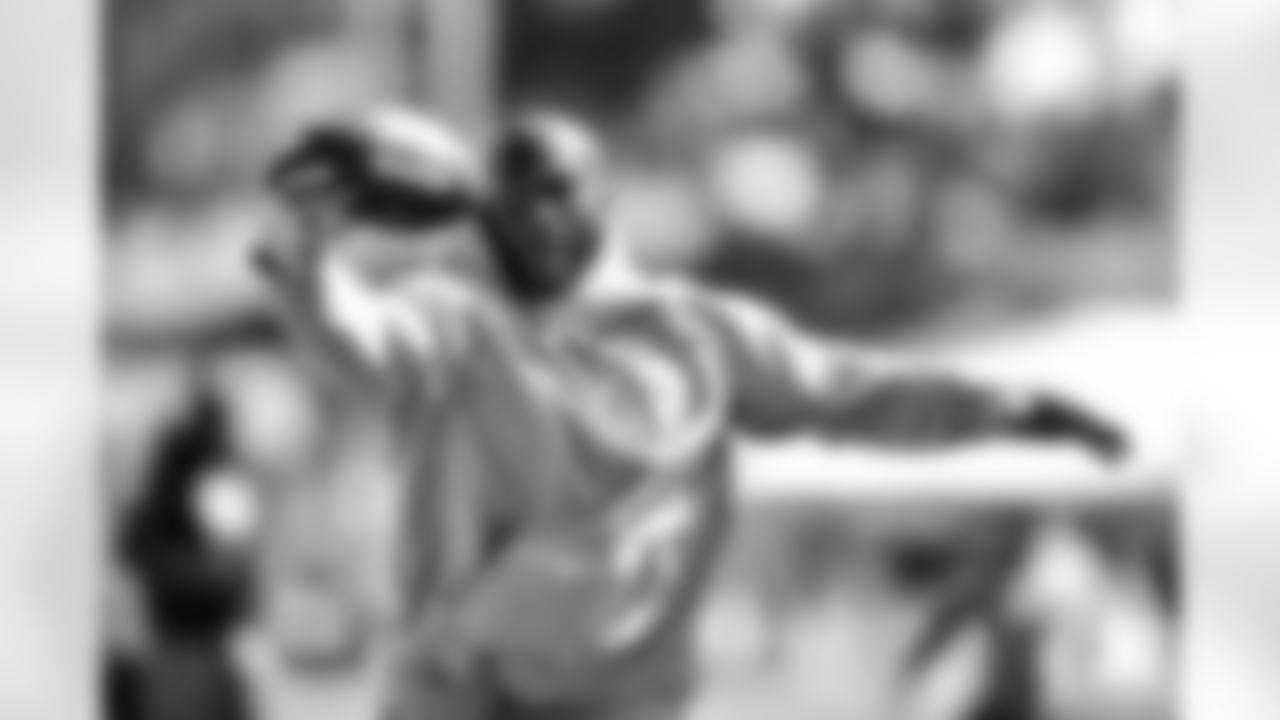
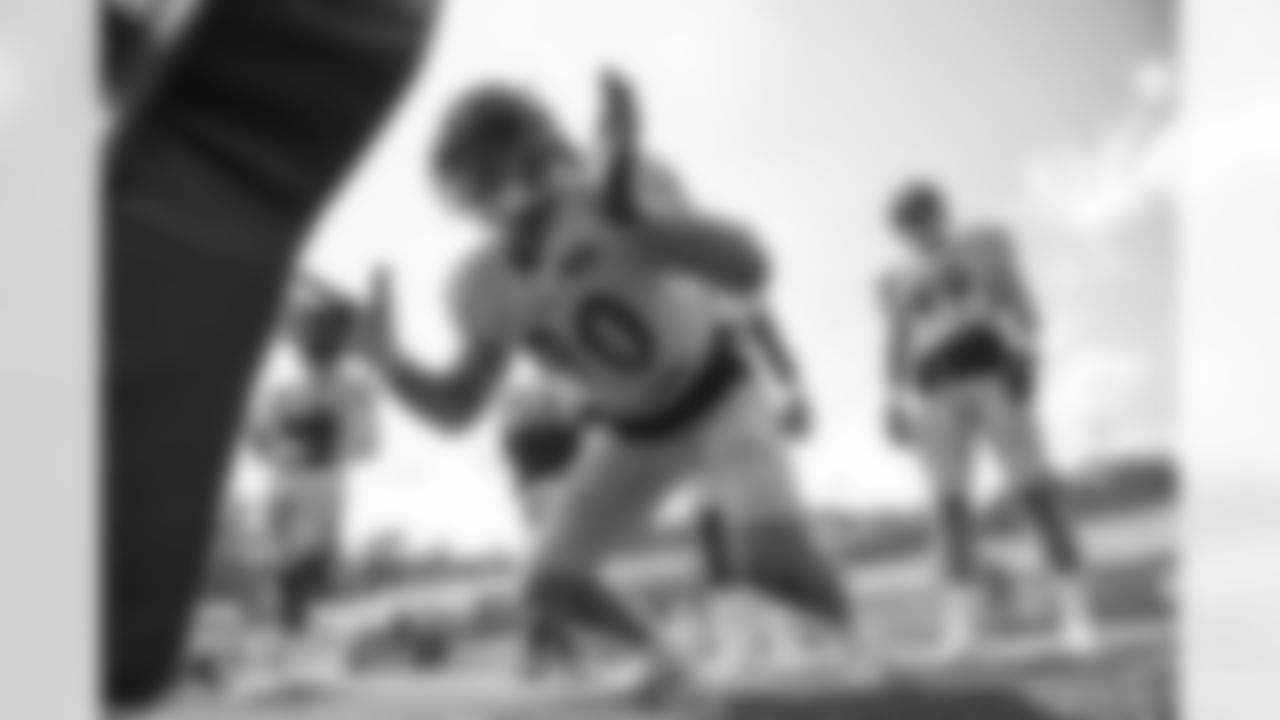
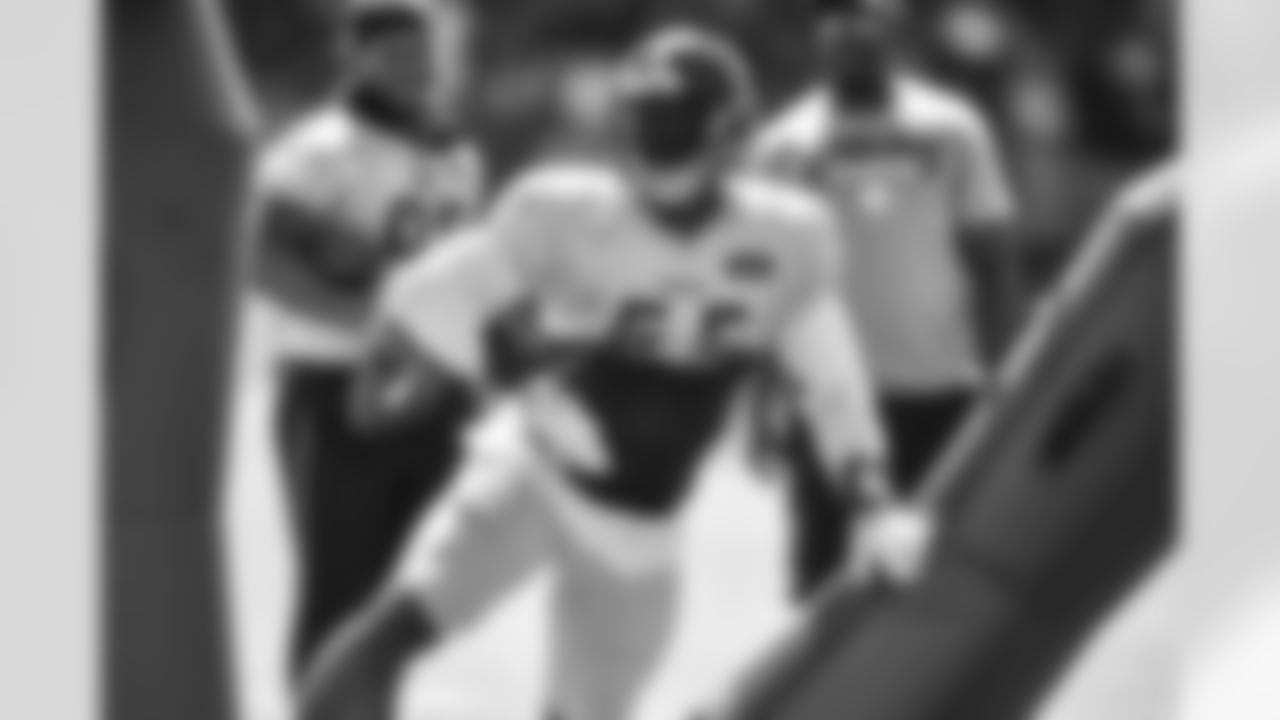





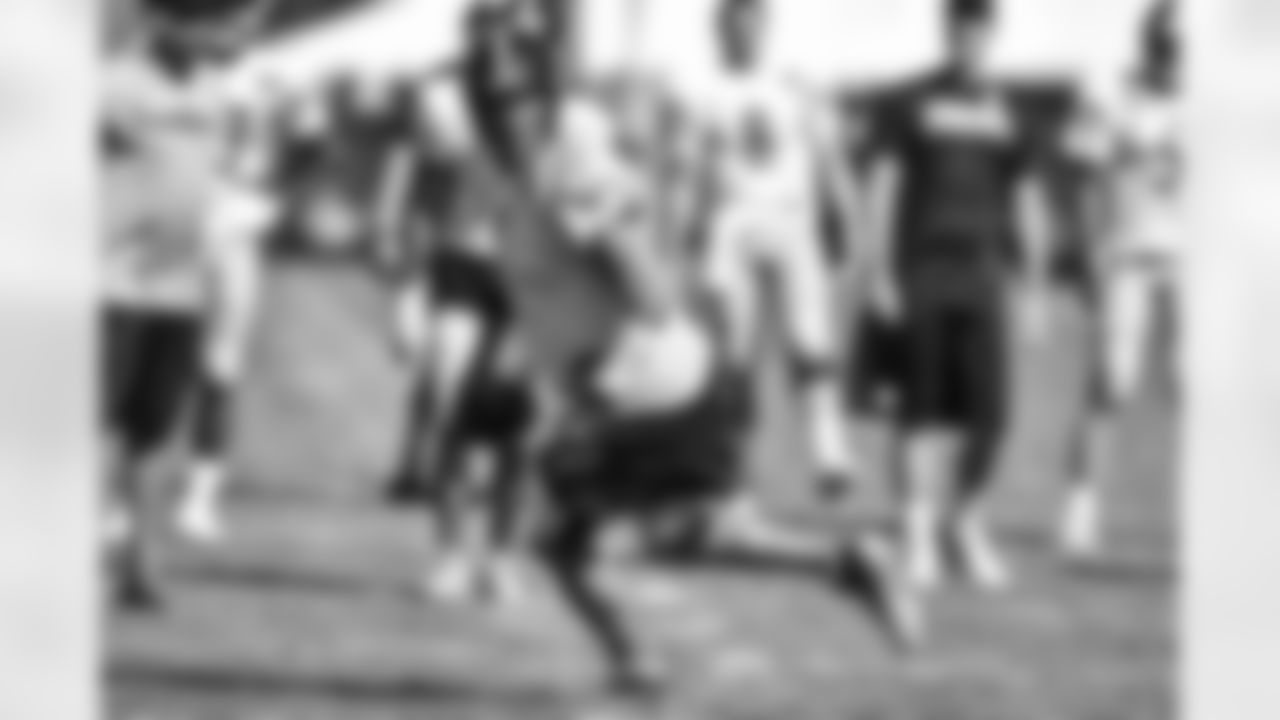

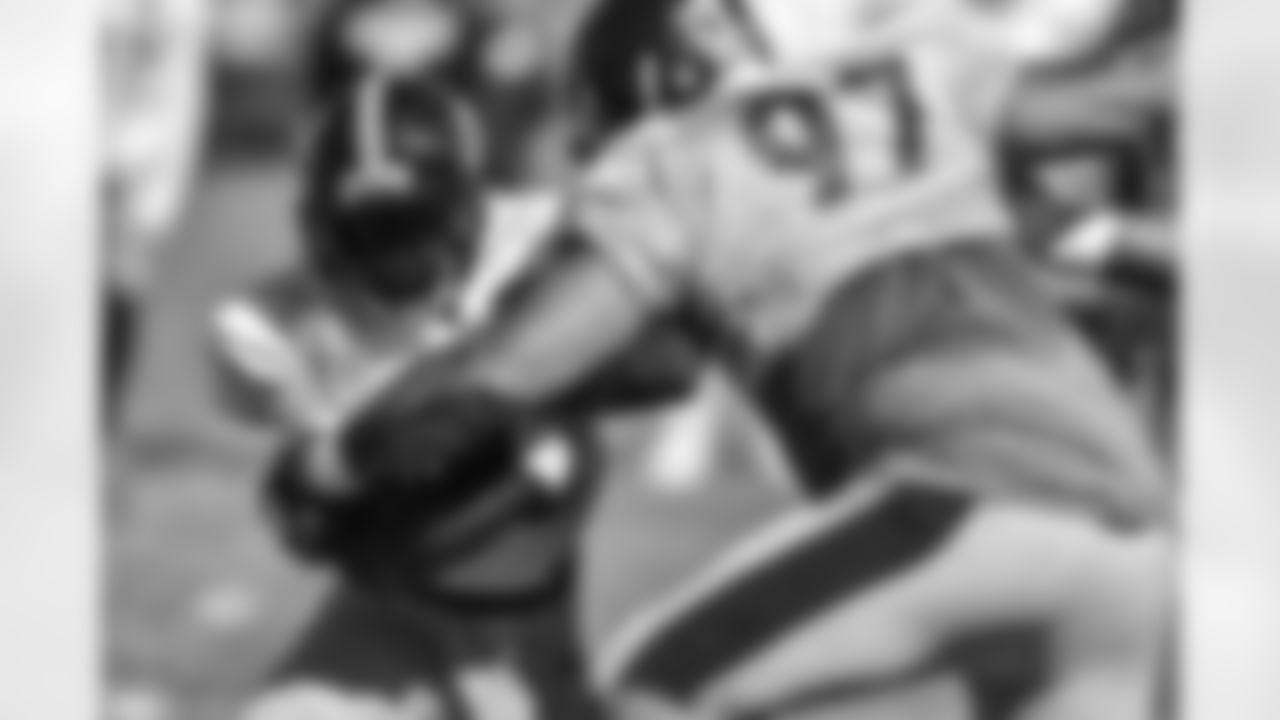
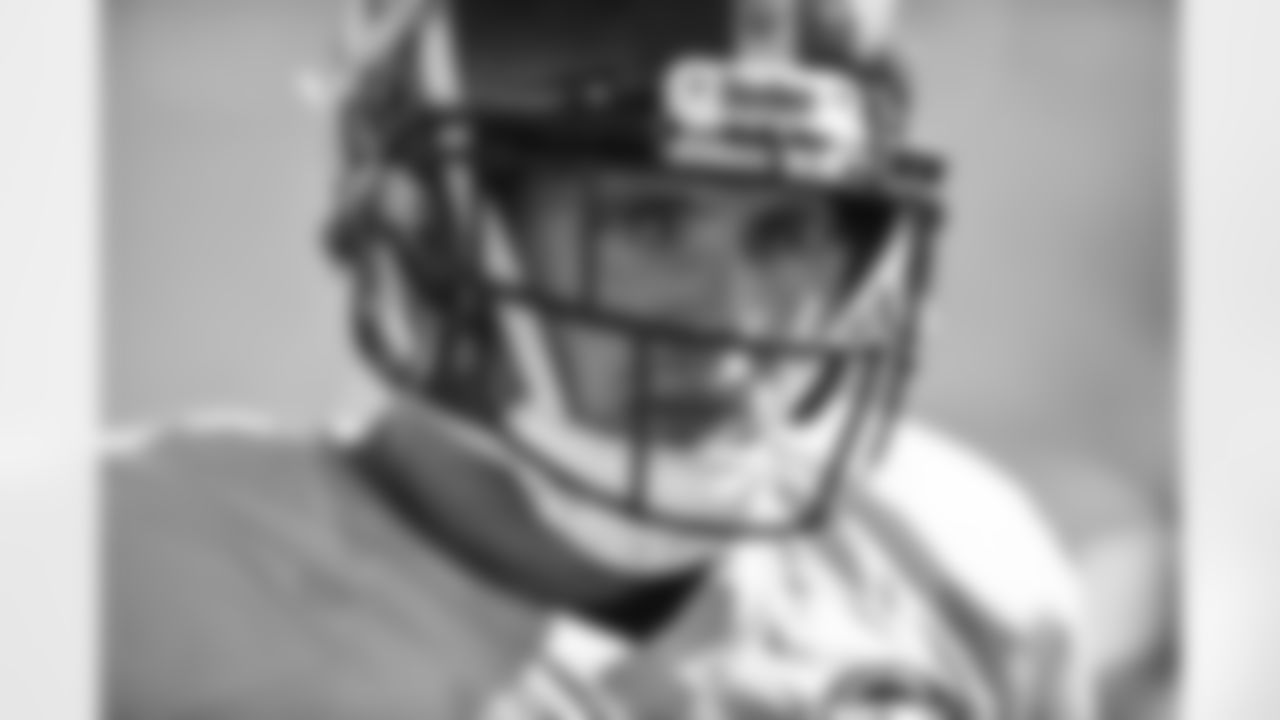

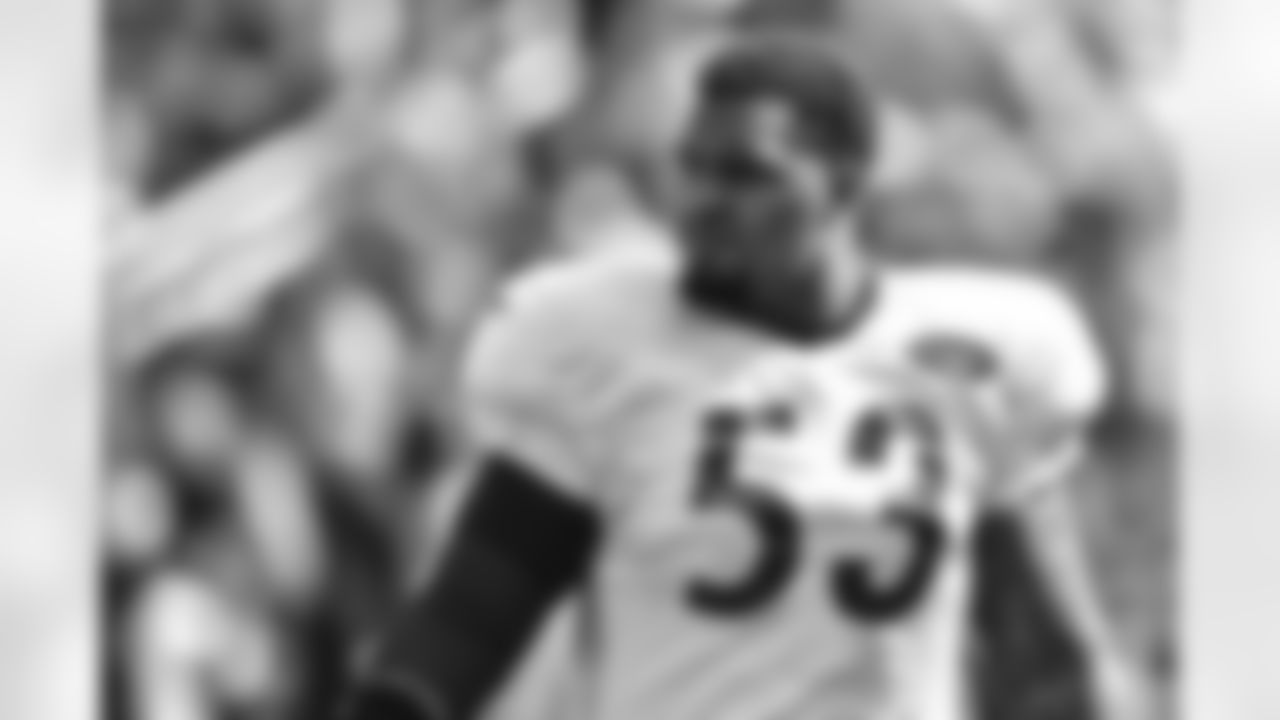

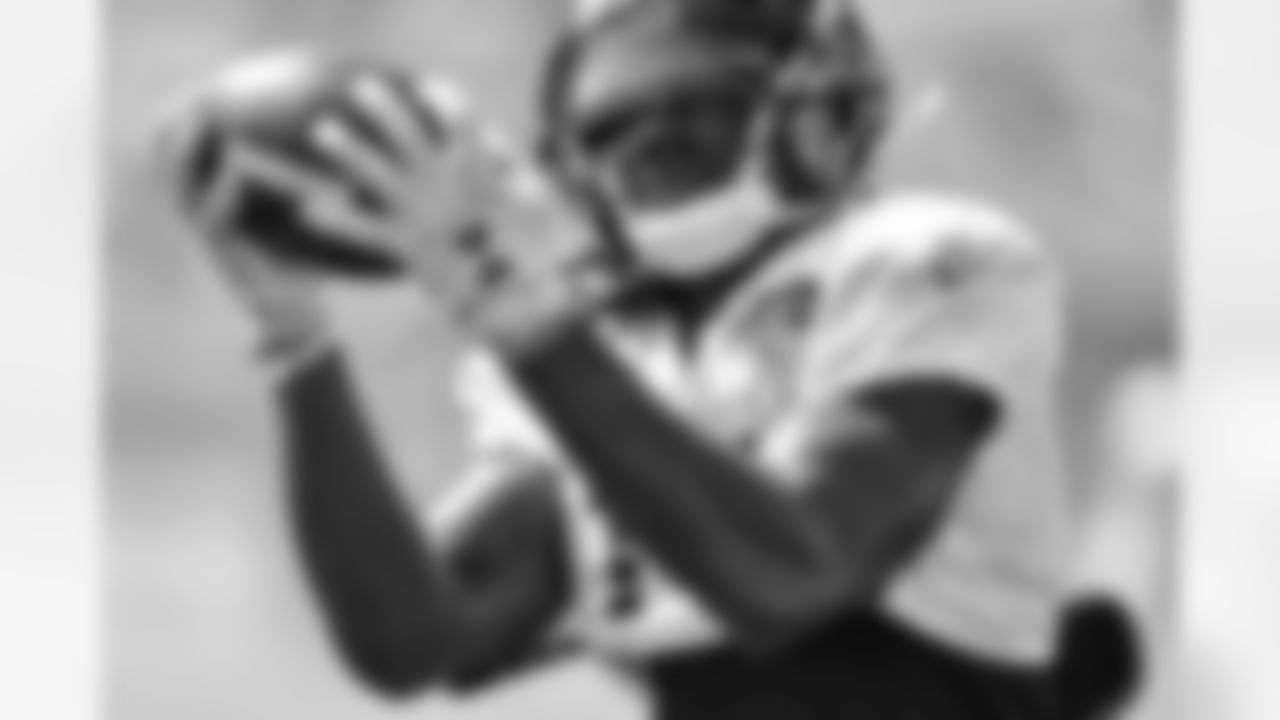

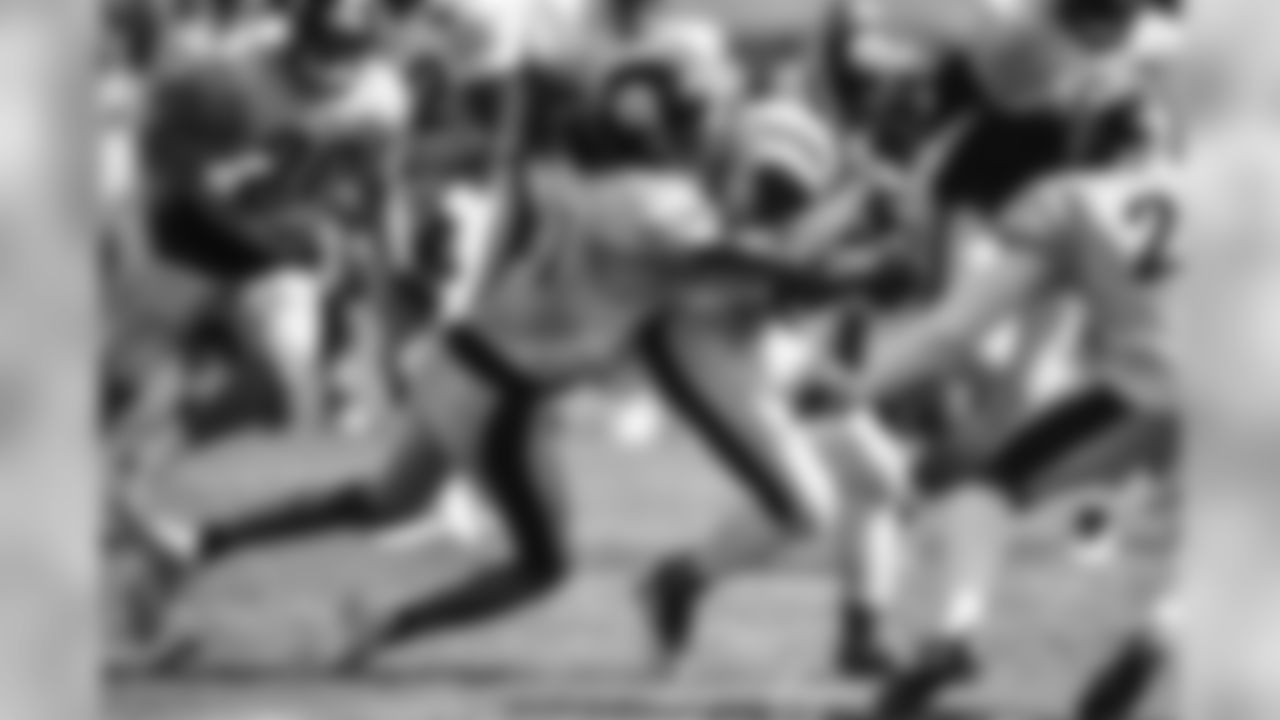
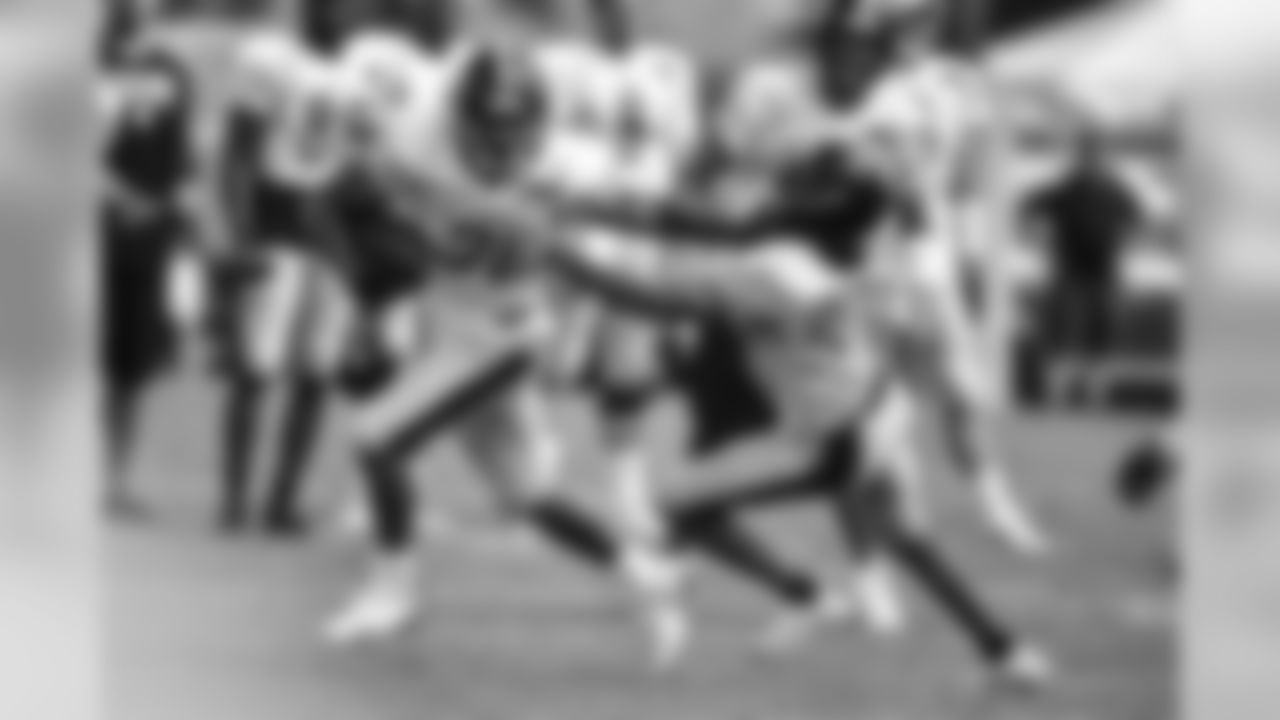
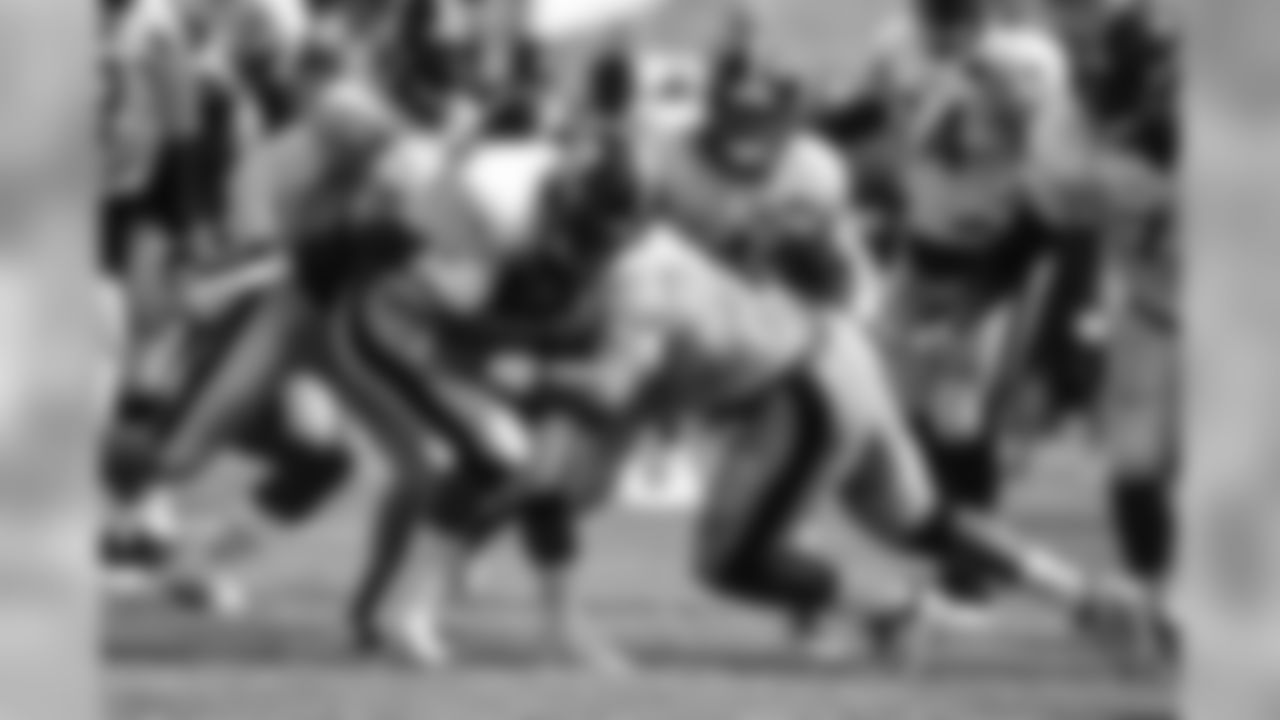


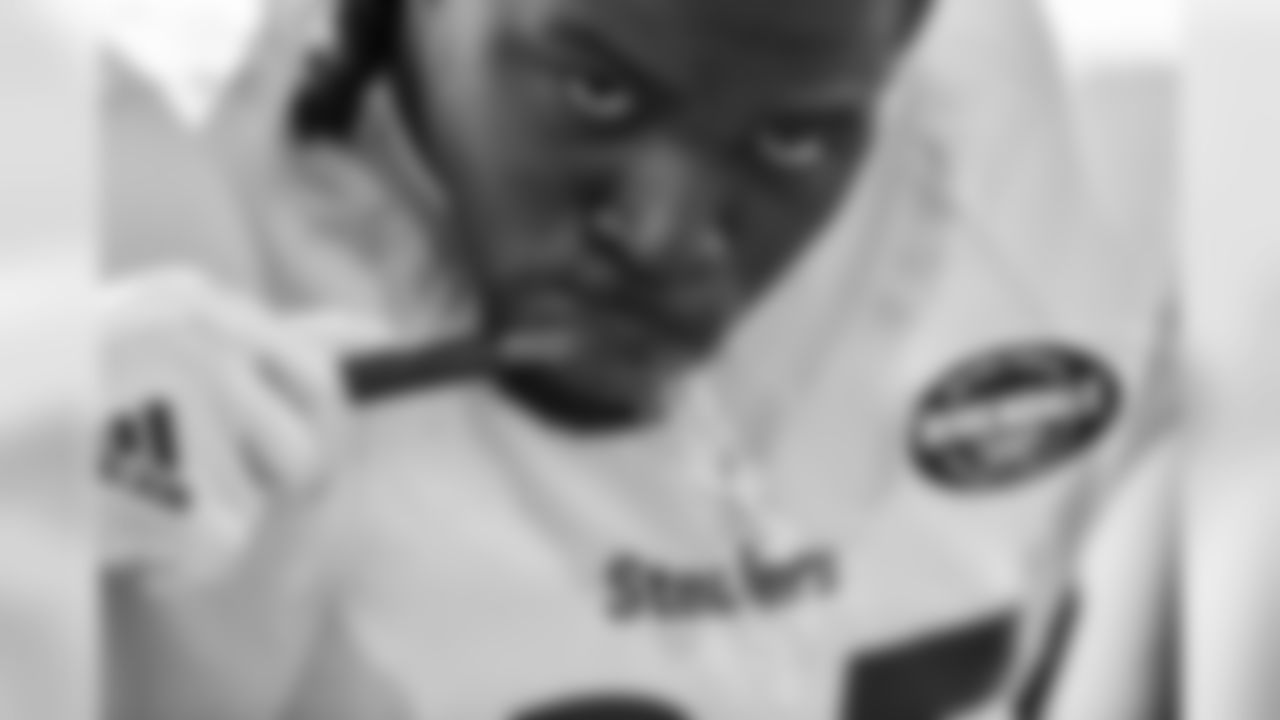

Q. After every practice at camp when you meet the media, you give a quick, general assessment of the day, and it's usually a positive one. You consistently describe the session as a good day's work. Are you always that up-beat when you address the team about it behind closed doors?**
A. Yes, I really am. At this early stage of team development, it is just that. Every time you roll the ball out, it's a good day because it's learning. Guys are putting skills on display. Guys are screwing some things up, but those are opportunities to teach and to learn, and at this stage of the journey you can't have enough of that. Every time you turn the video on, it generates an opportunity for discussion, or a rule relative to play, and things of that nature. We're just hacking away at it right now. As we get further down the road, you're able to judge the quality of the day in terms of whether or not it's a good day. But at this stage of the journey, any and all of those discussions are positive.
Q. What kind of things set you off, or make you angry, when it comes to the quality of a training camp practice?
A. Things that we have complete control over. Pre-snap penalties, I believe, can be at an absolute minimum. Center-quarterback exchanges – that's just a pet peeve of mine. We have to be able to get a play started, and largely from that perspective, we've only had two or three bad quarterback-center exchanges in camp total. So that's been good. And post-play things, non-football-related things. What happens from the snap to the whistle, I have a lot of patience for at this stage of the game. But prior to the snap and after the whistle, I think you start with zero tolerance.
Q. Certainly among the fans, playing man-to-man coverage is a hot topic. What are the qualities needed in a defensive back to be able to play man-to-man in the NFL?
A. They've got to have great top-end speed, they've got to have great short-area quickness. They've got to be able to drop their weight and move in and out of break points. Receivers have to be able to do those things, but they're doing it in a route-running-like capacity. Defensive backs have to do it in a reactionary capacity. So that quick-twitch, that ability to move and react and stay close to guys, and then ultimately having the eye-discipline at the end of plays based on positioning is a big part of it. Are they in position to potentially play the ball? Are they in position where they need to play through the hands of the potential receiver? Are they going to track the ball? Those are some decision-making things, innate things that are maybe less-coached things but things that we as coaches recognize are innate qualities in guys who can do it.
**
Q. When it comes to pass defense in the NFL, is it possible for a team to play the same type of coverage all the time, or does the quality of quarterbacks demand that you mix it up?**
A. It's possible to have a staple, and most good units do. But I do think you have to be multiple. If you're not multiple, people can predict what you're in and then they can build a plan to attack it. And that makes you increasingly vulnerable. All good units have a staple, but they have things that work off their staple and balance their staple in a way that a Major League starting pitcher has a couple of pitches that keep the hitters off his real stuff.
Q. Rotating players within a unit in an attempt to try to keep guys fresh – defensive linemen, outside linebackers, whatever – how is that process decided upon and then executed in-game?
A. It's not done by cookie-cutter, because there are several variables in it. Some of the chief variables are the guys available to us and their skill-set and what they're capable of doing. Then ultimately, it's the level of conditioning of the men who are in the discussion. The level of the conditioning of the men in the discussion is the chief element among those. We have some uniquely conditioned big guys on our defensive line, guys such as Cam Heyward and Stephon Tuitt have absorbed a lot of snaps over the years, but they're uniquely conditioned for big people. That's an element of the discussion as well.
Q. Do you delegate that decision on when to rotate players to the respective position coach, or is that your call?
A. It's something I make the call on, but it's something that's done in open discussion. None of these decisions are done in a vacuum. It's done over time and in a manner that we all know and understand based on what we're looking at.
Q. If a player is healthy enough to play but he doesn't get into this game against the Falcons, does that say something about his chances?
A. It does. Healthy scratches are never a good thing. I don't care what level or what sport. Guys want to participate, and we want to give guys an opportunity to play, but if by some means that does not happen usually that doesn't bode well for that person in particular.
Q. When it comes to in-game decisions, what are not willing to do in the pursuit of winning a preseason game?
A. Generally, I'm not willing to put someone back in the game that I've taken out of the game. I have done it in the past, but only due to injury of the people who are available. When someone is out of the game, they're out of the game.
Q. Anything else, maybe in terms of strategy or showing something to a future regular season opponent?
A. I'm willing to play football. I don't necessarily make decisions in terms of hiding something. I have the spirit or the mentality of what our guys can execute. Sometimes you teeter on the brink of calling something you know might be questionably executed in pursuit of victory. Those are usually more along the lines of discussion or thoughts than hiding something at this point in the journey.














